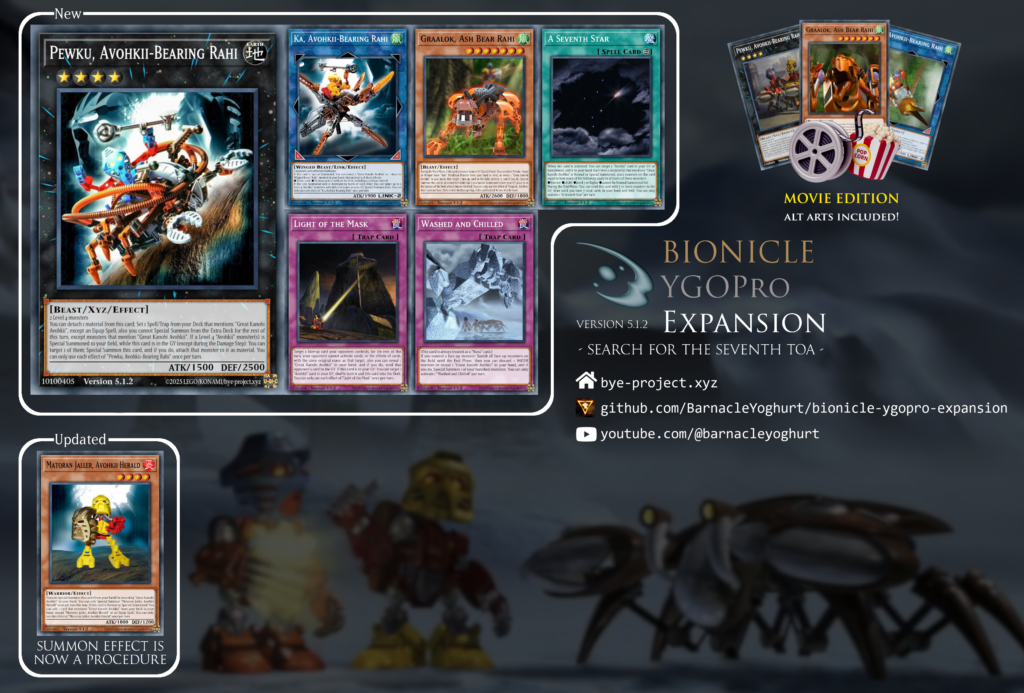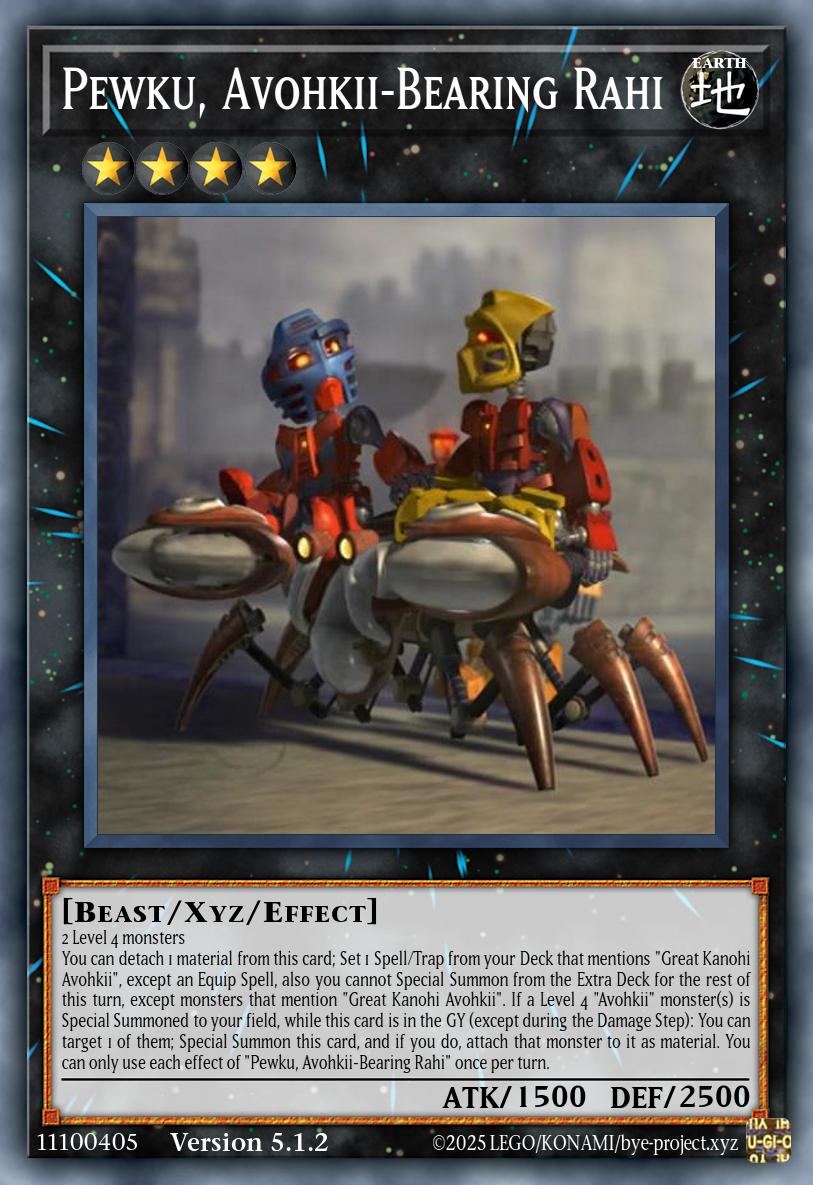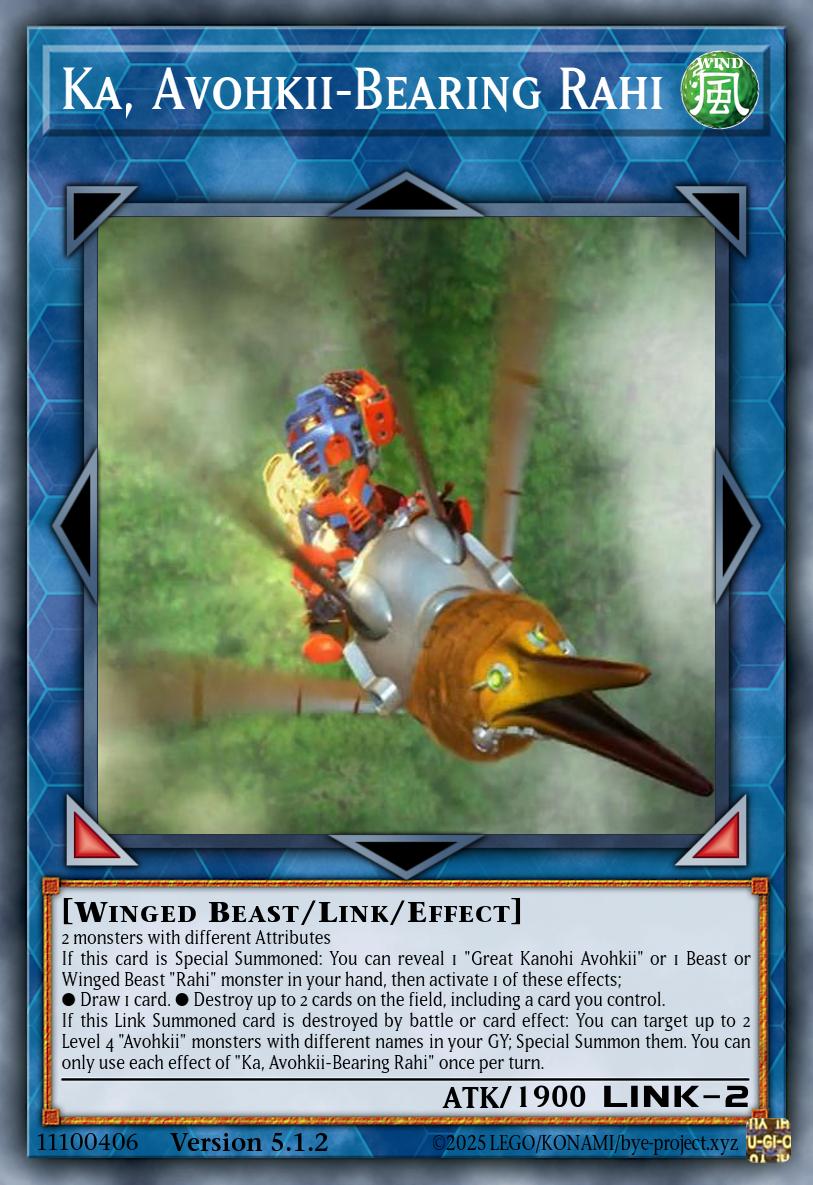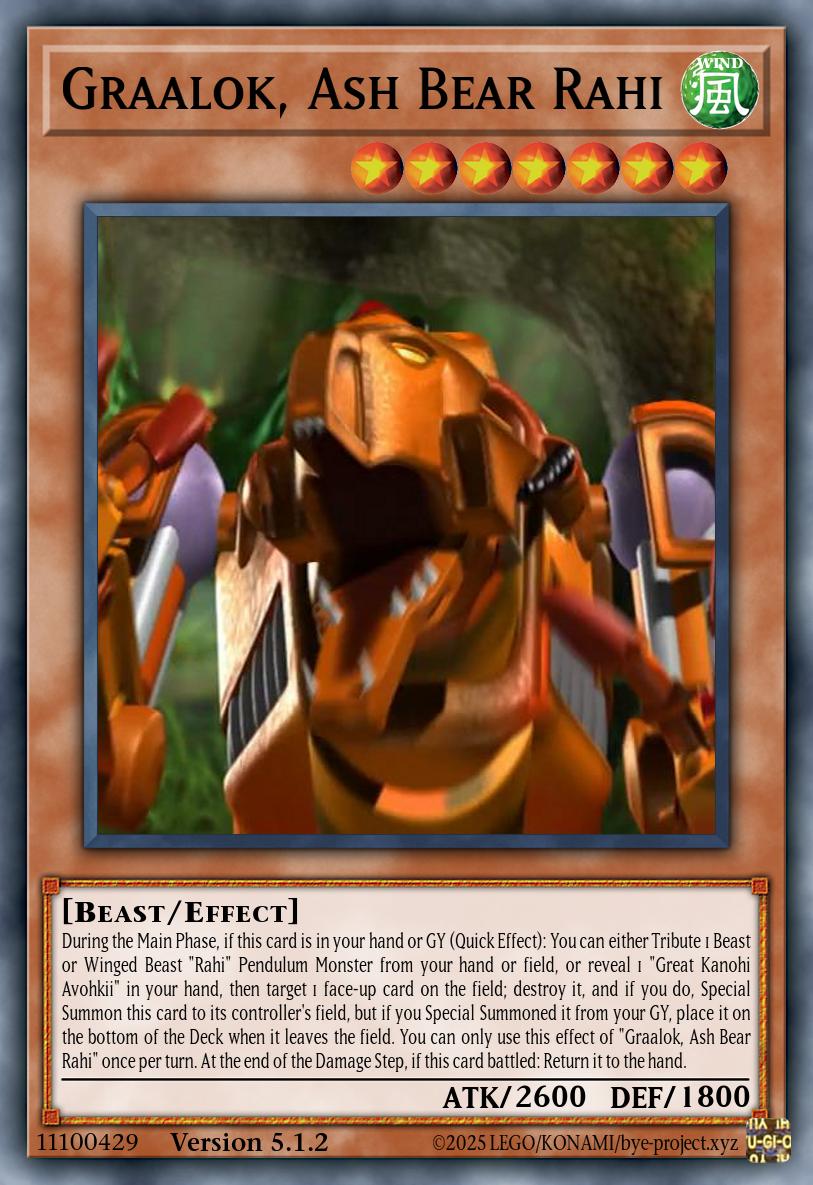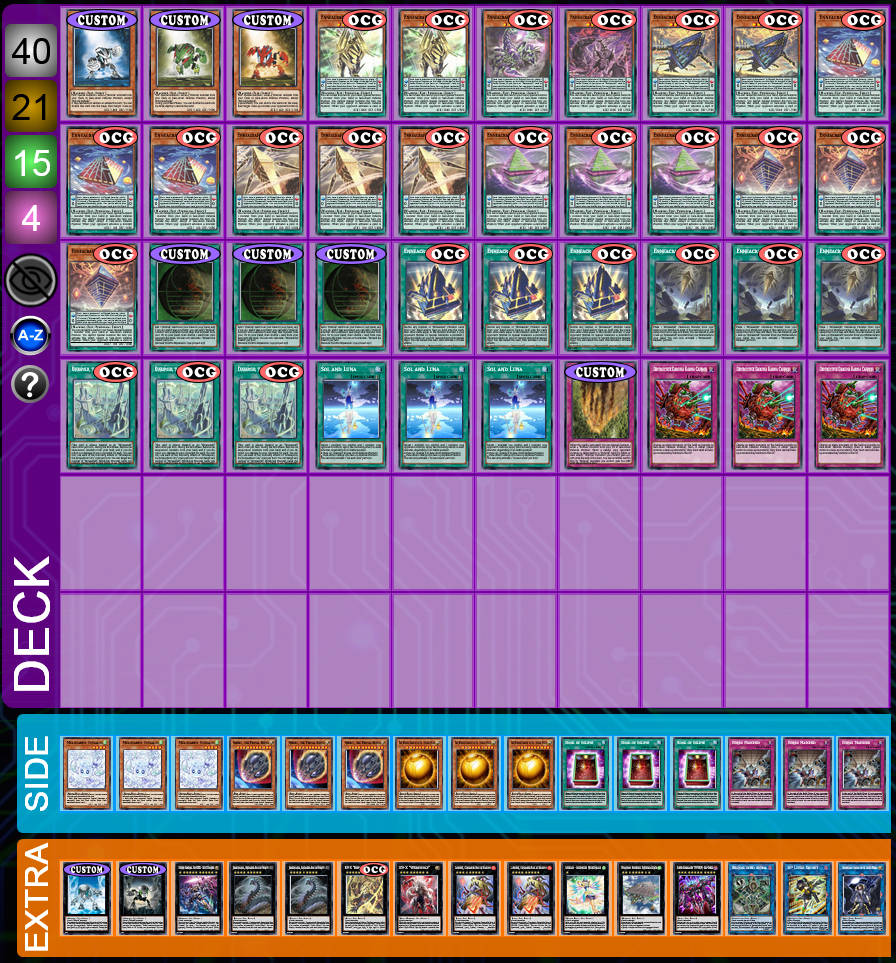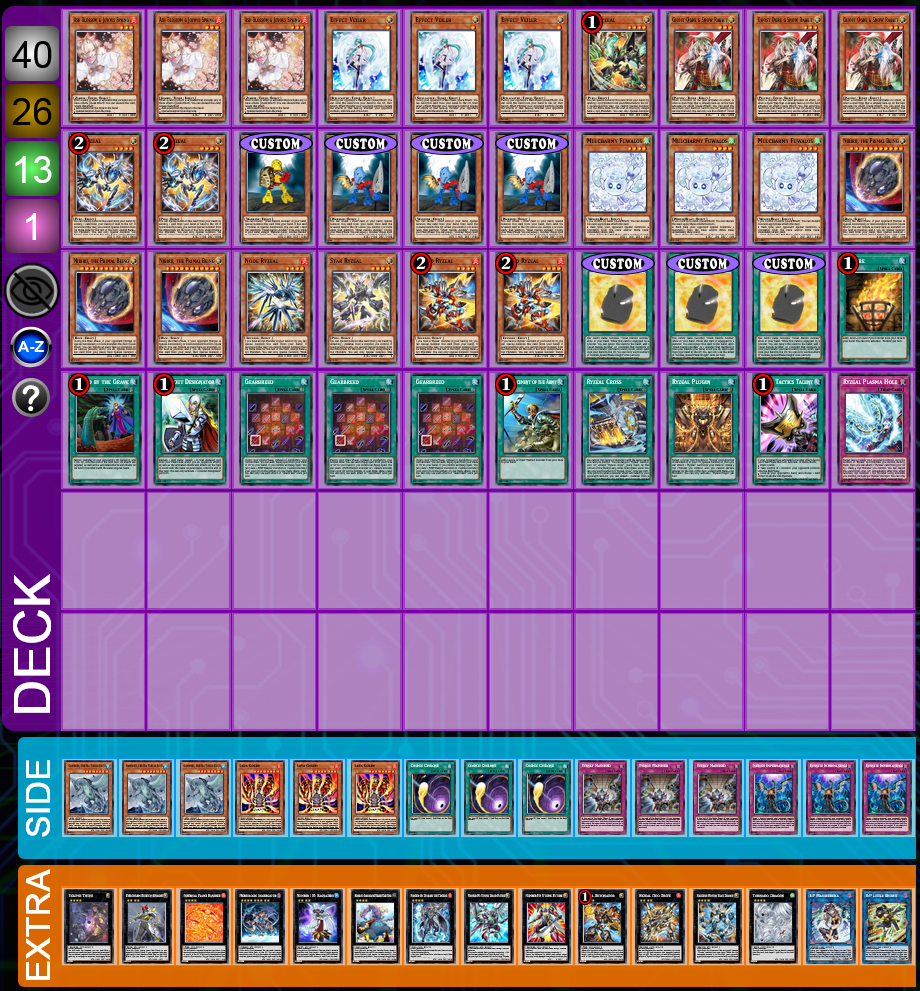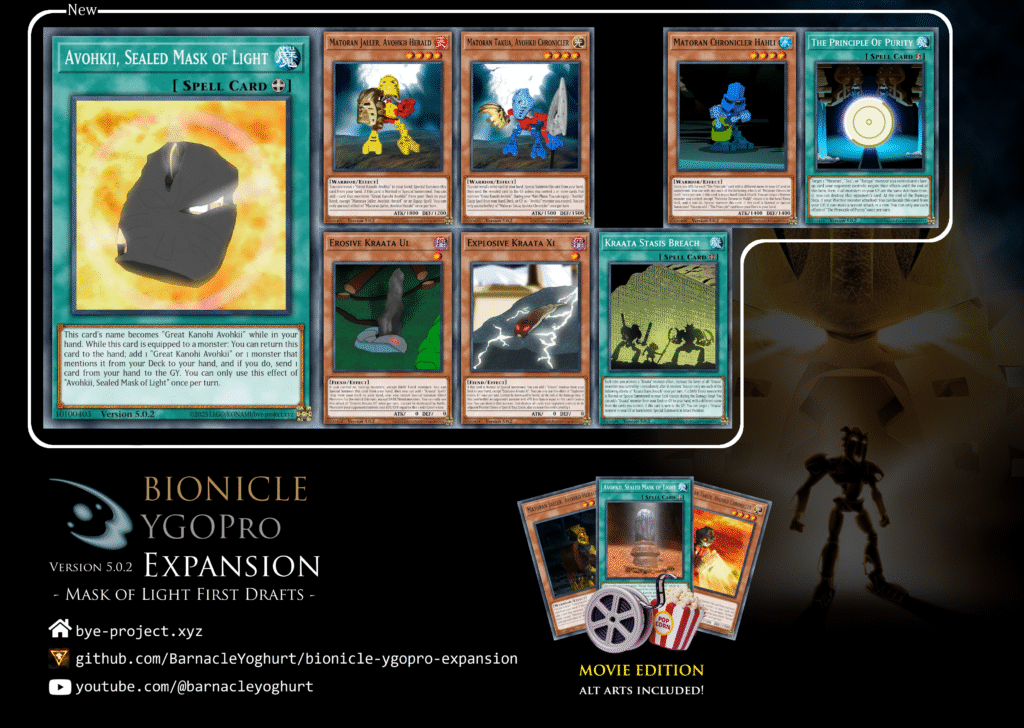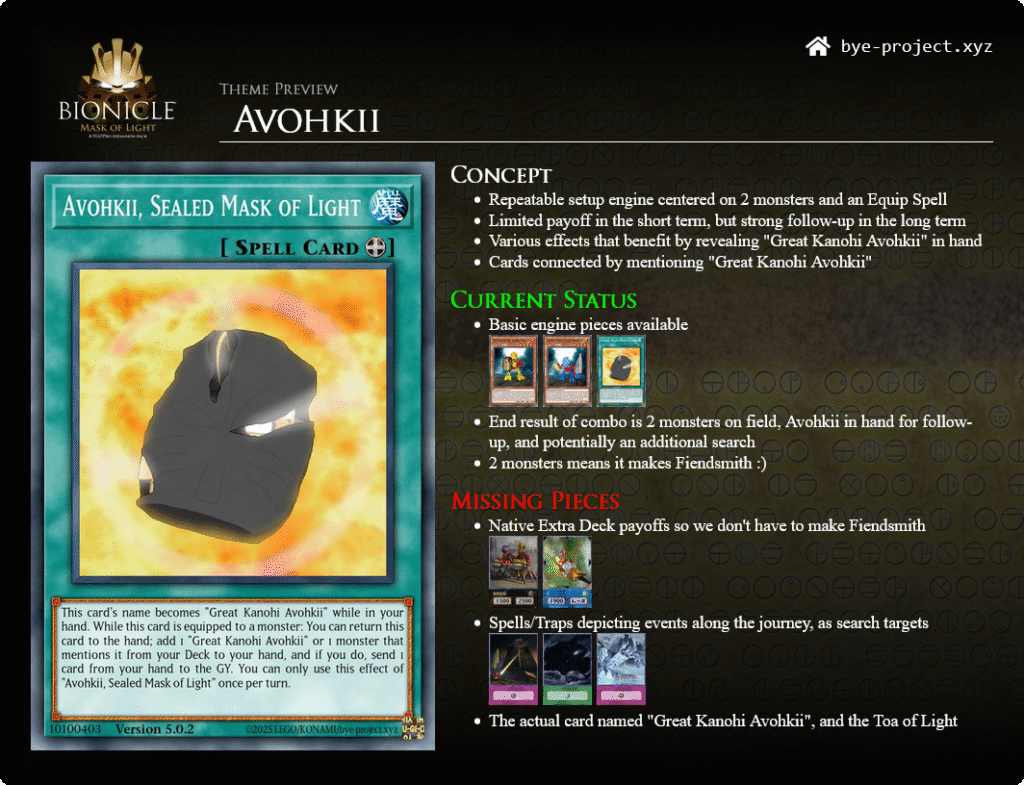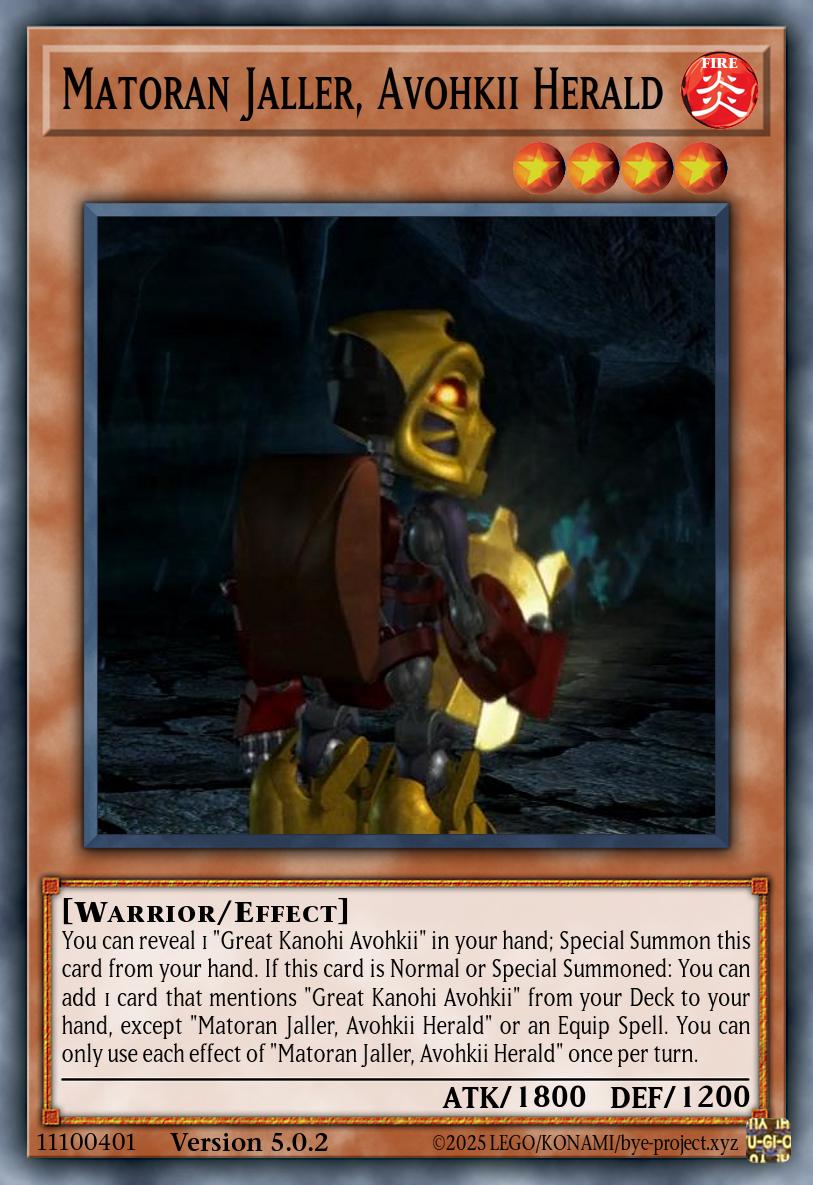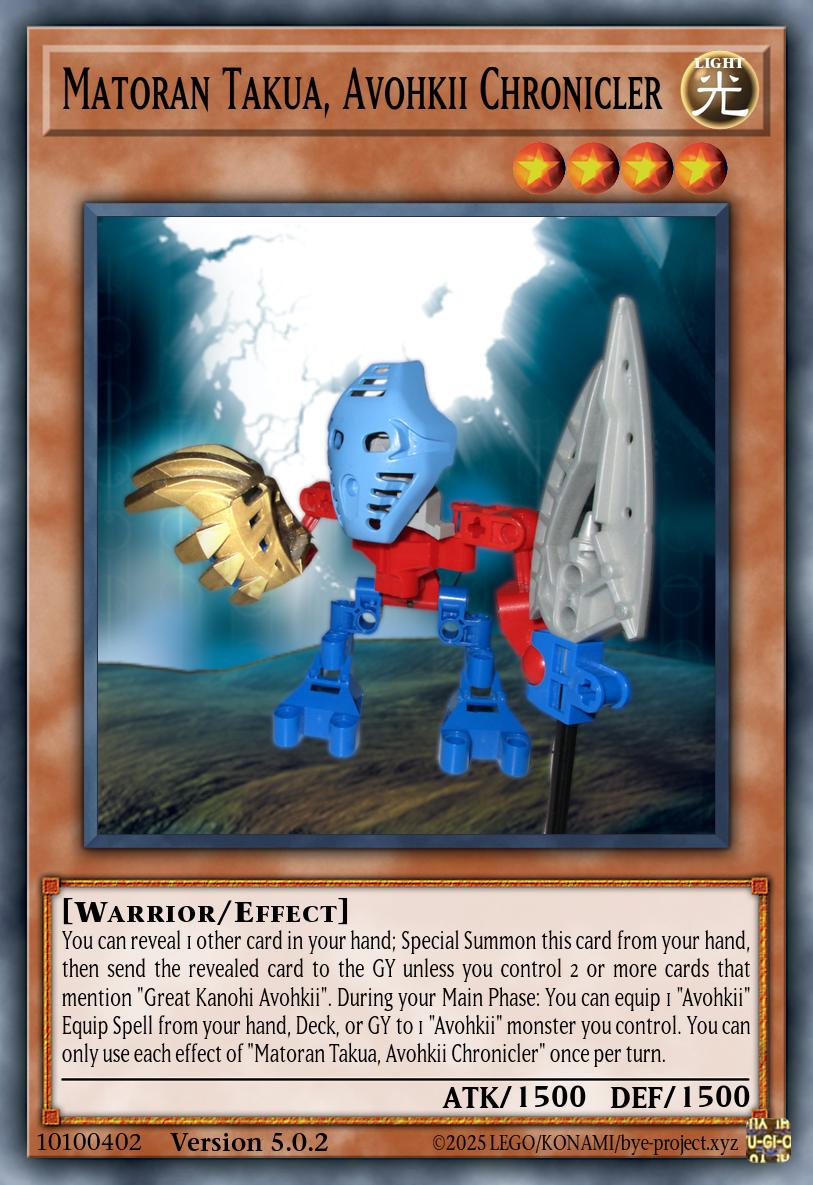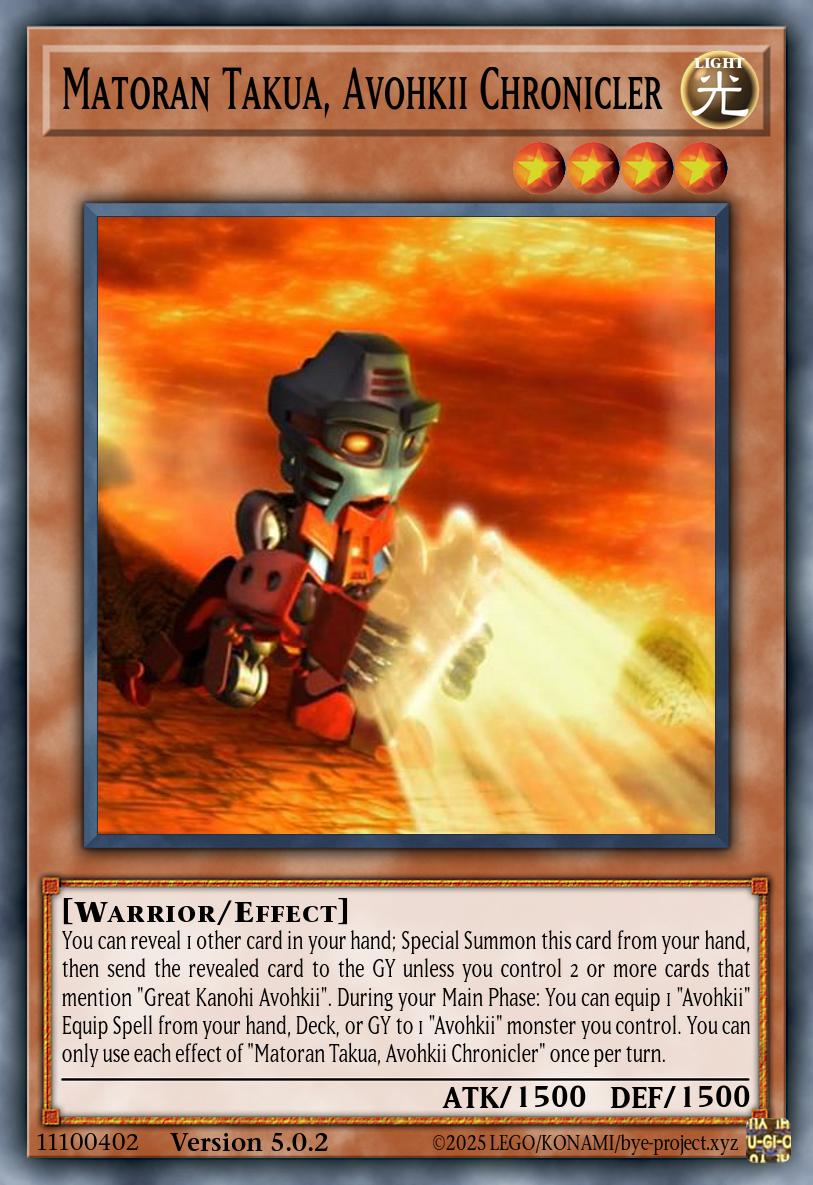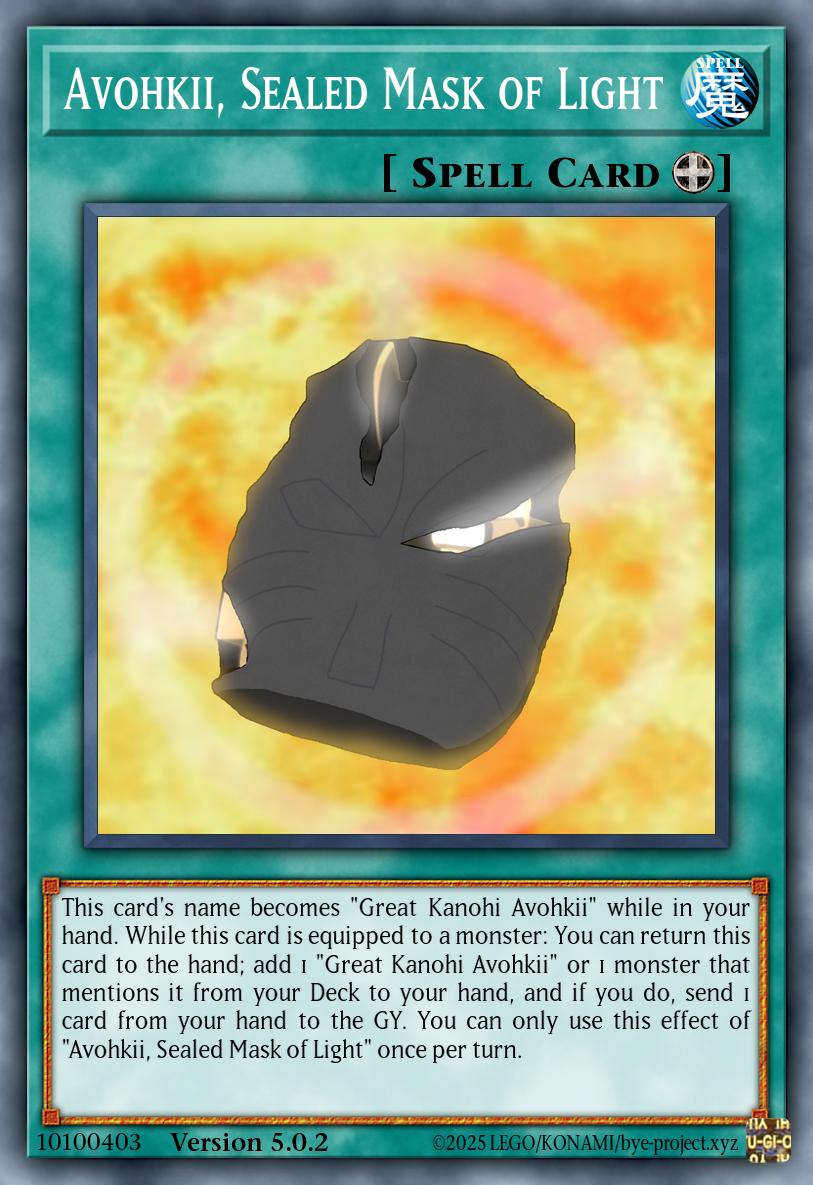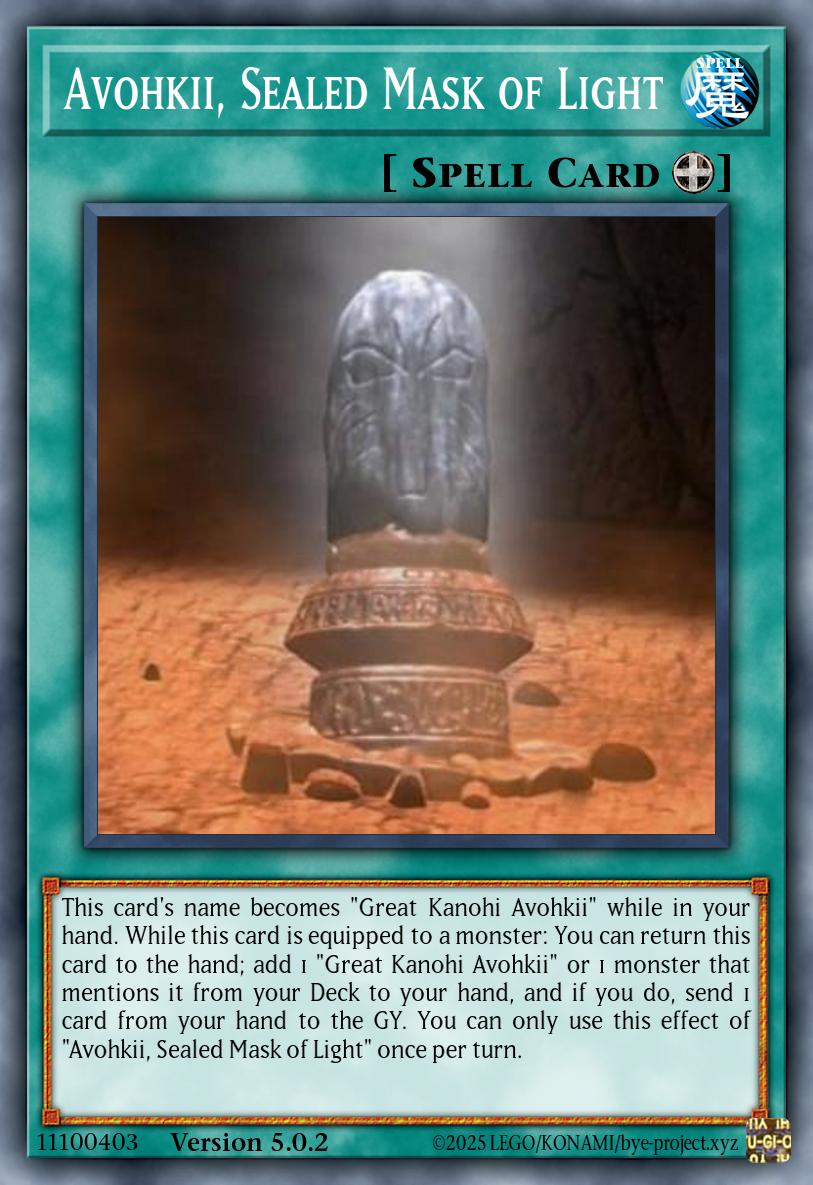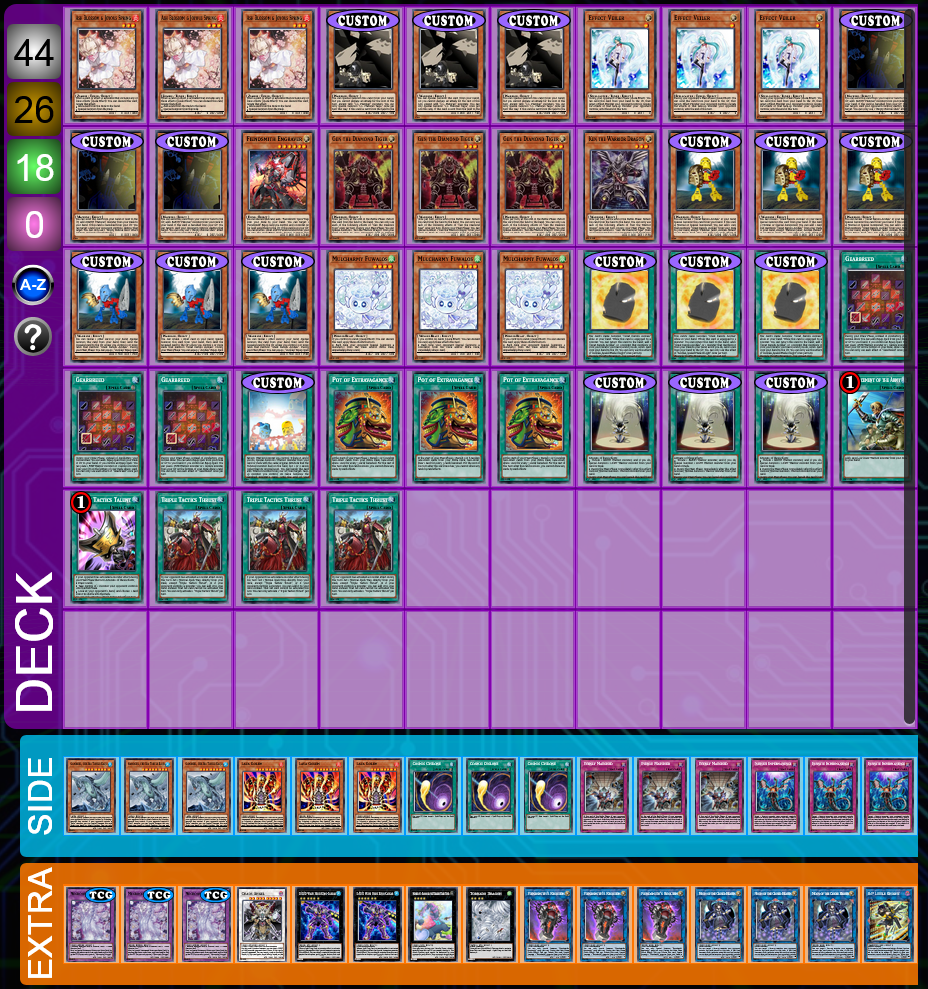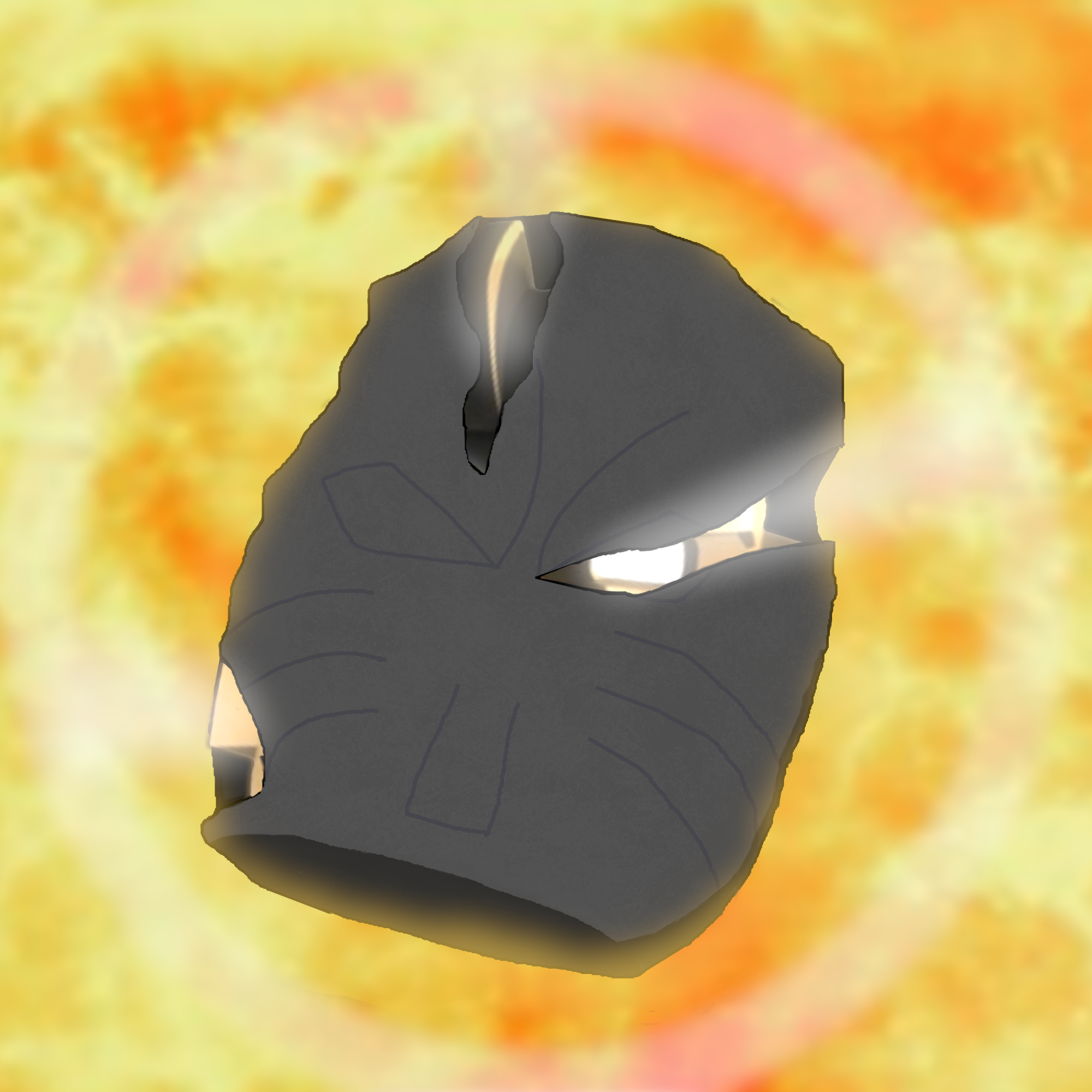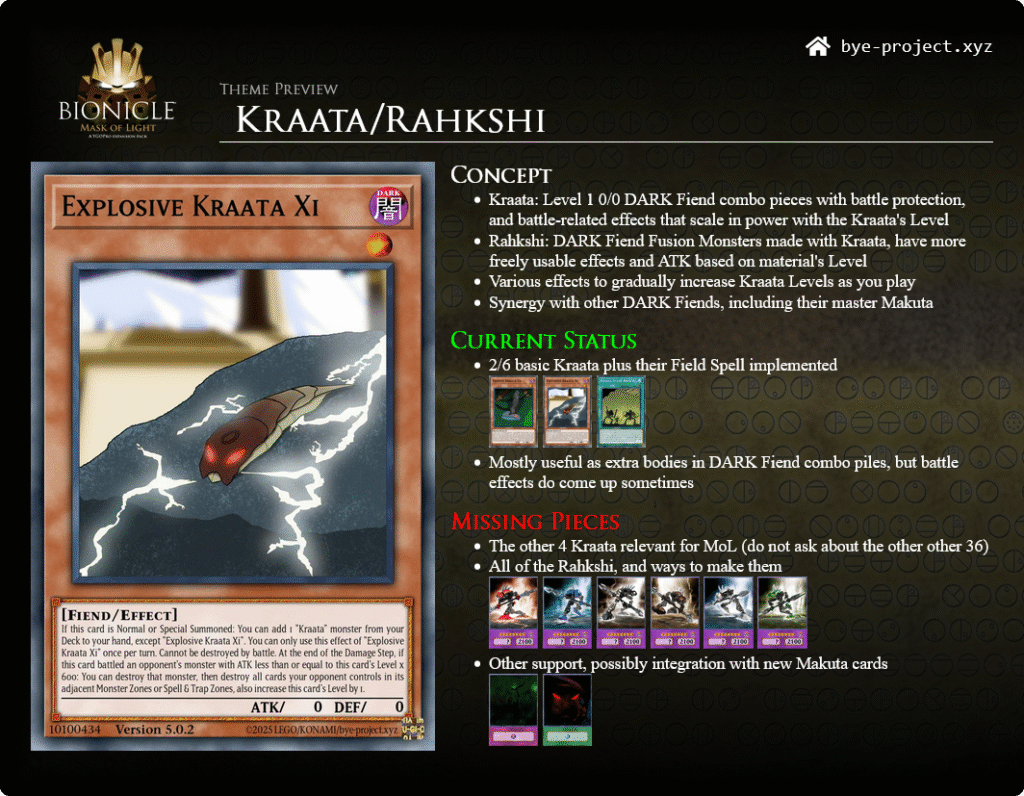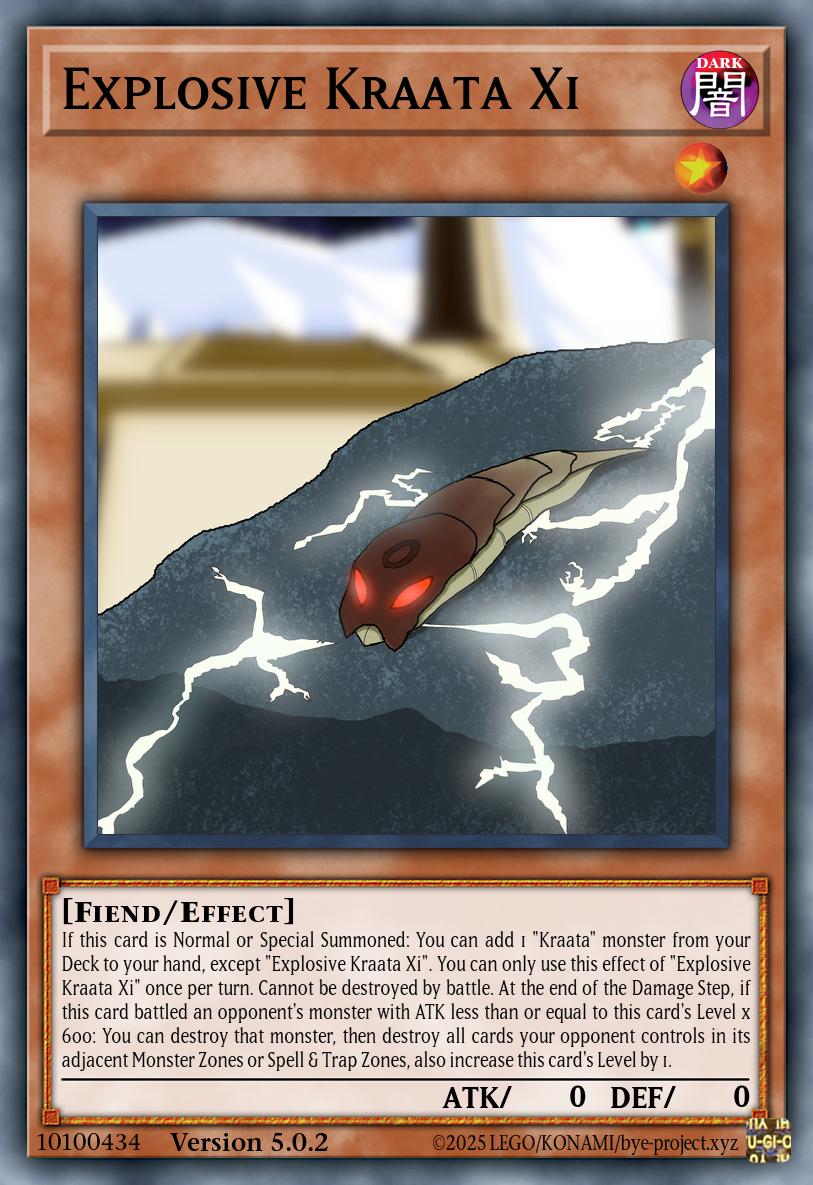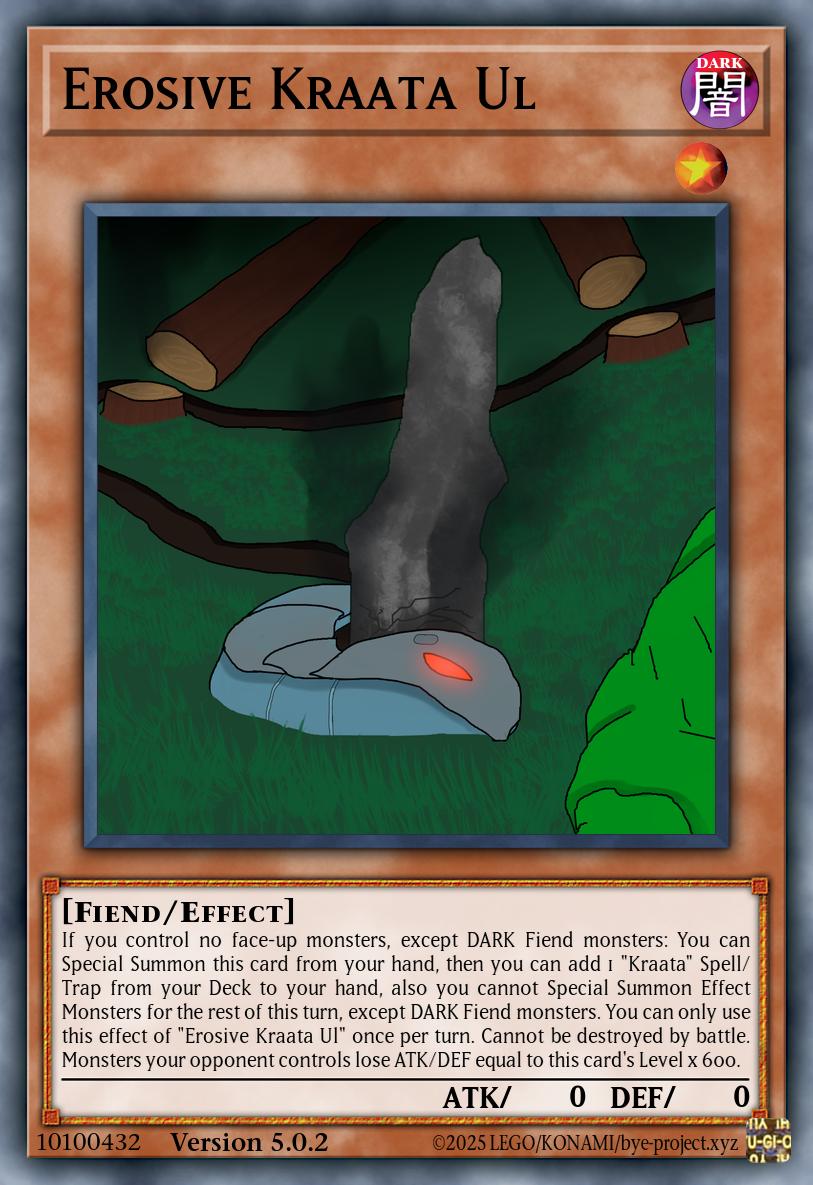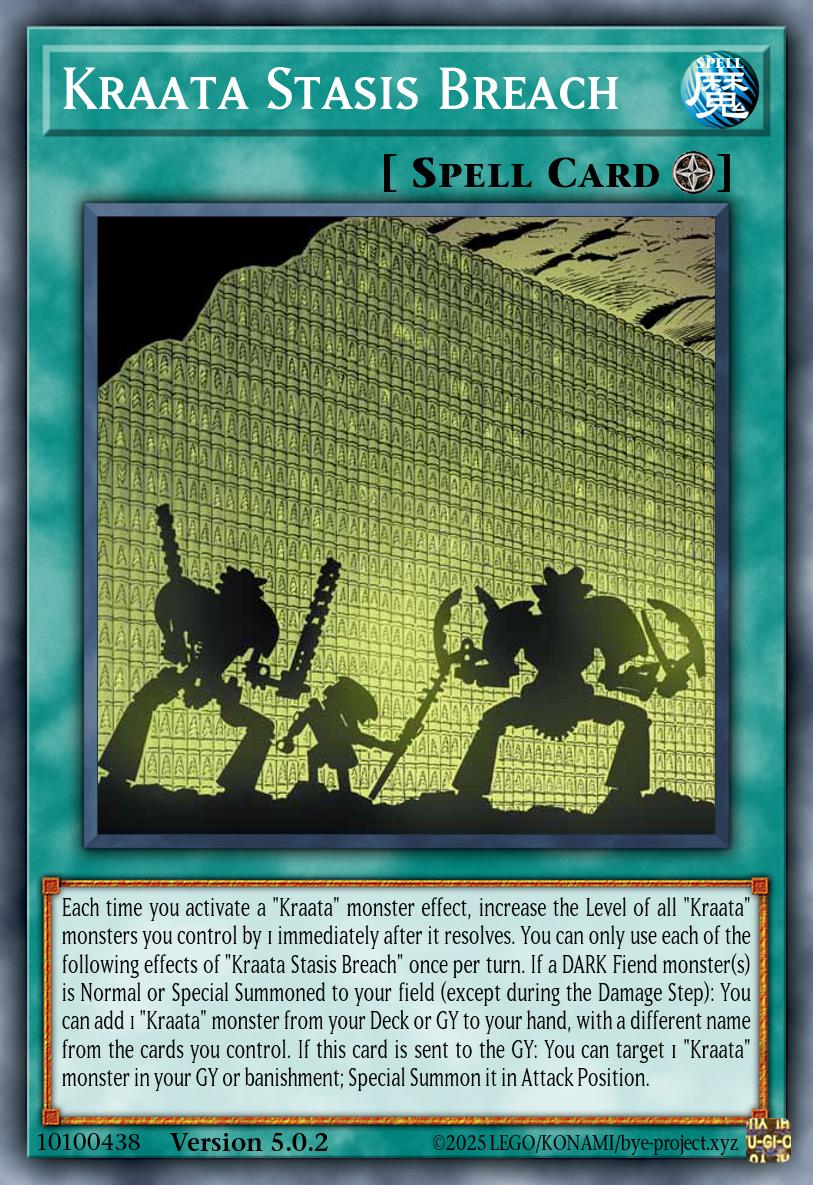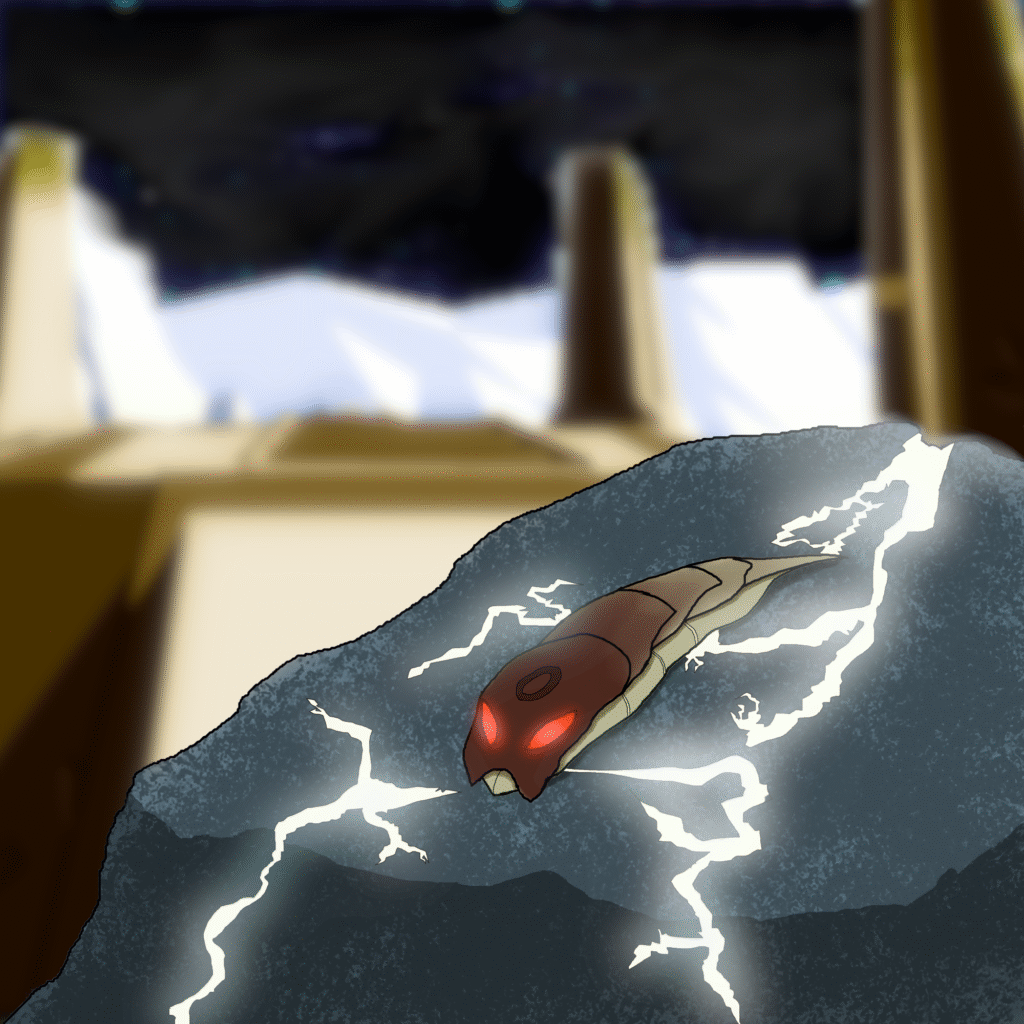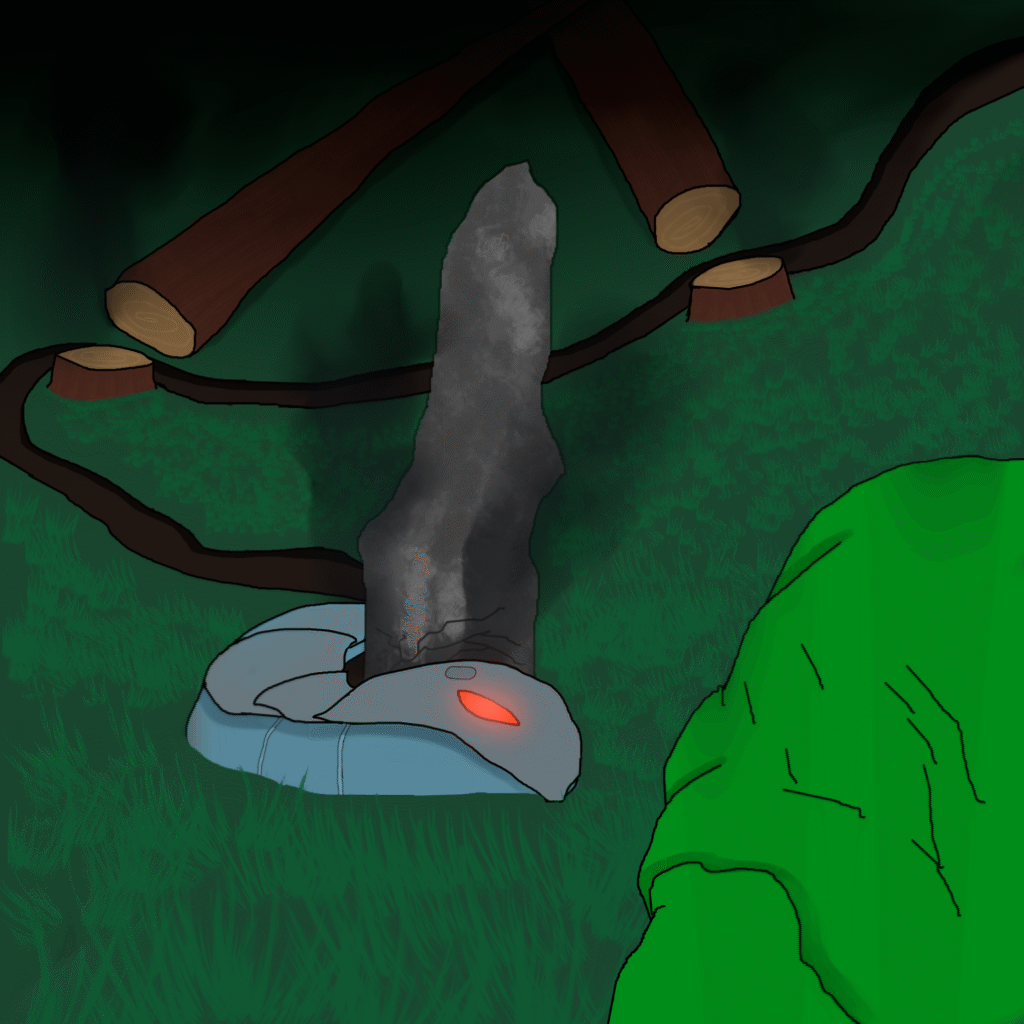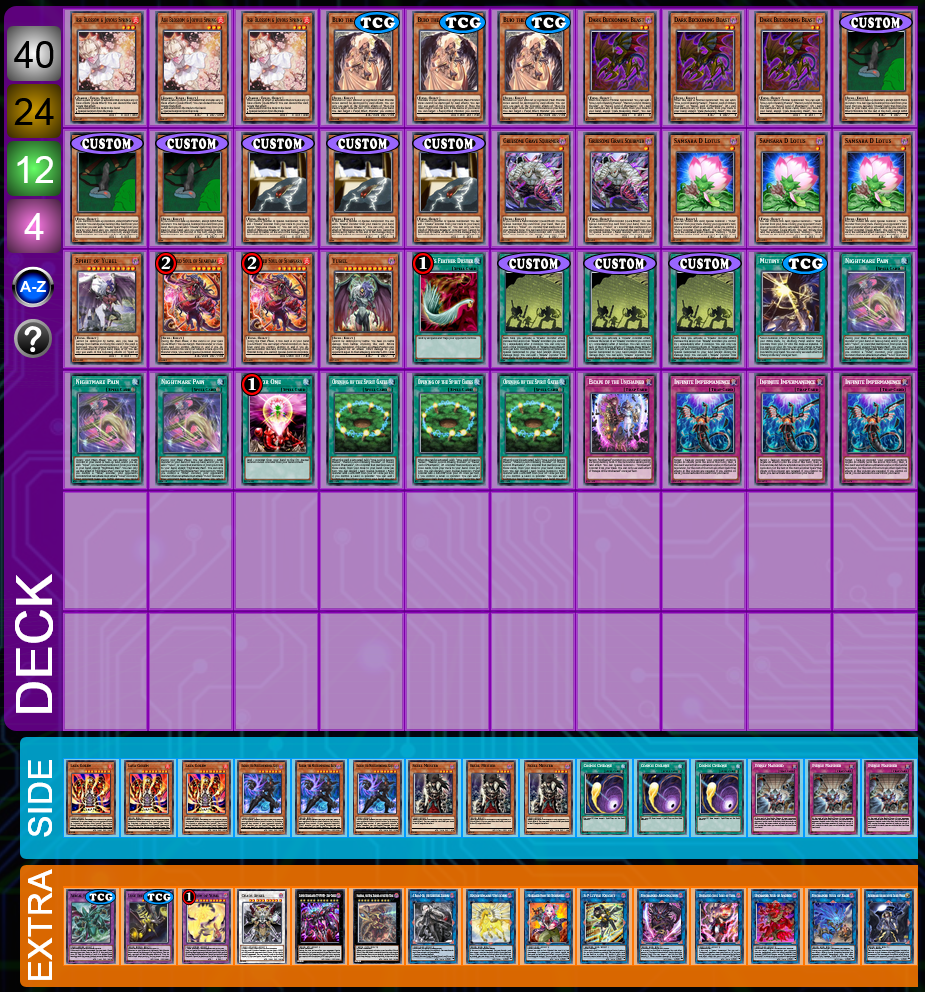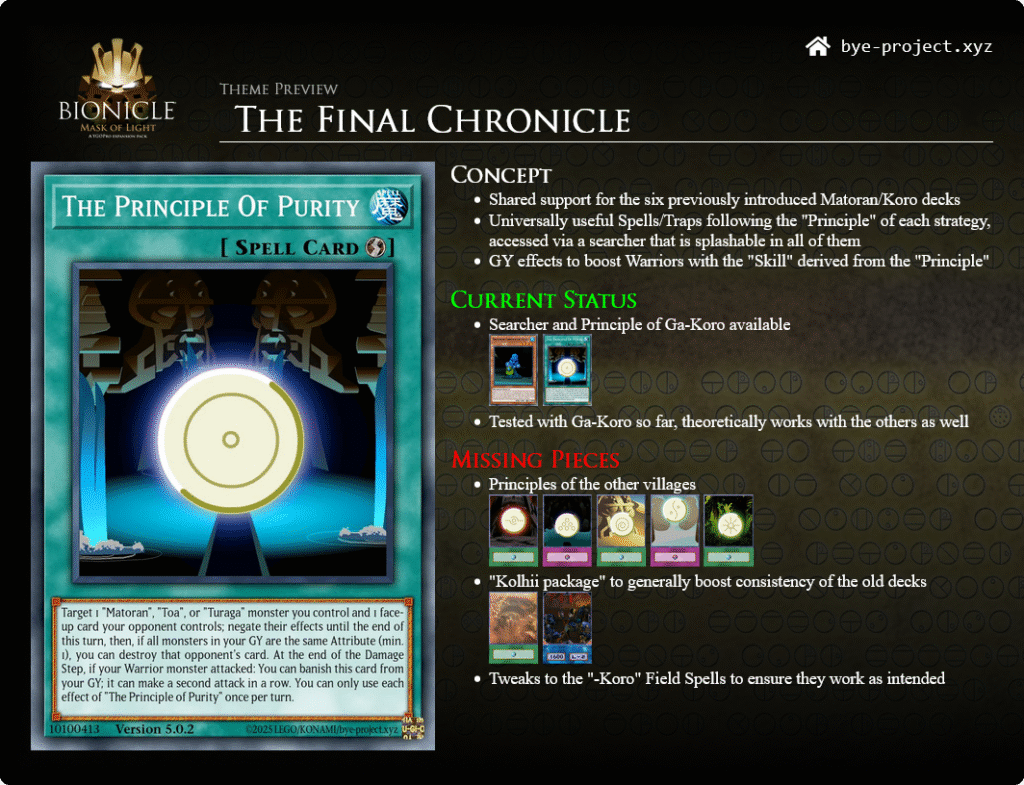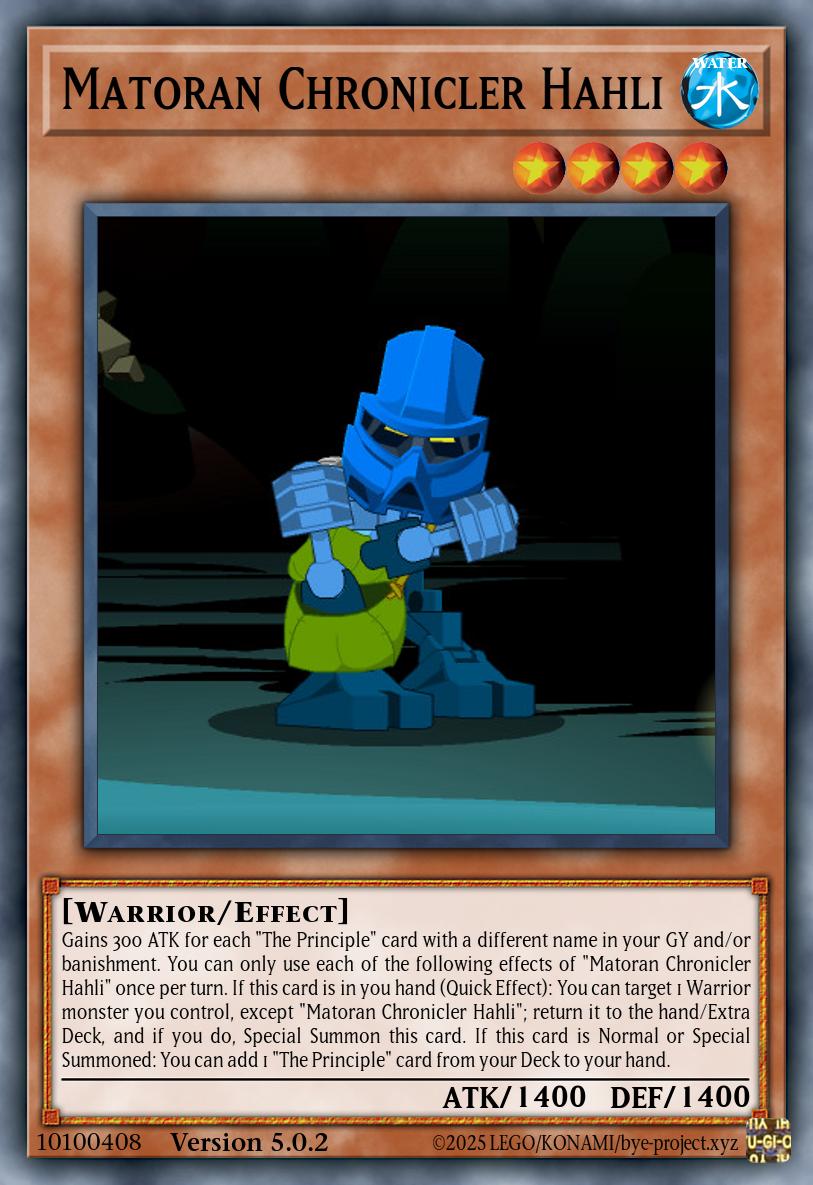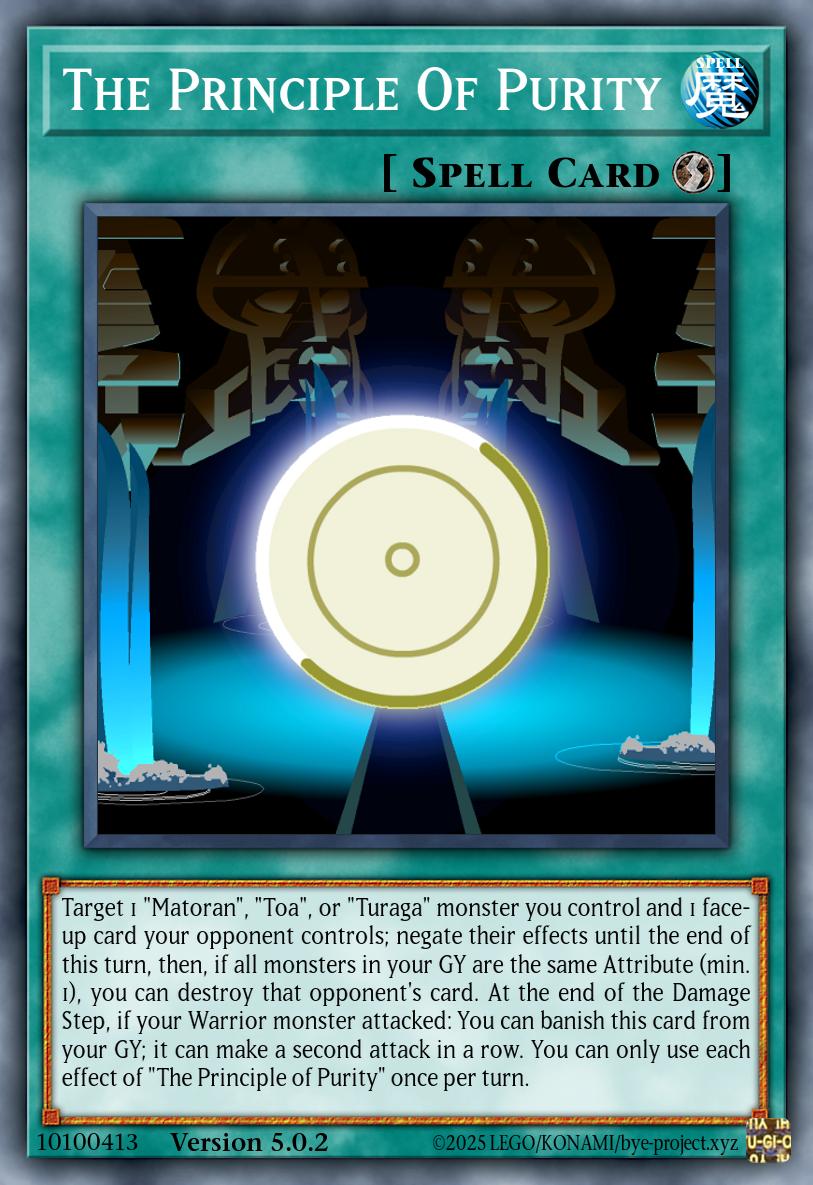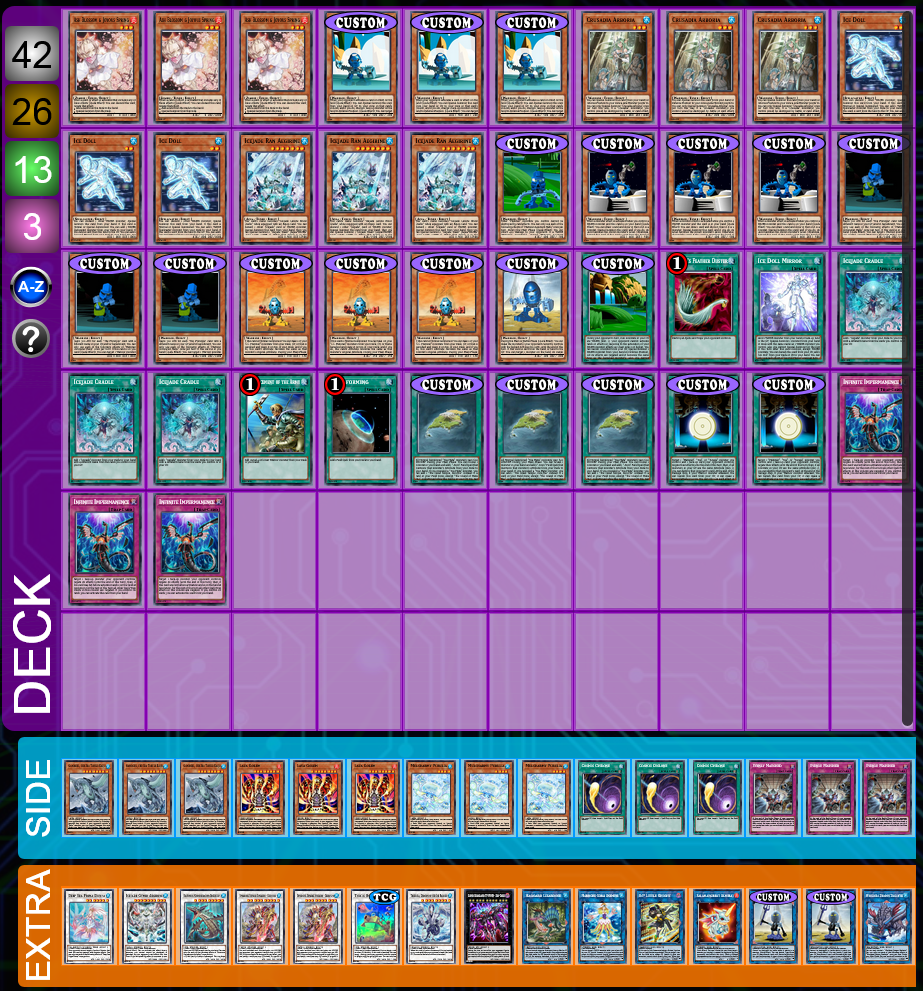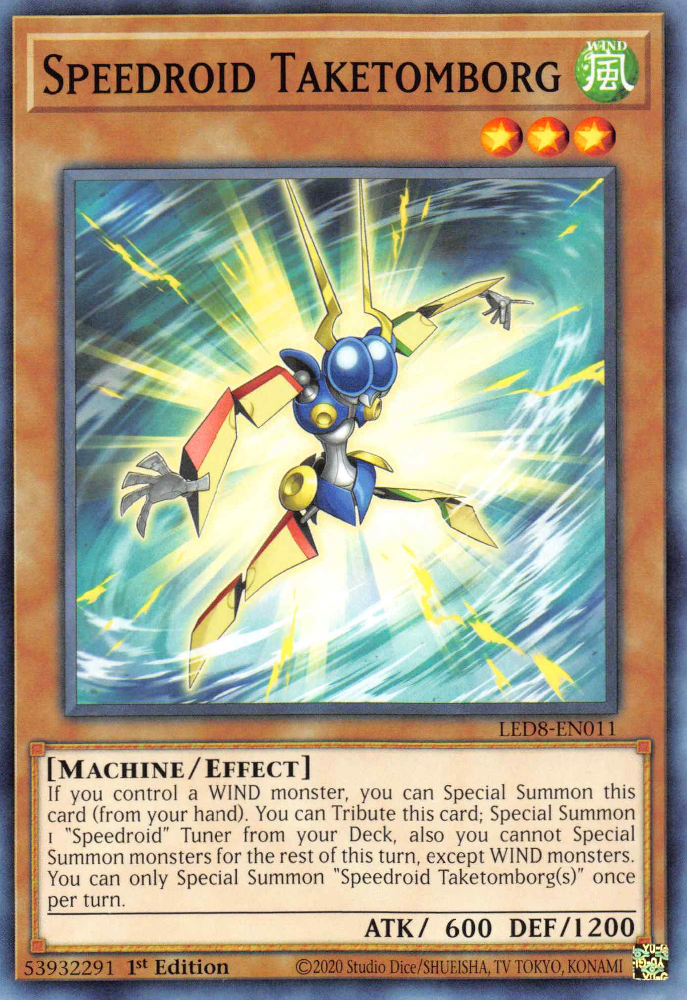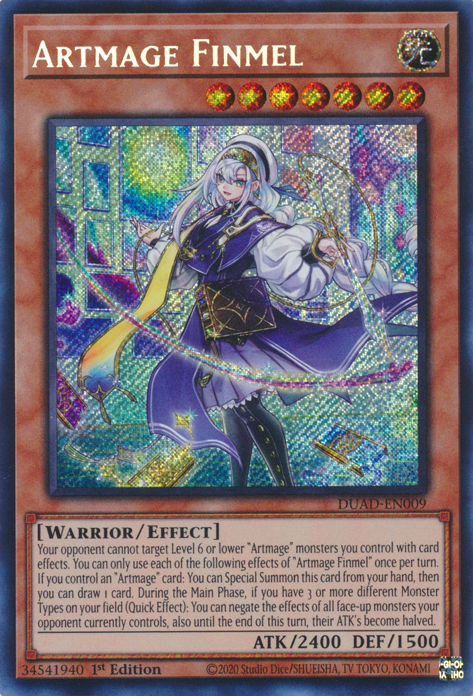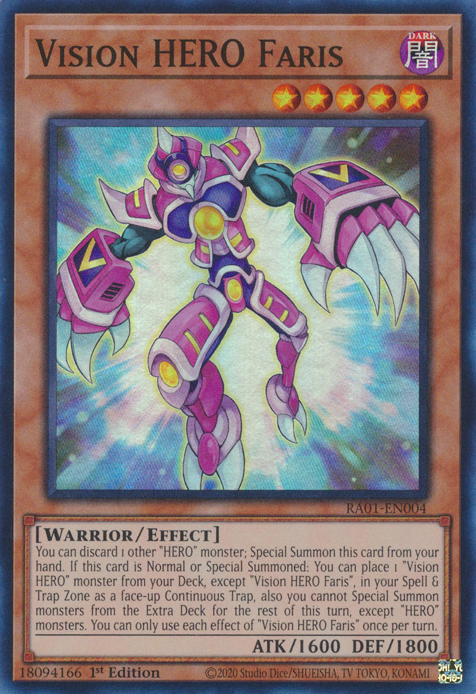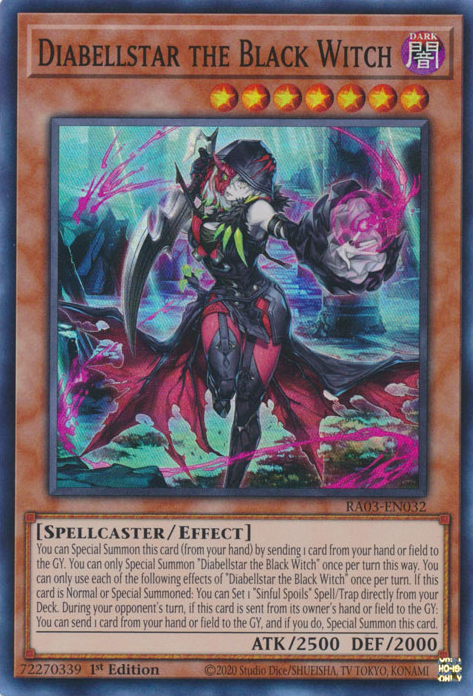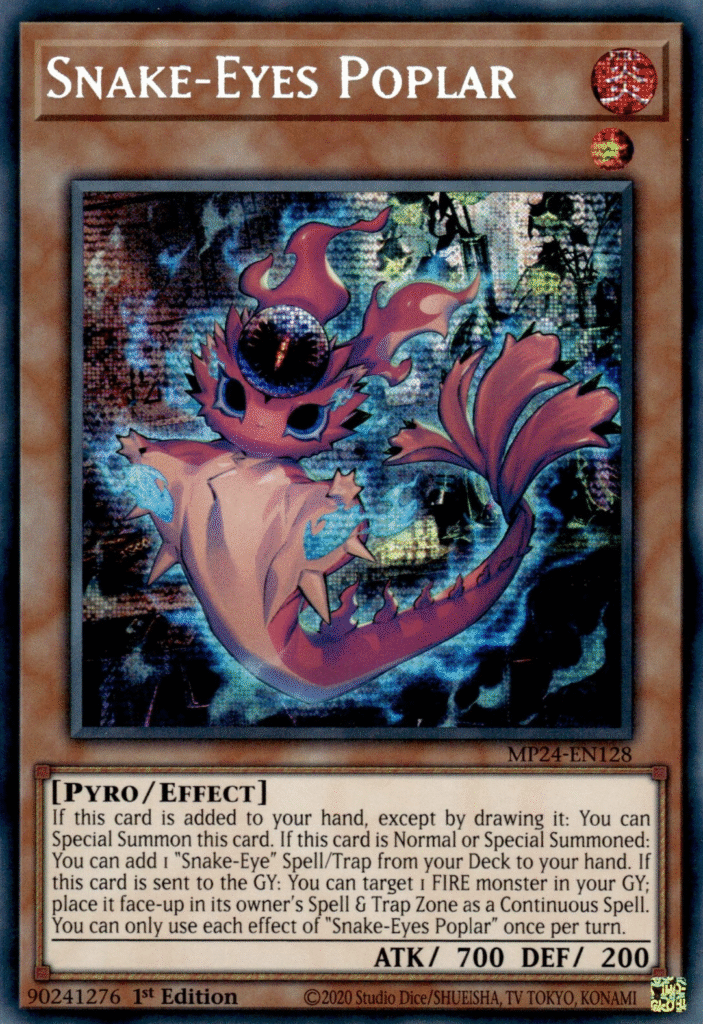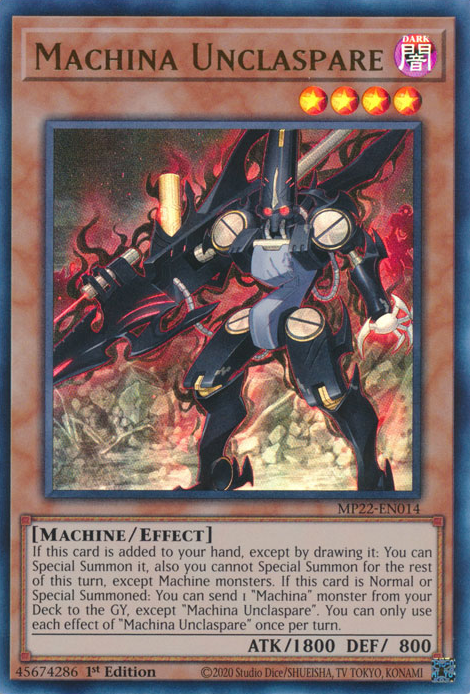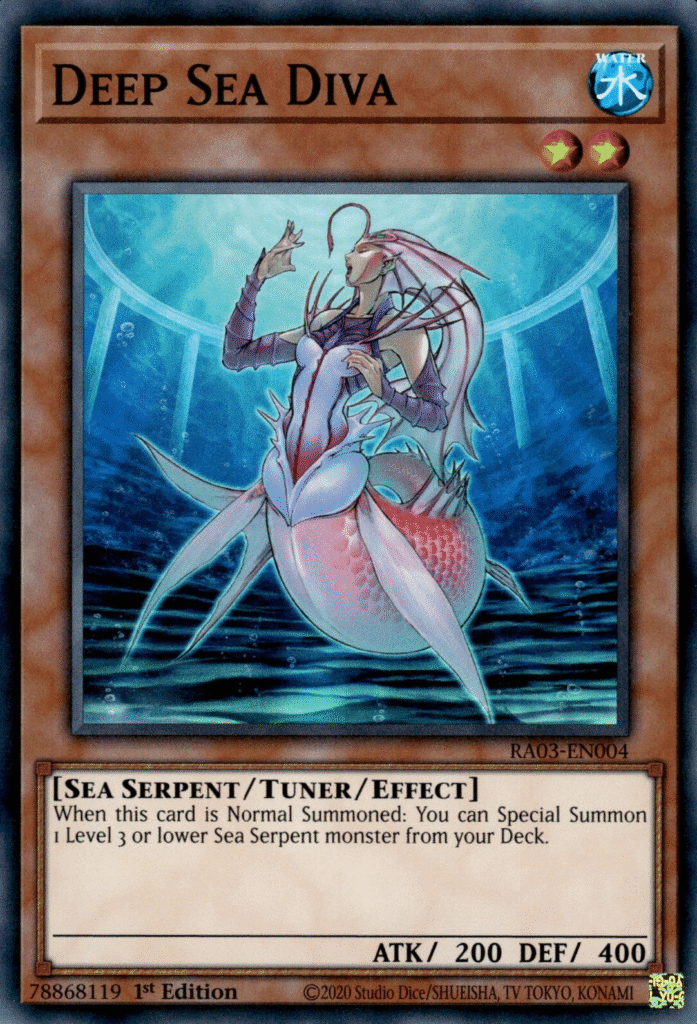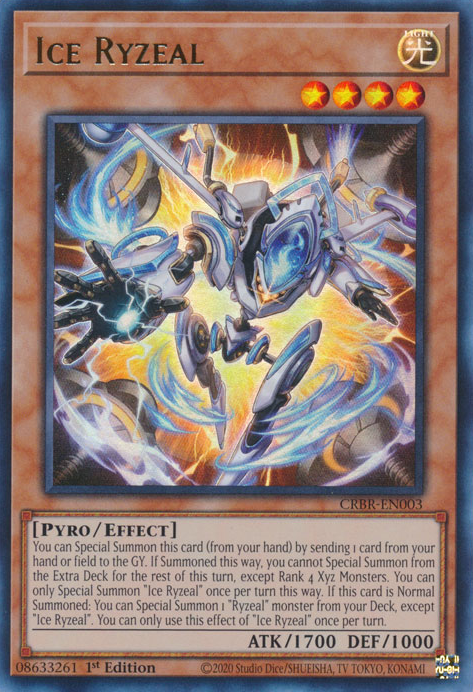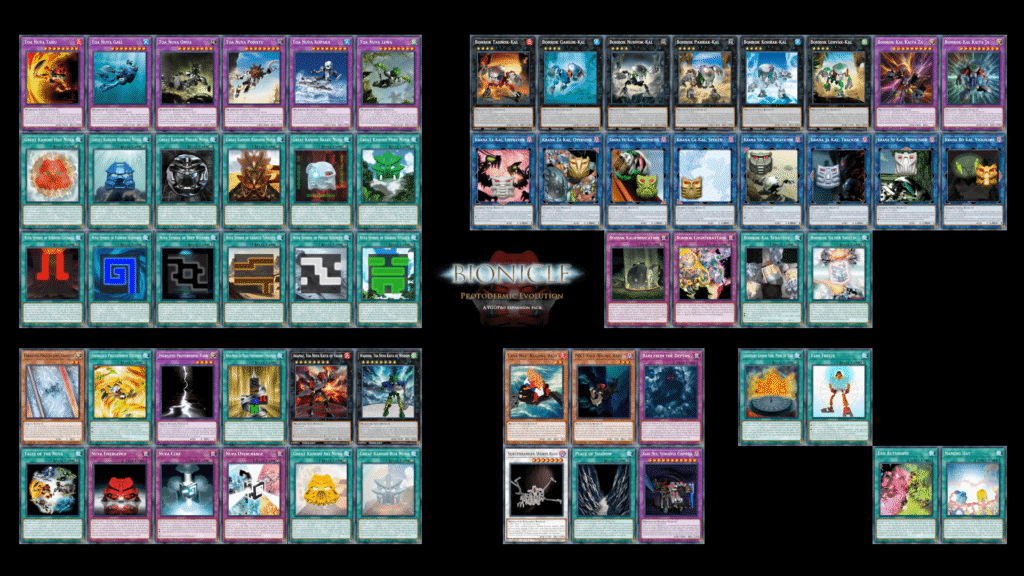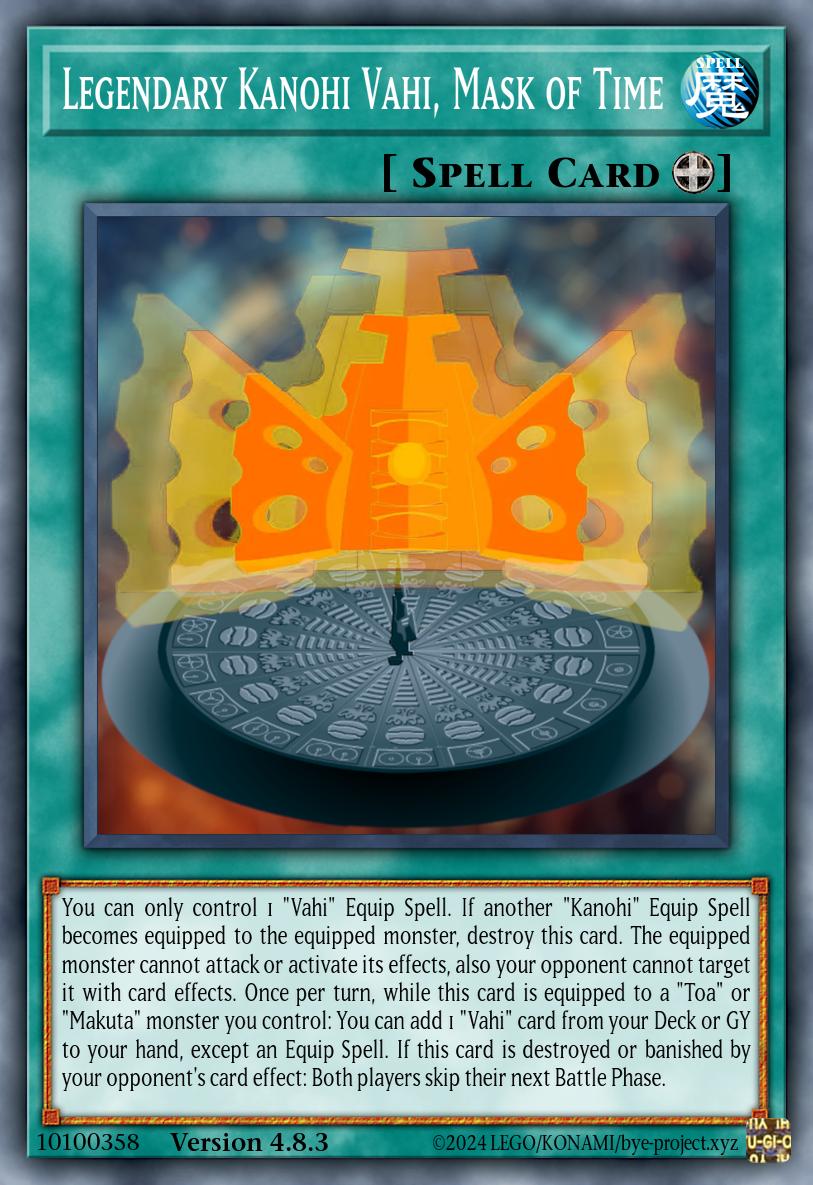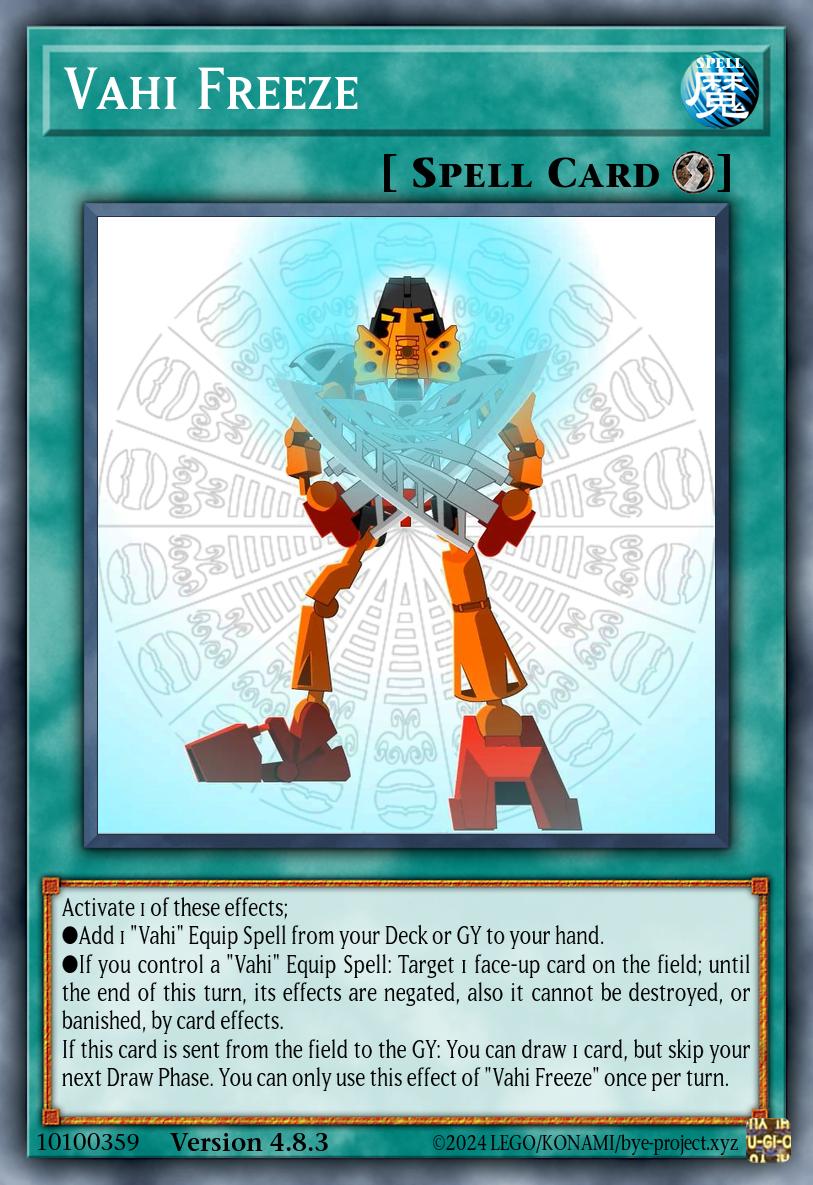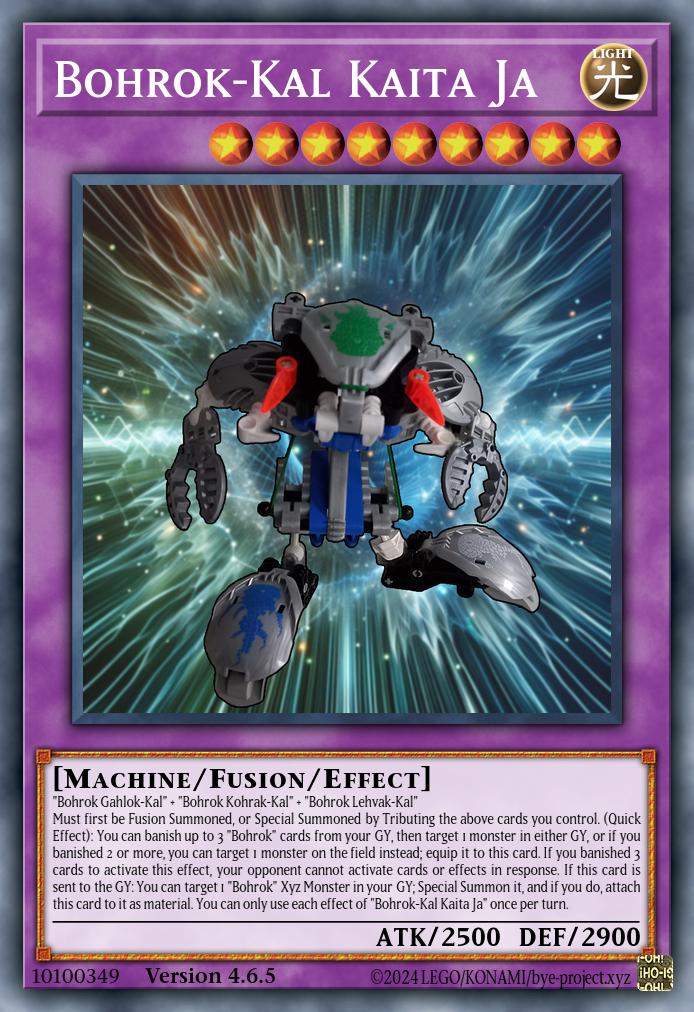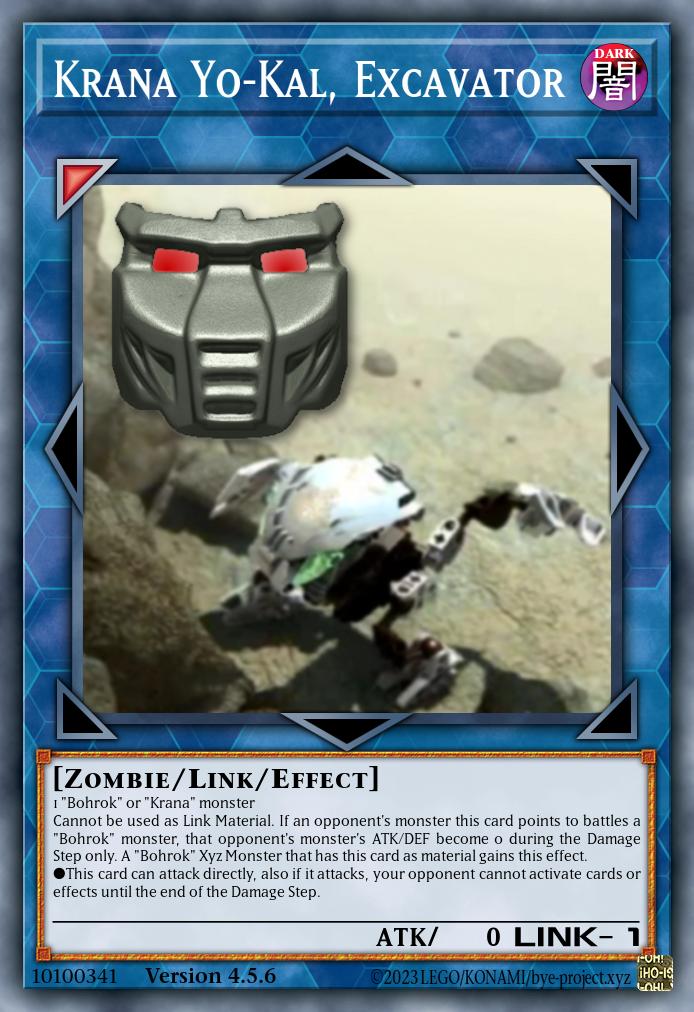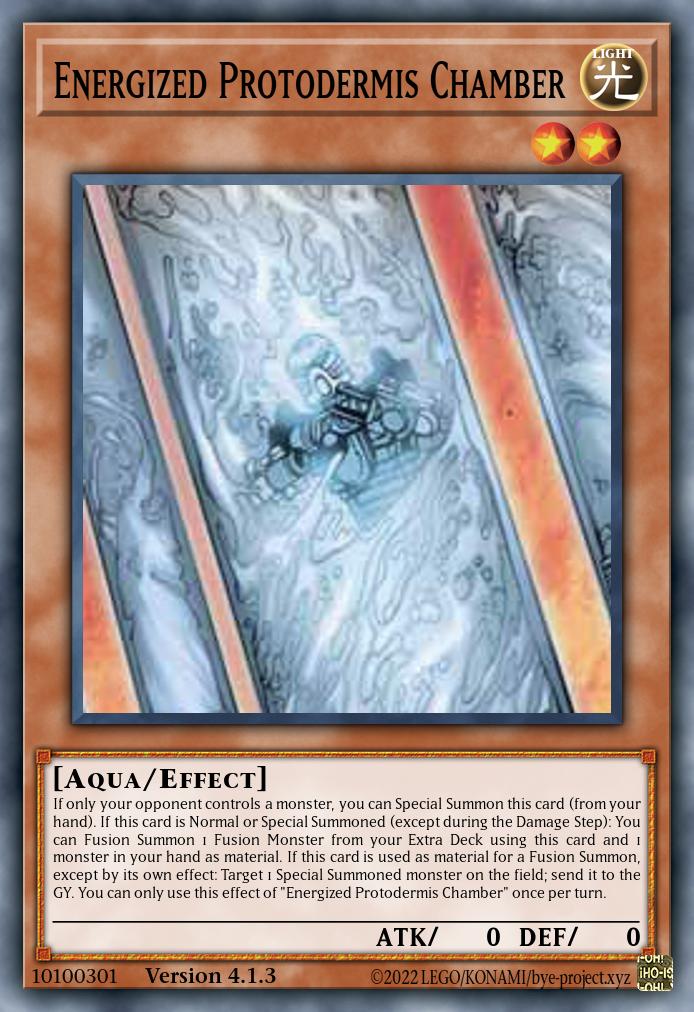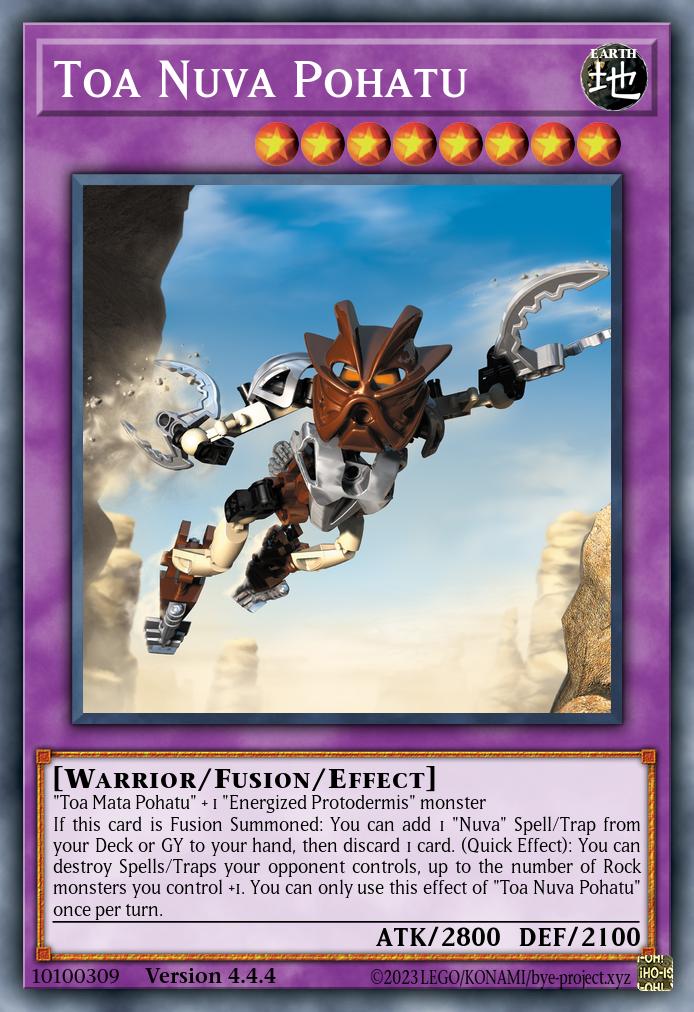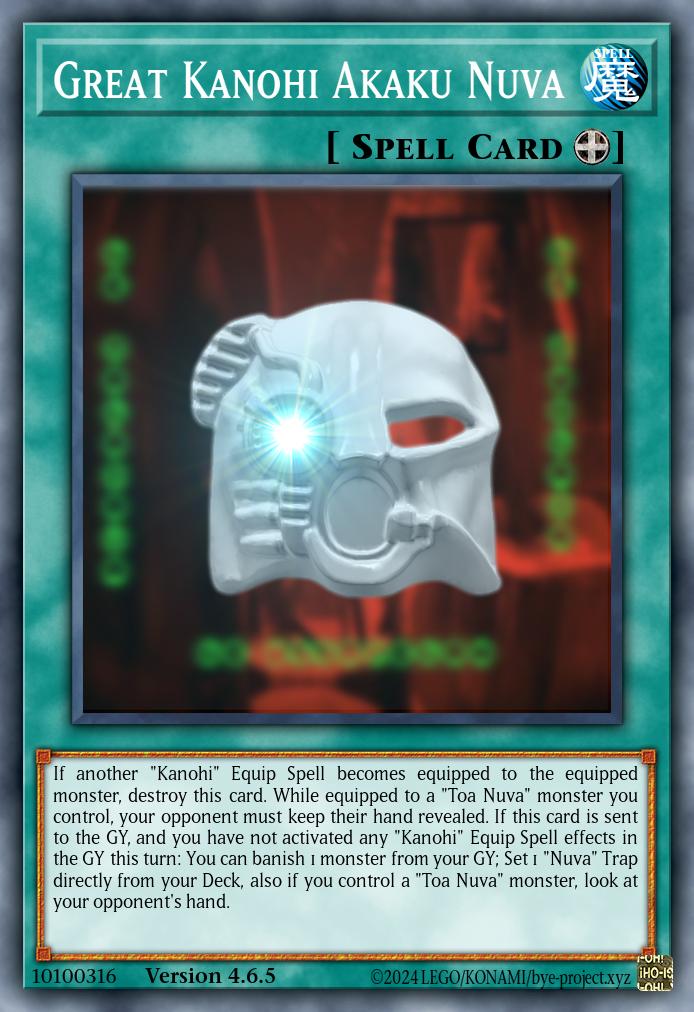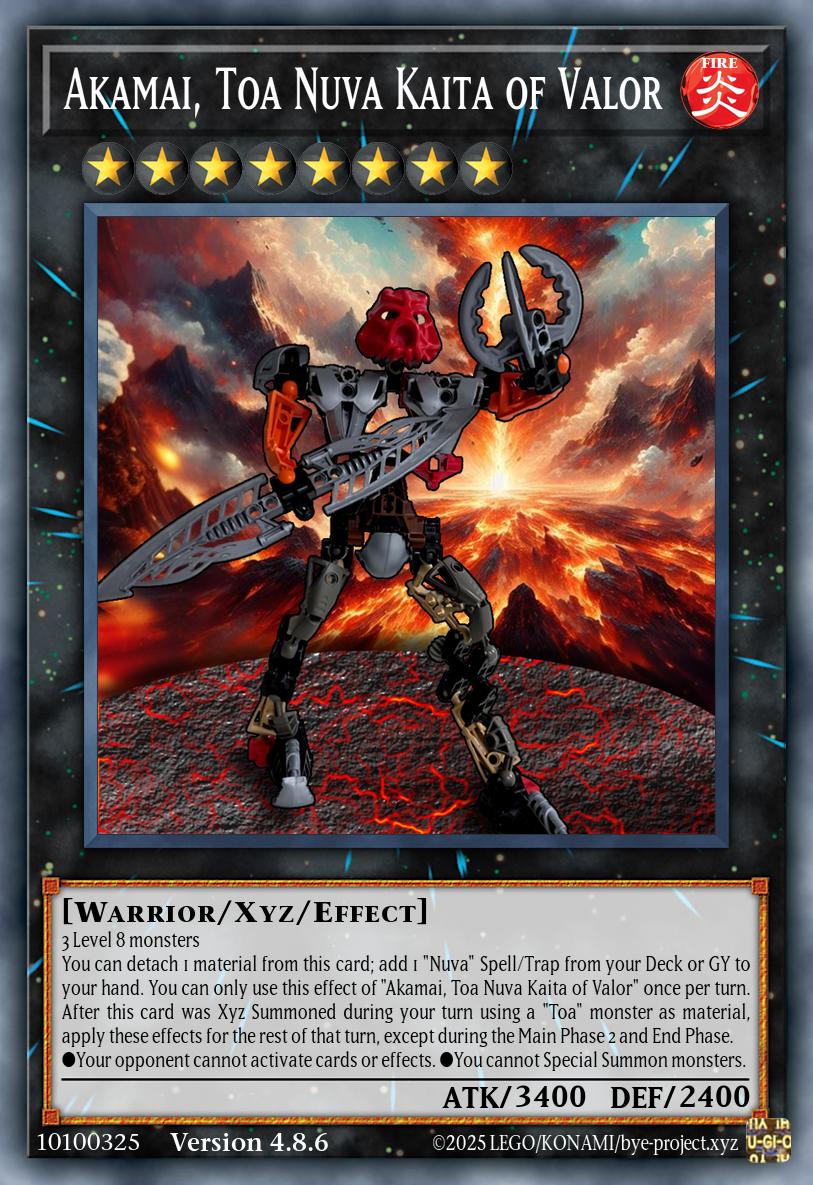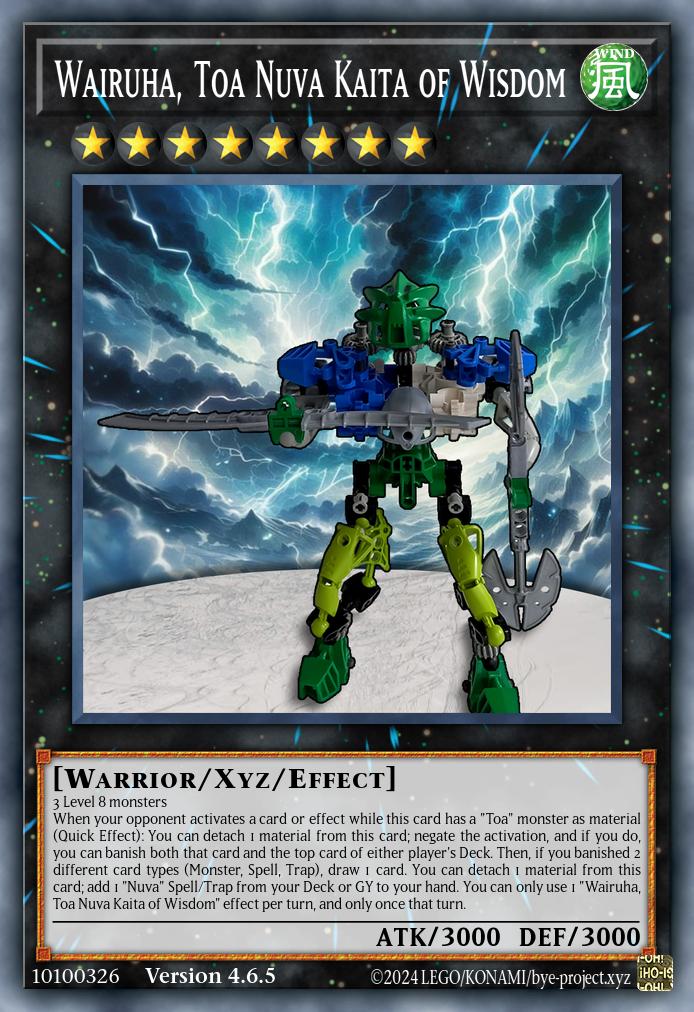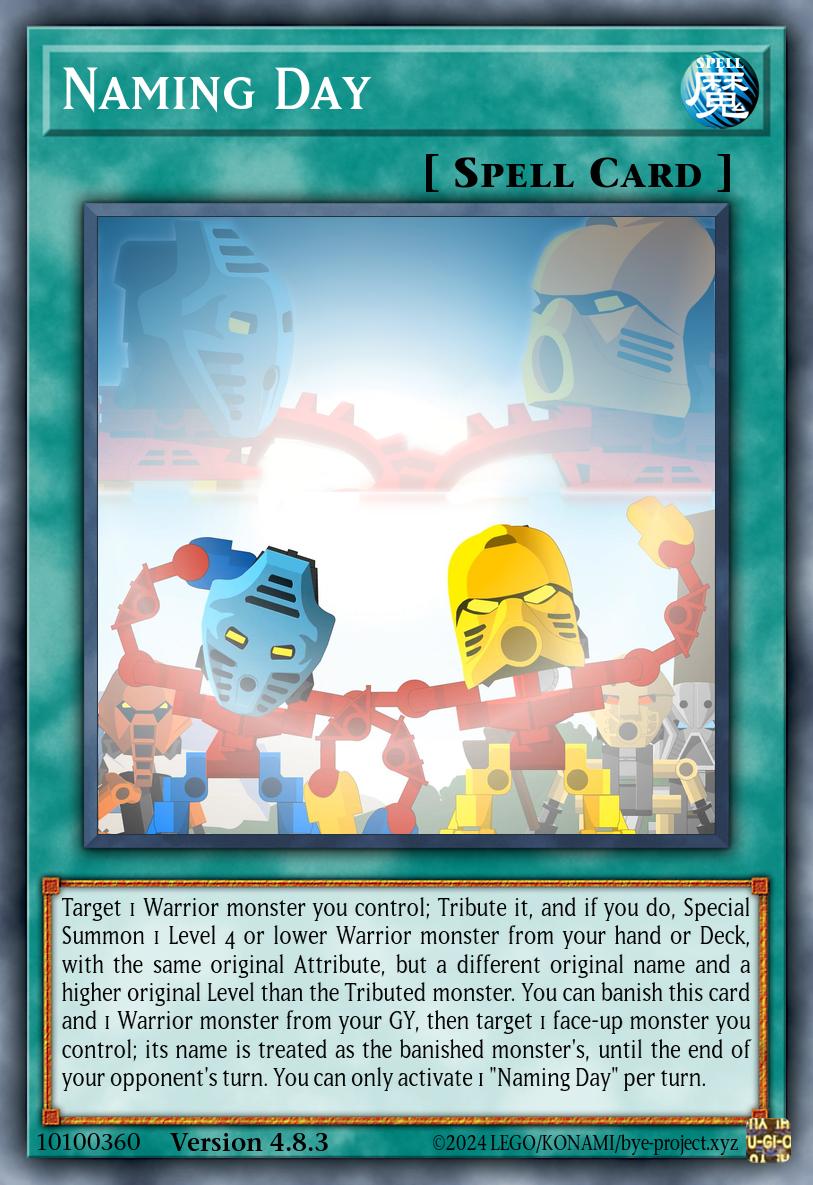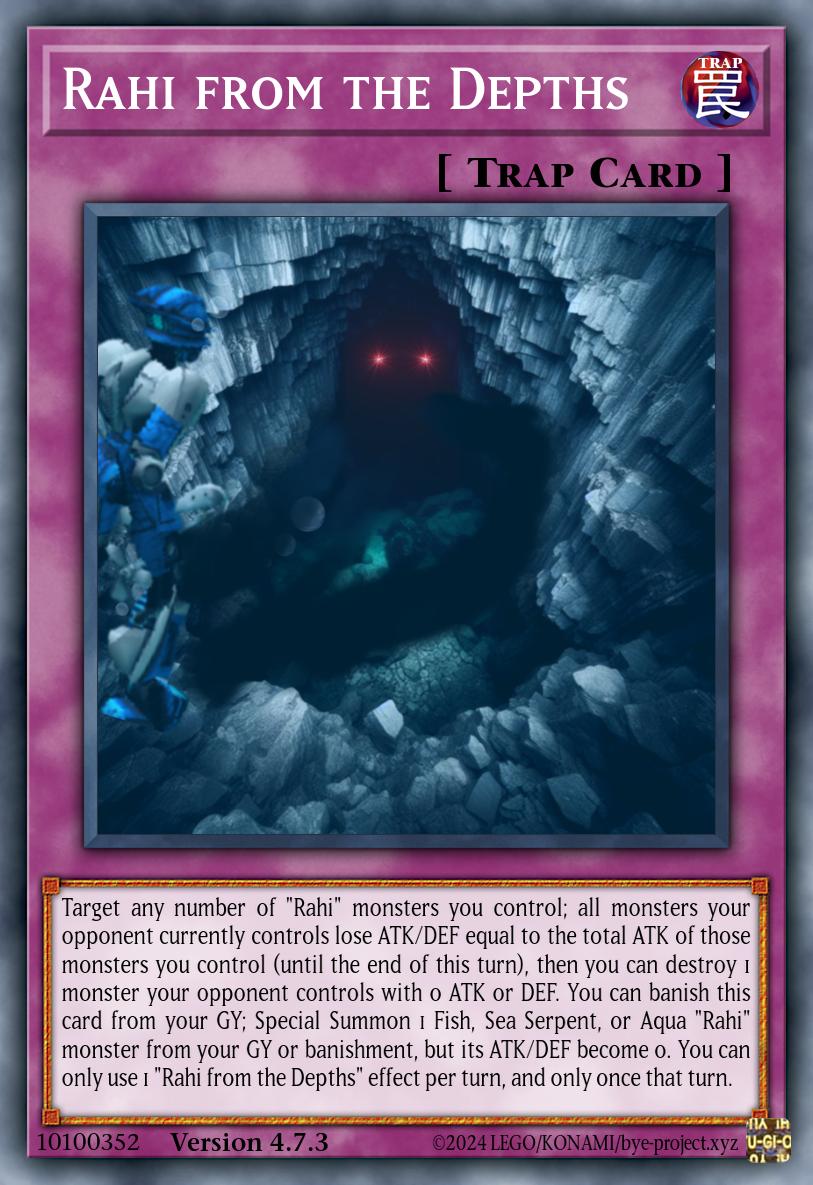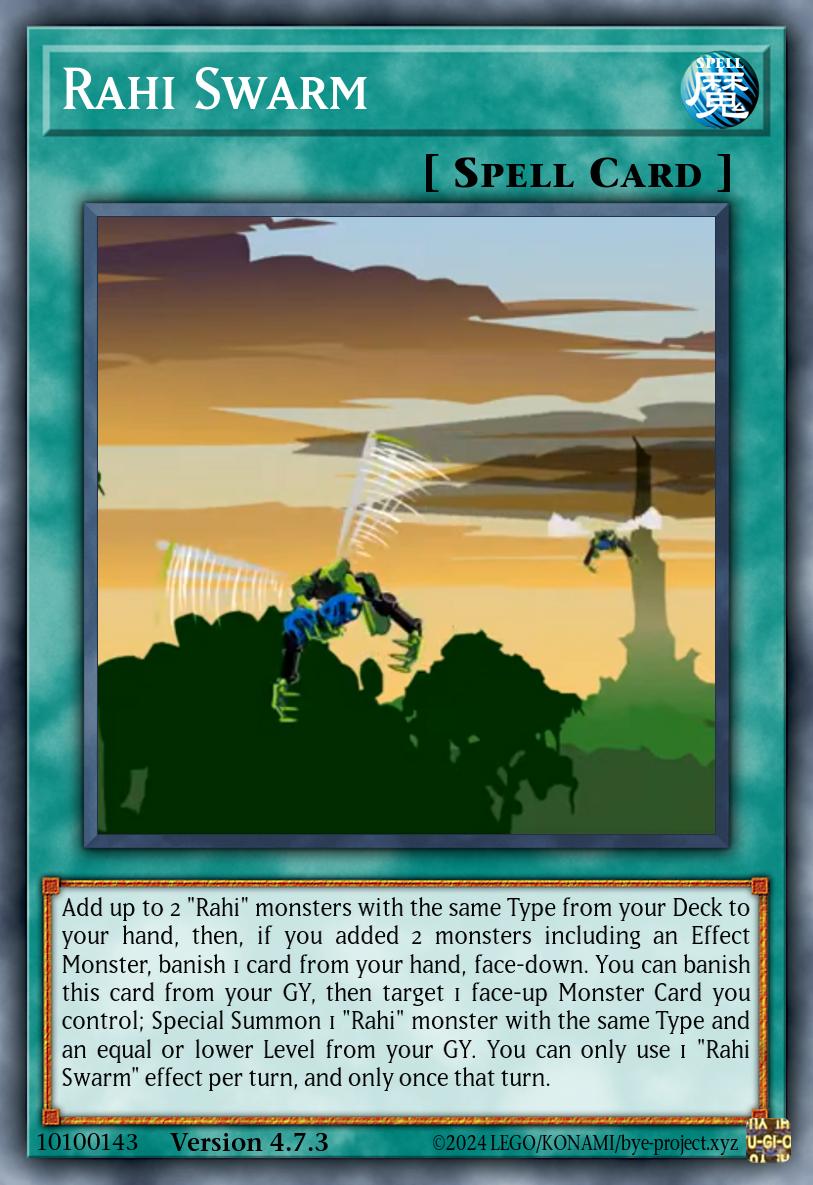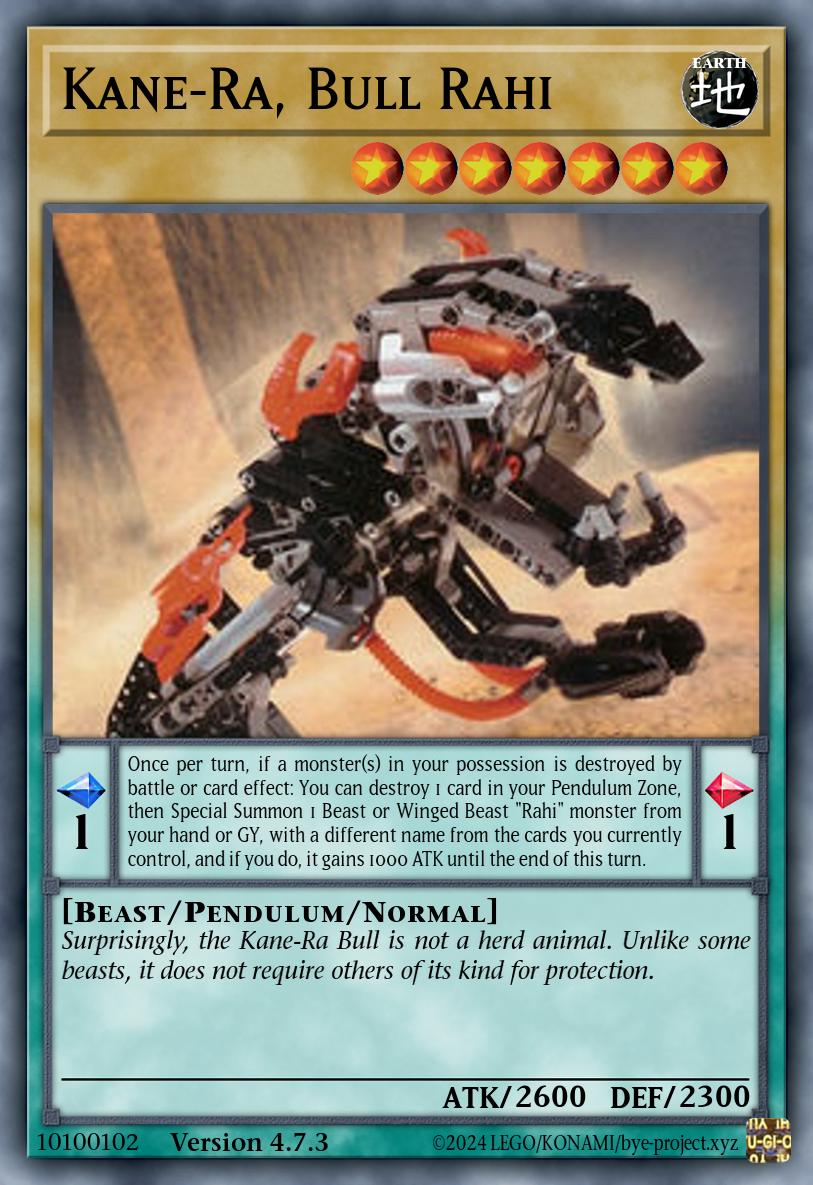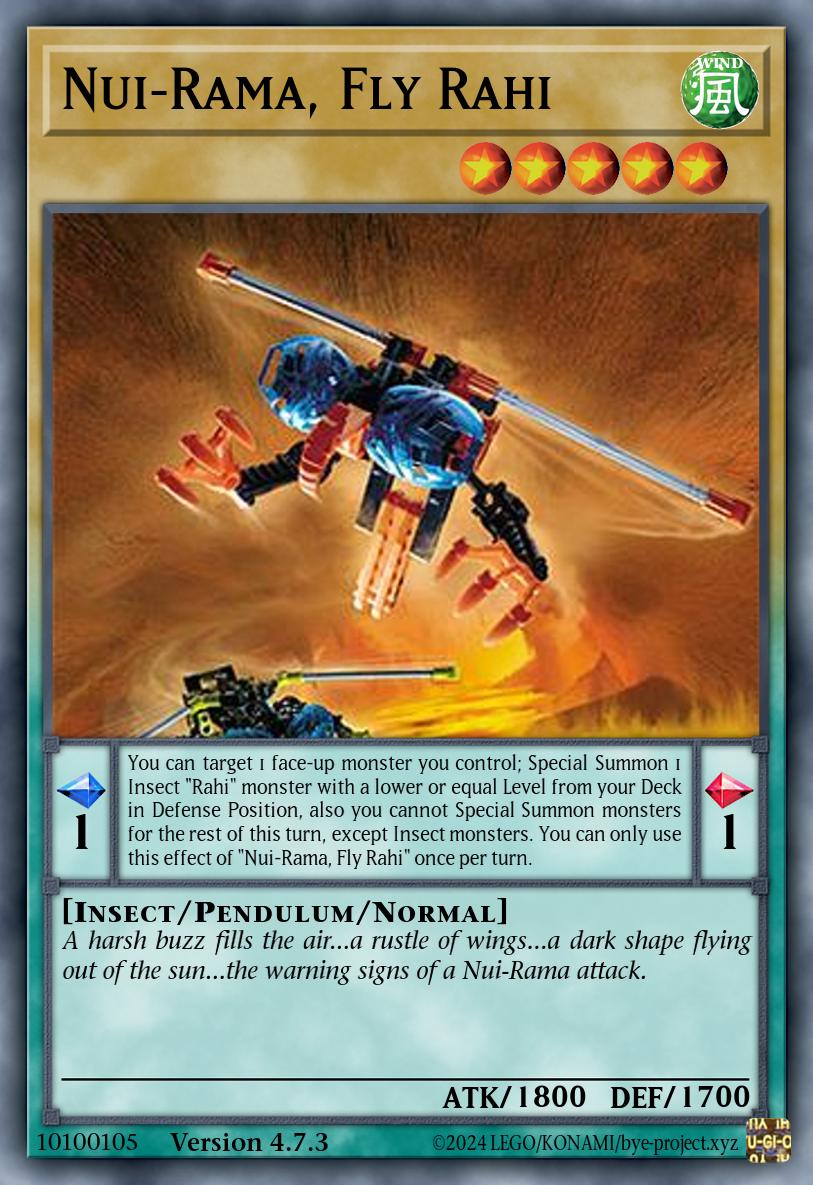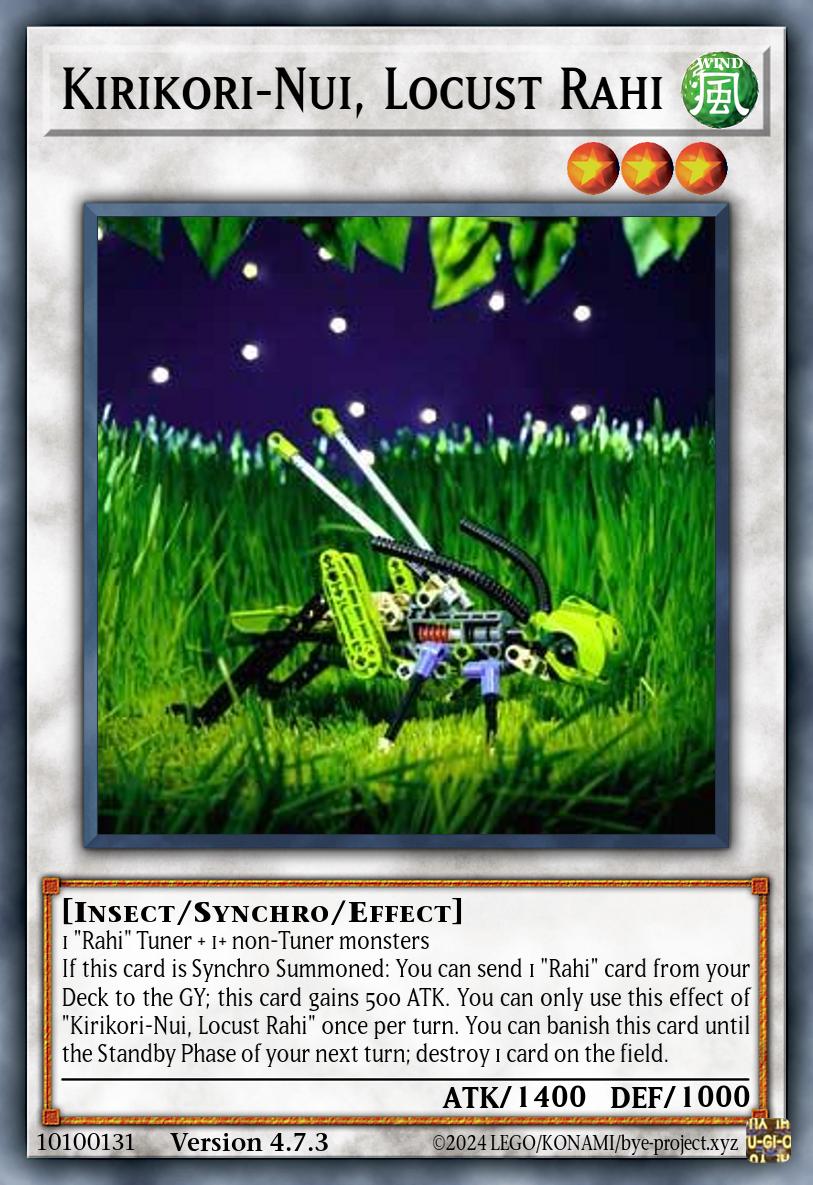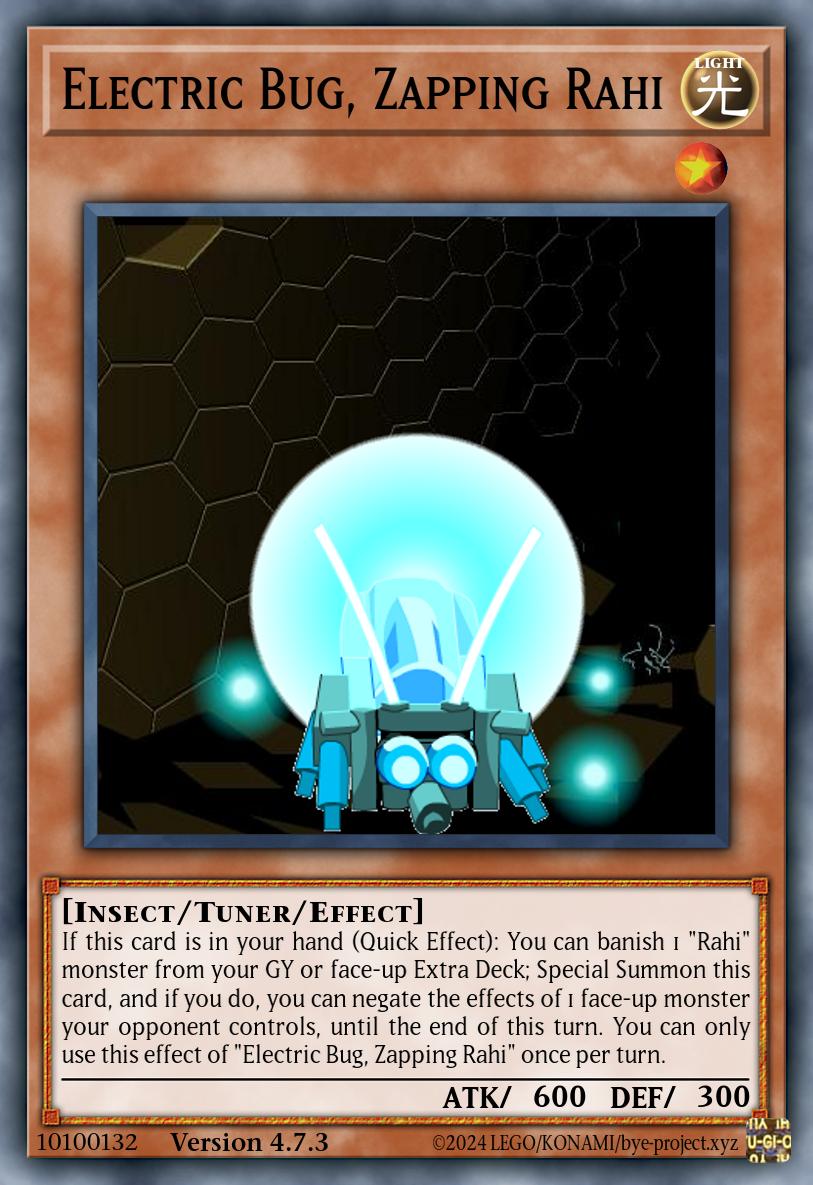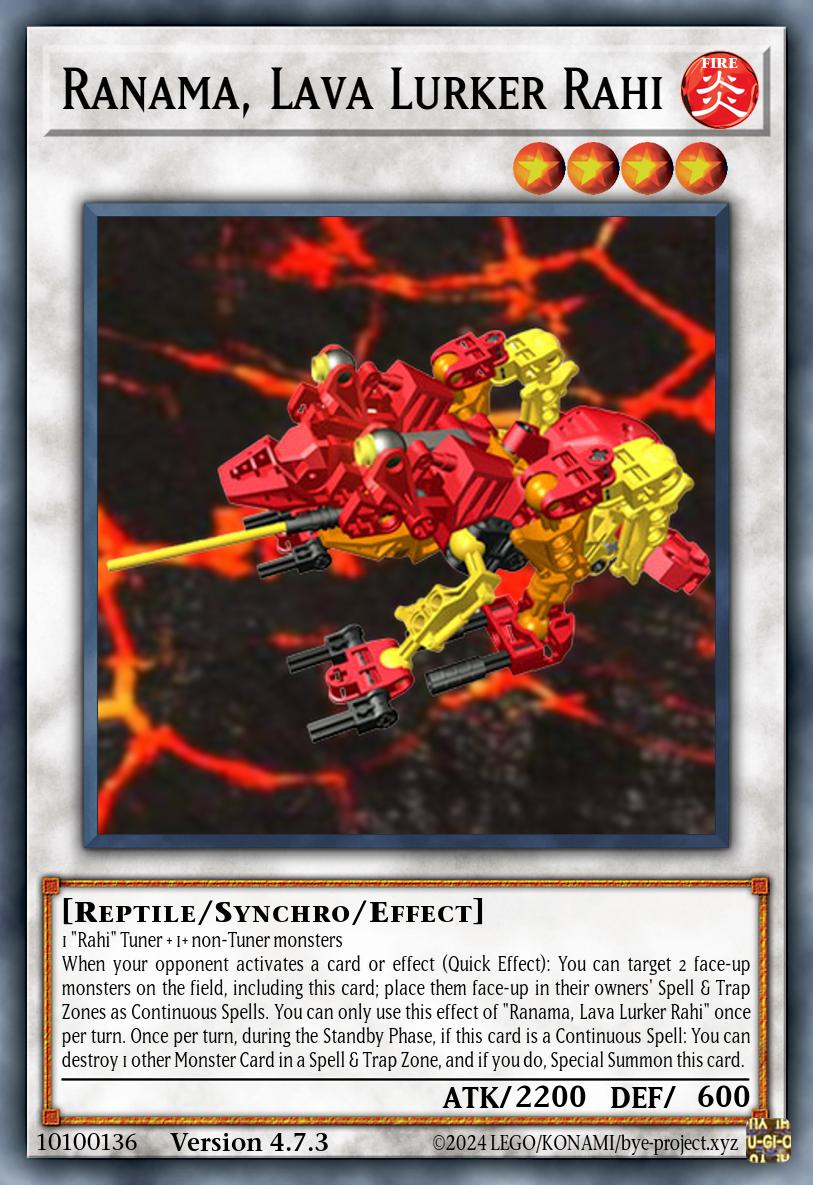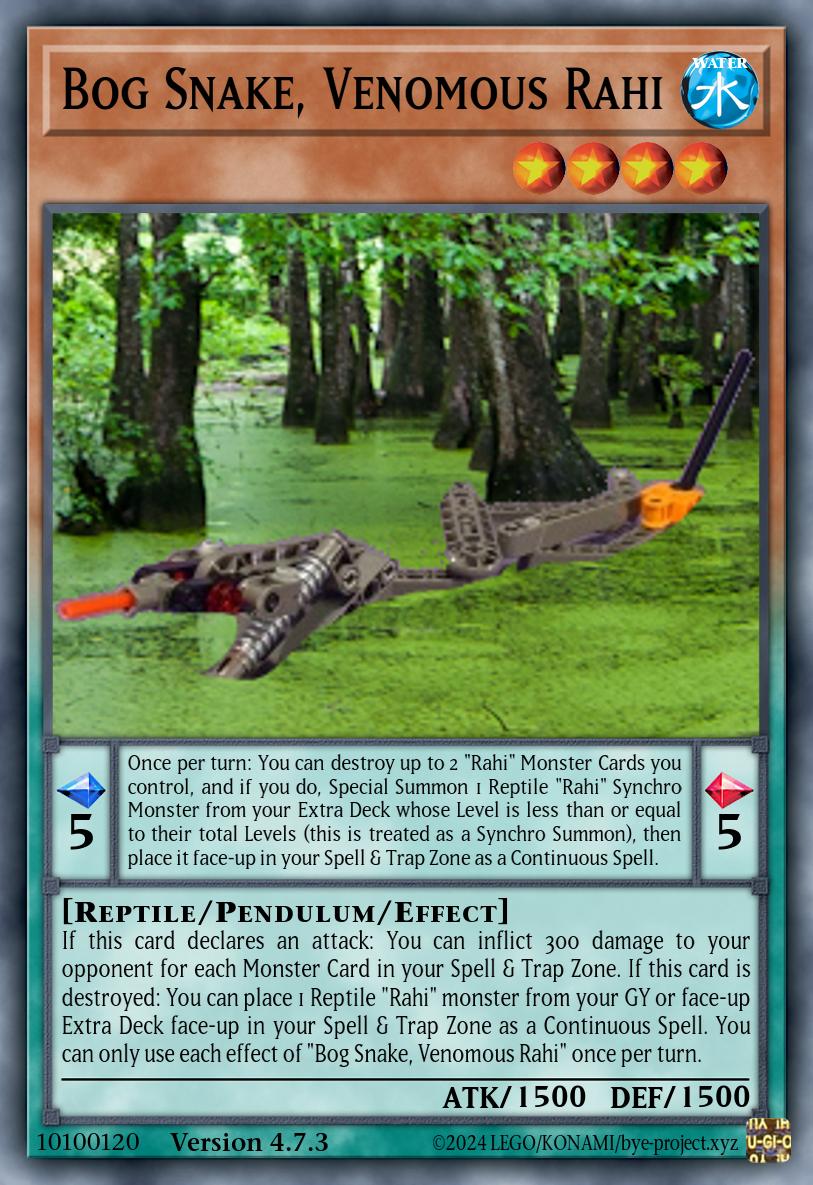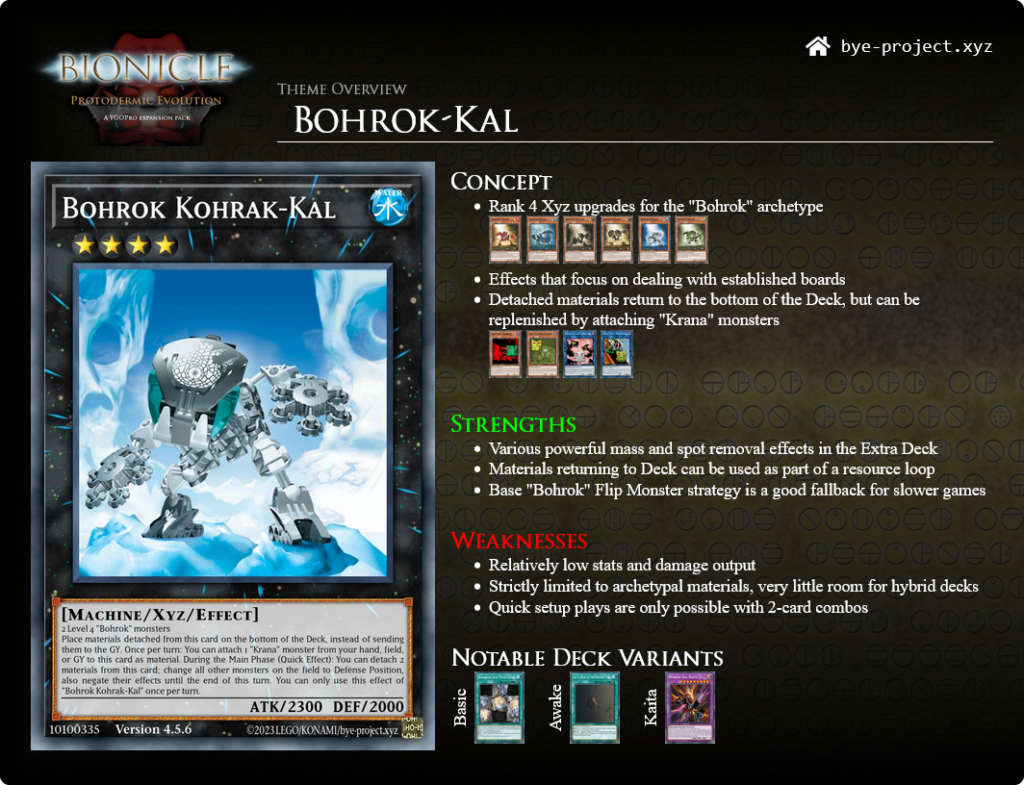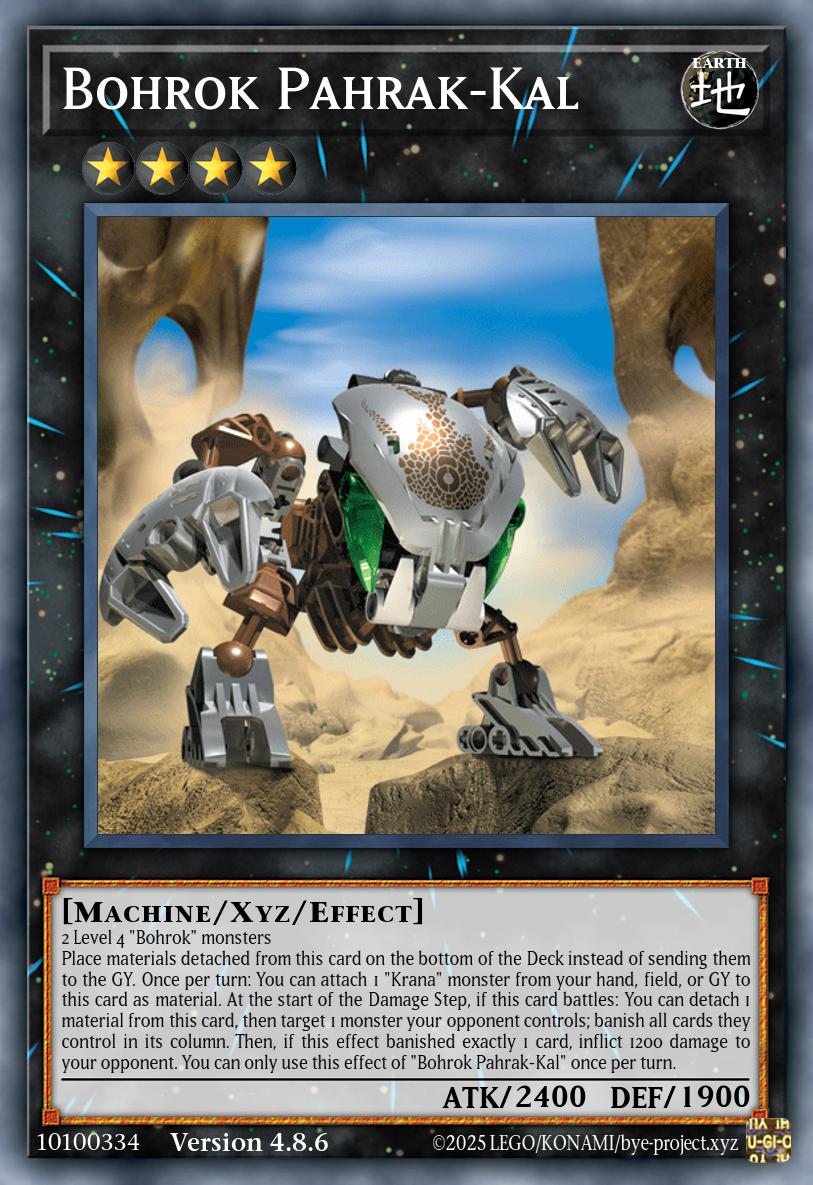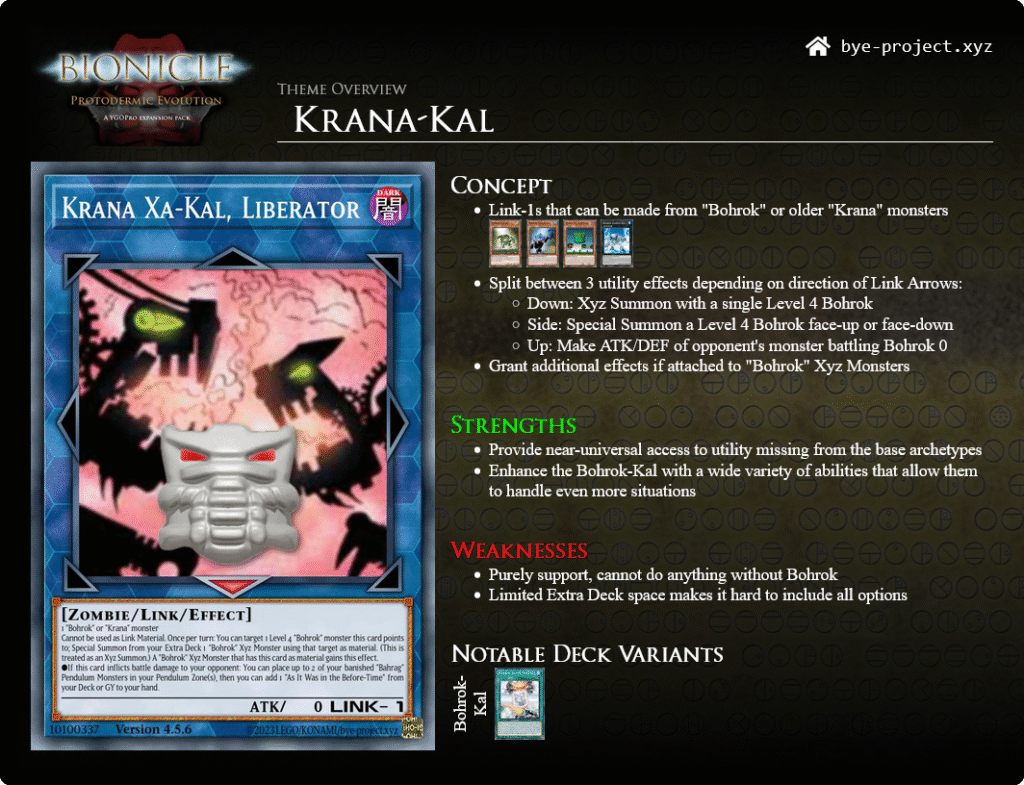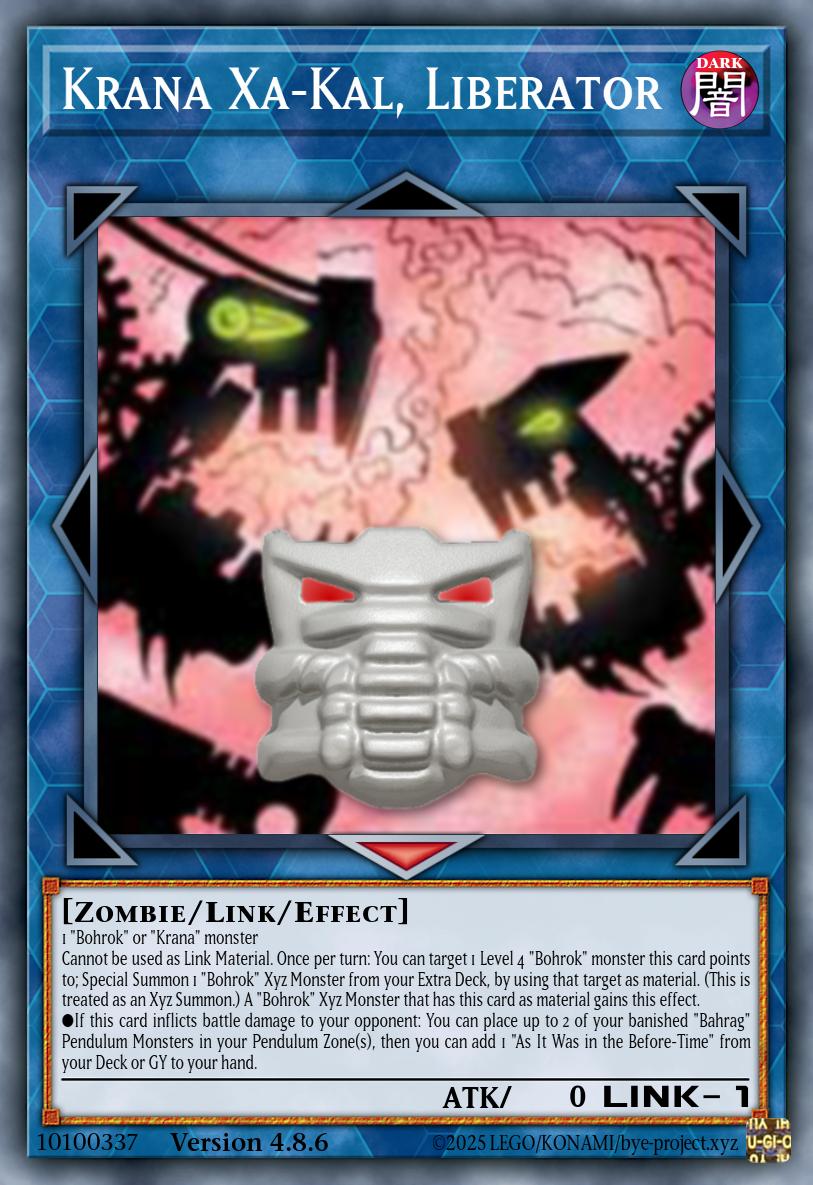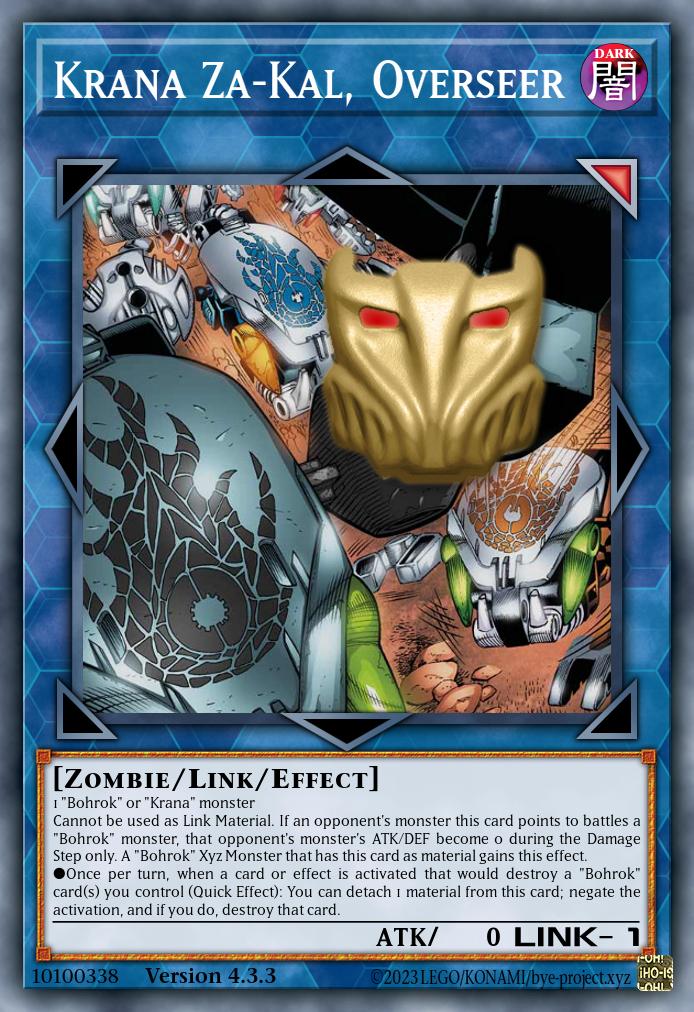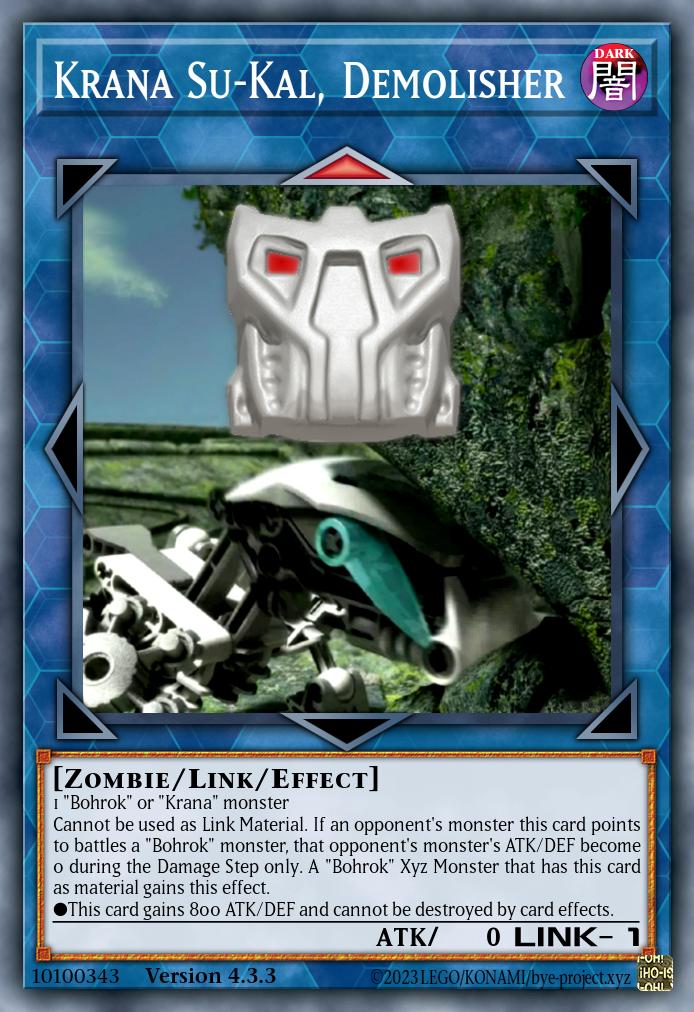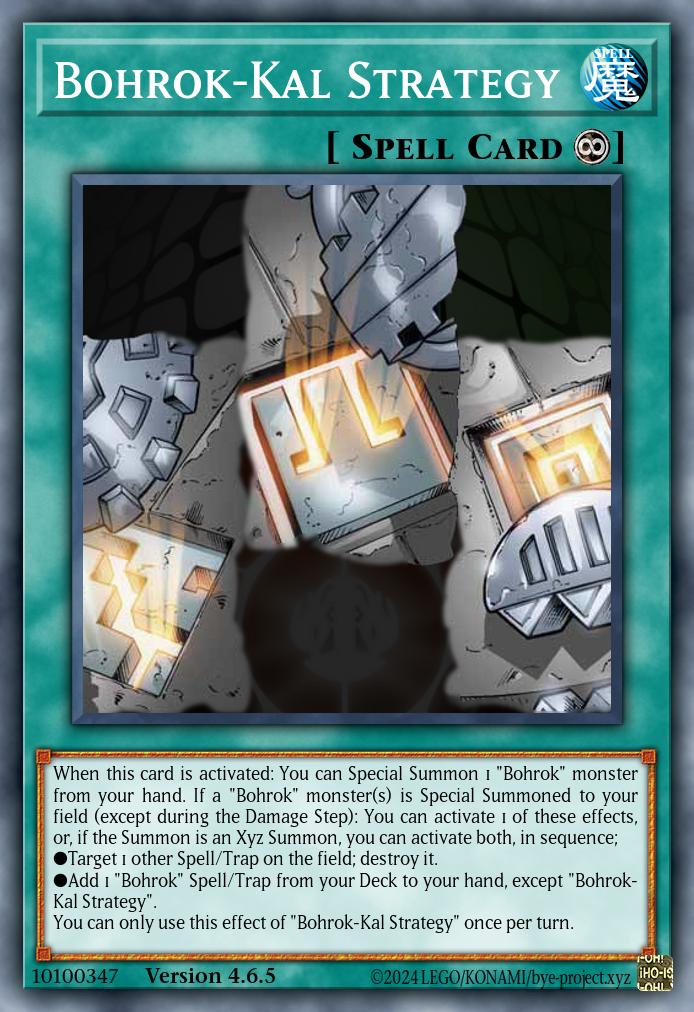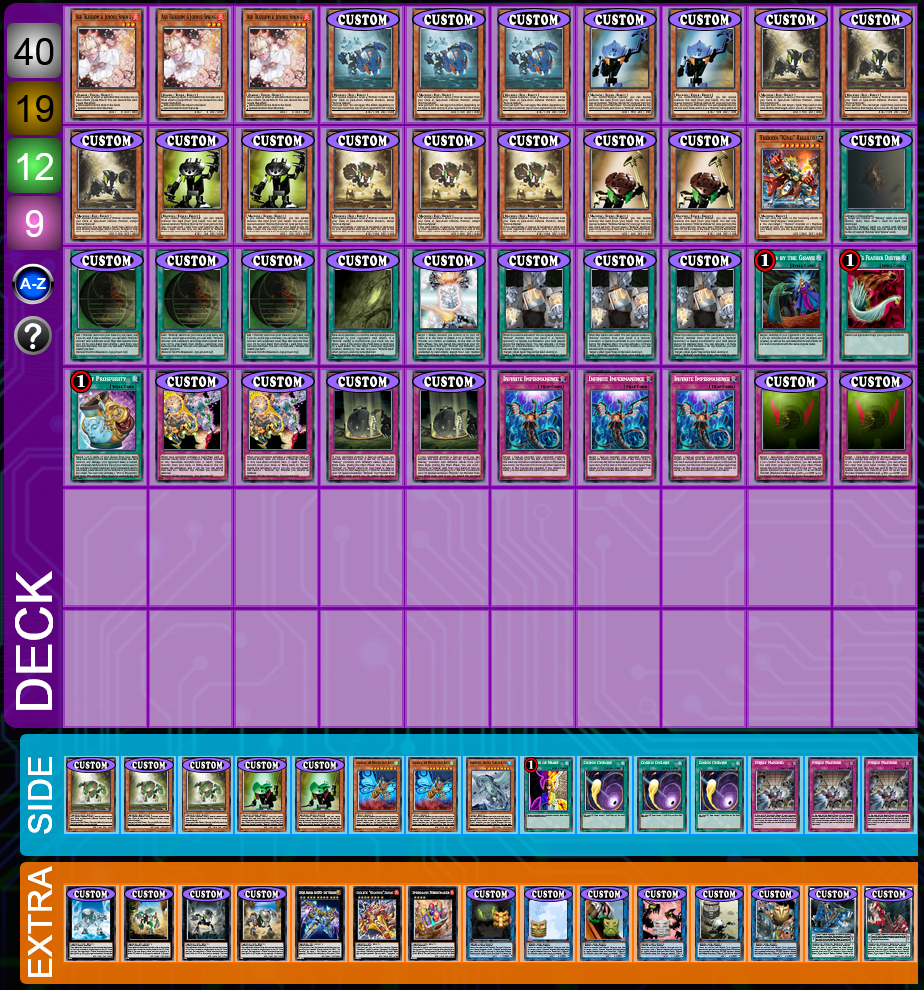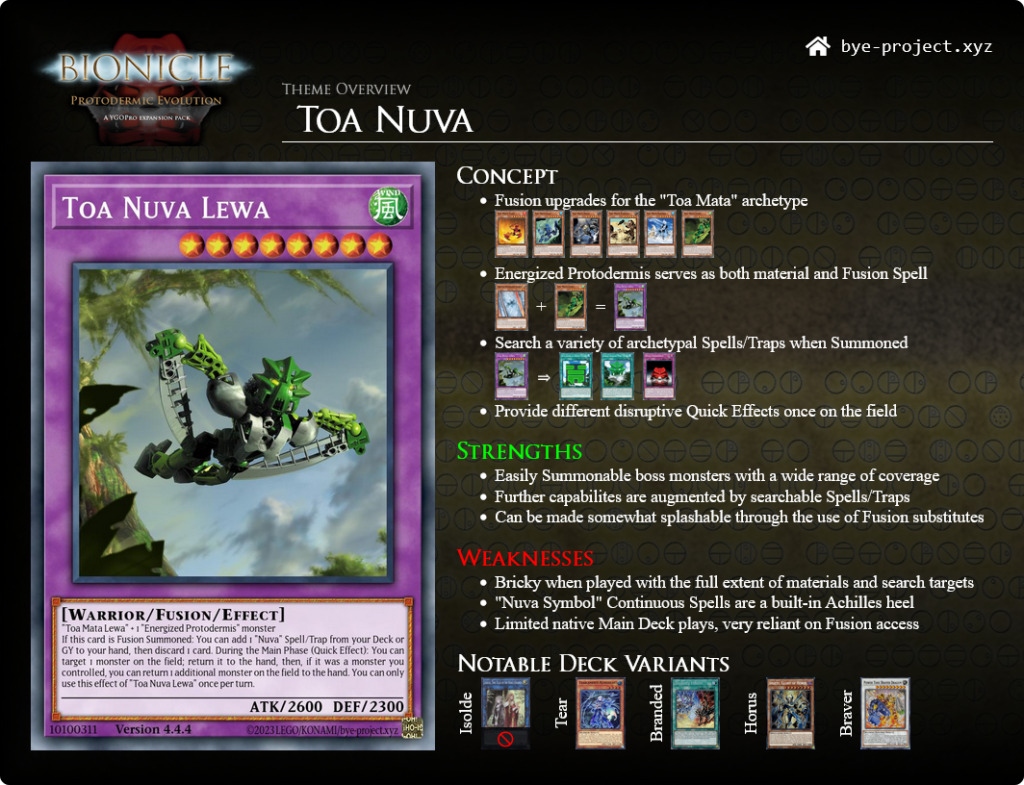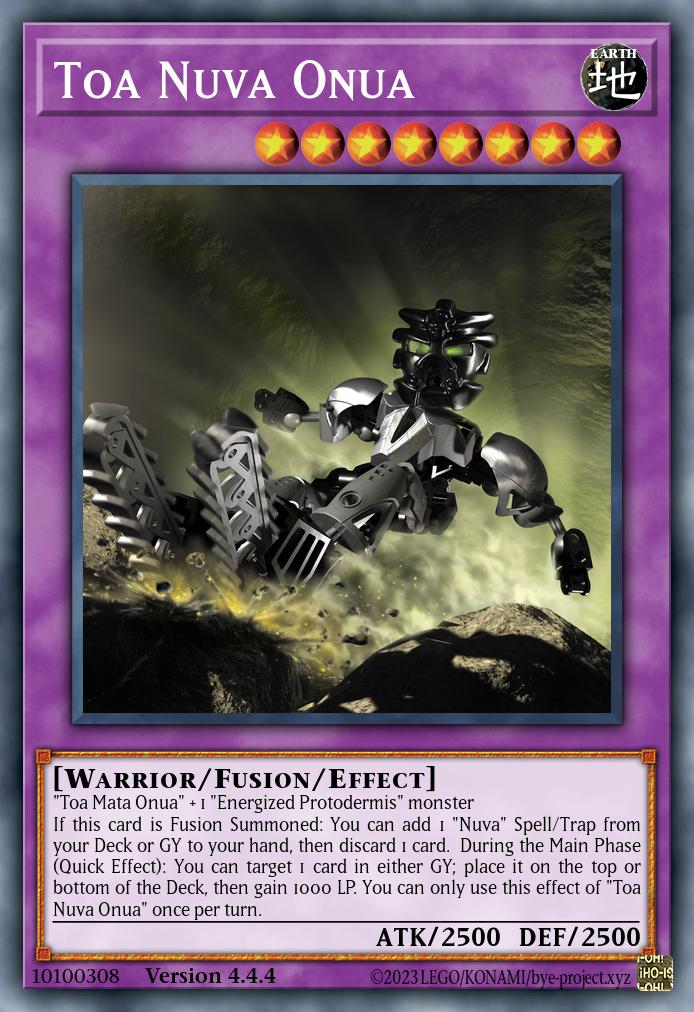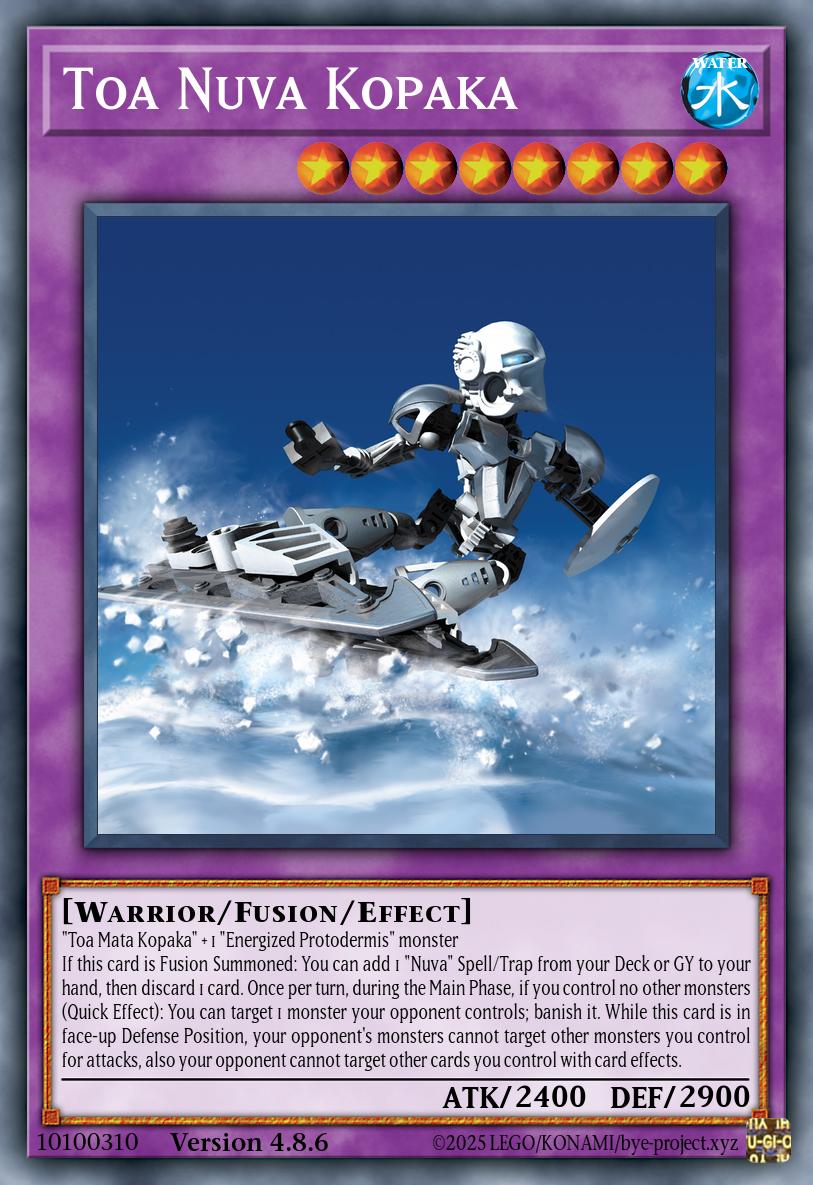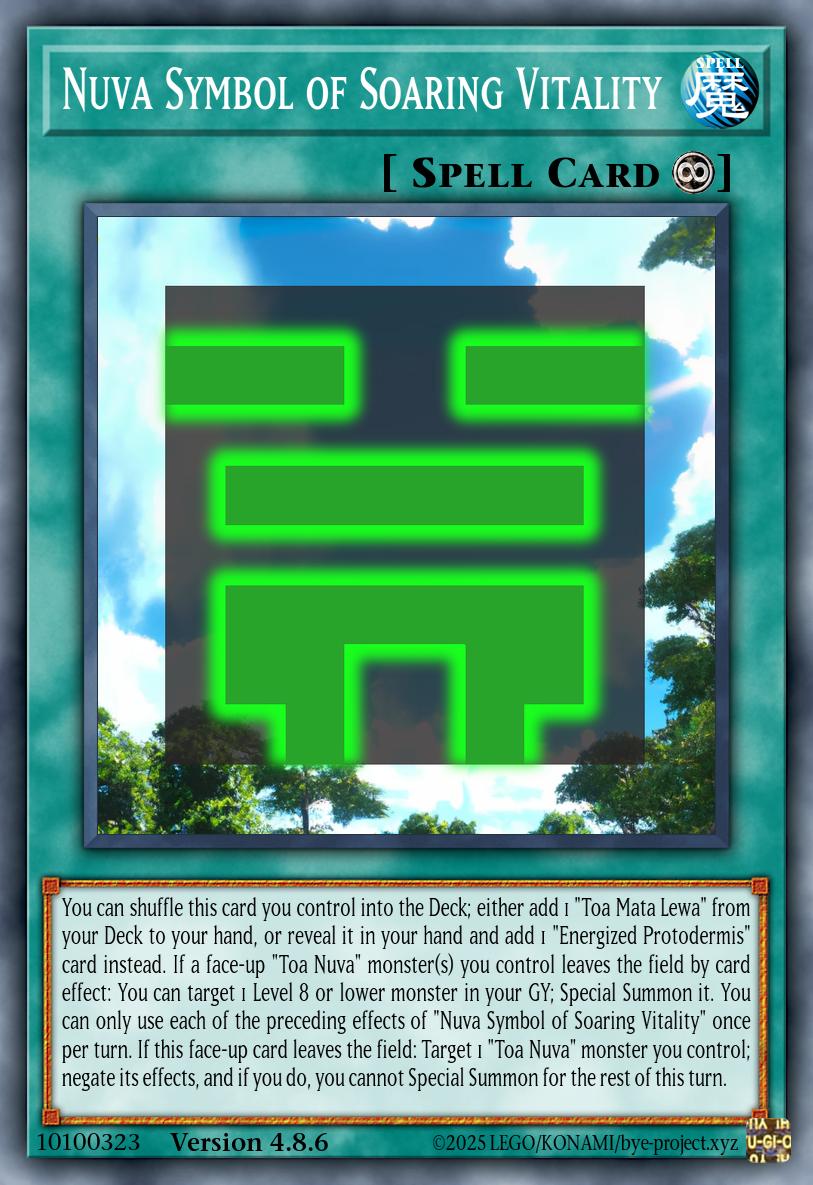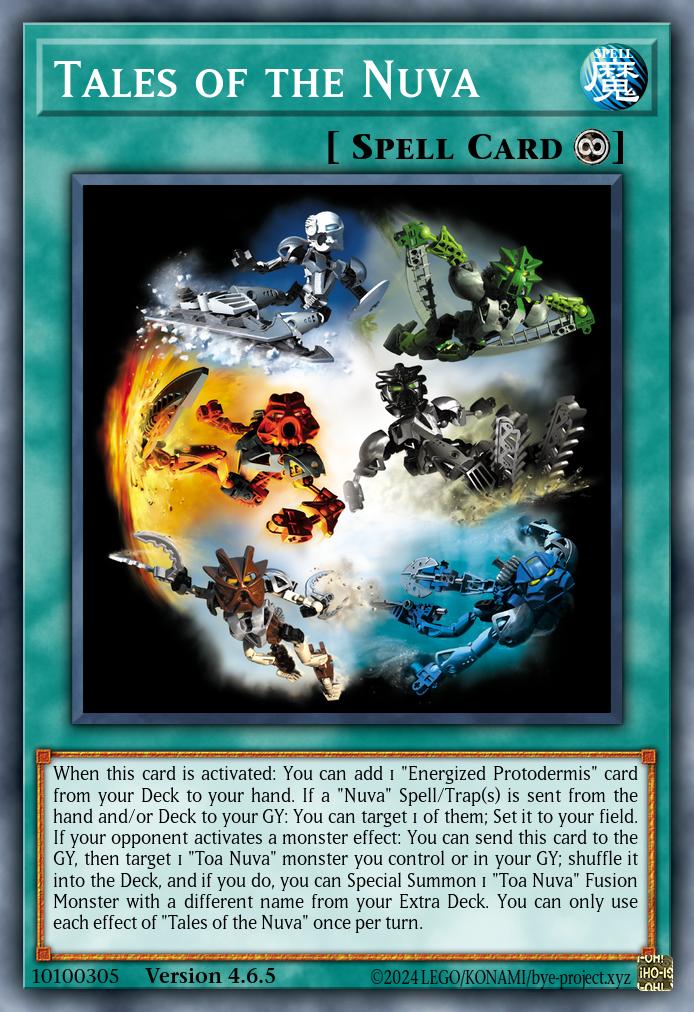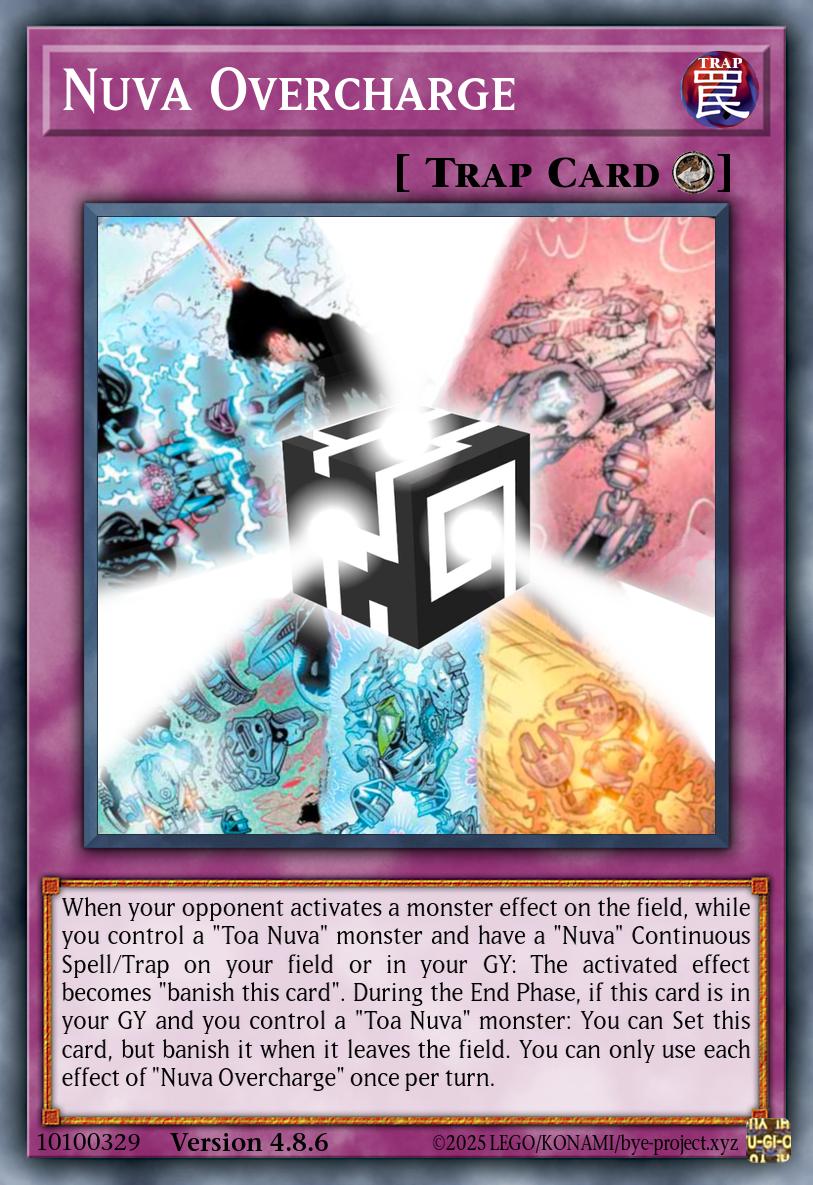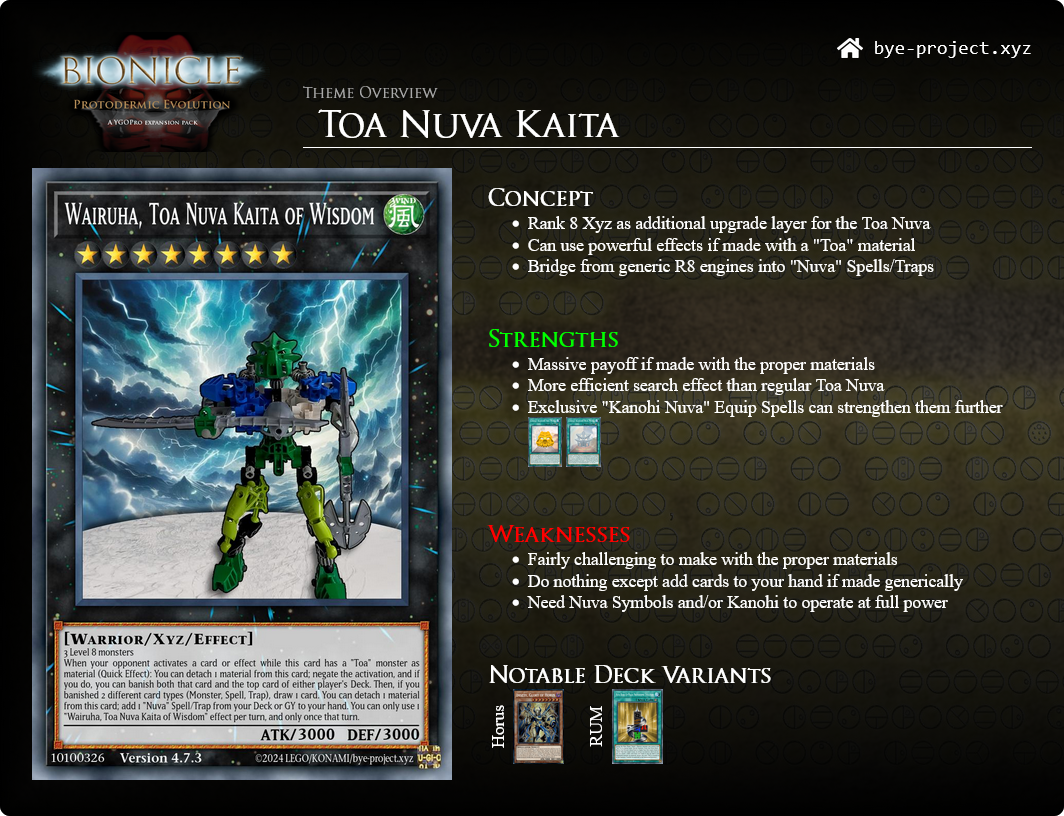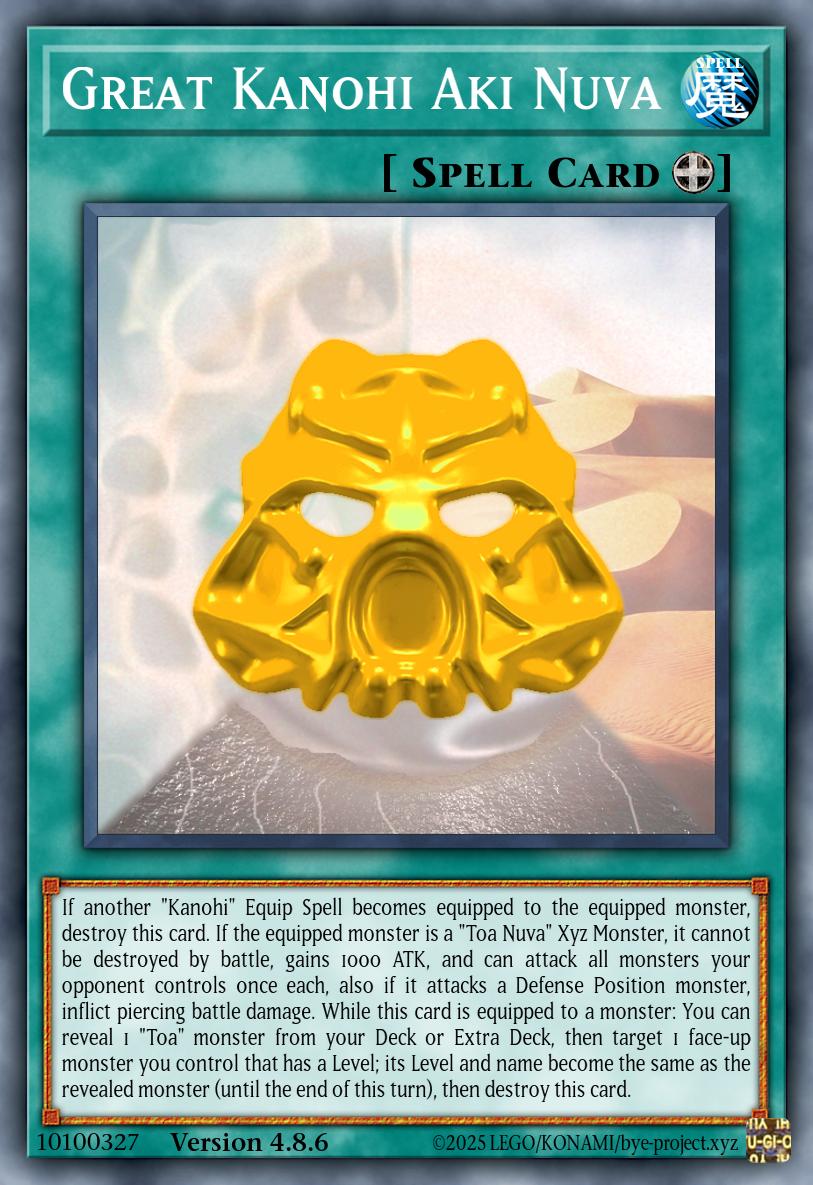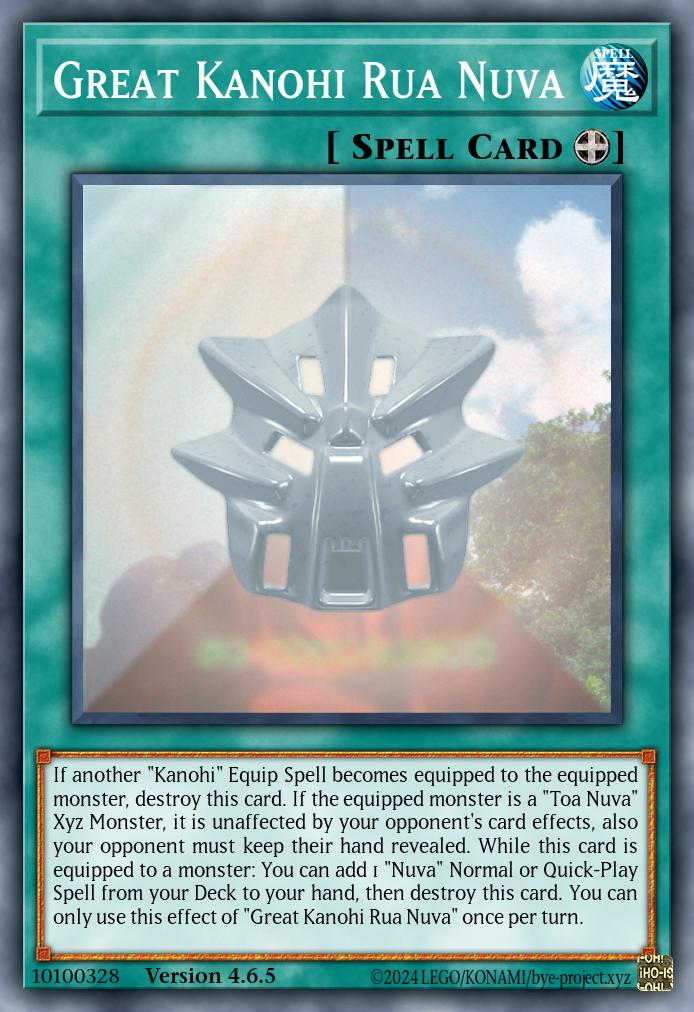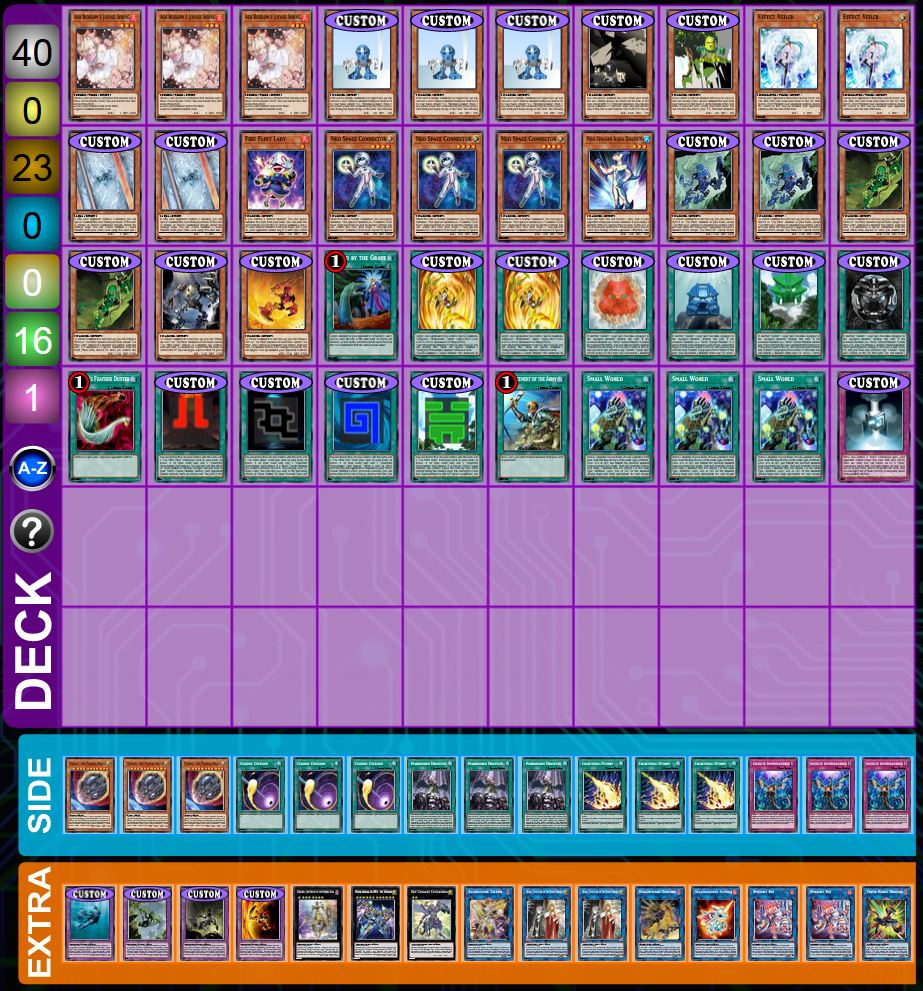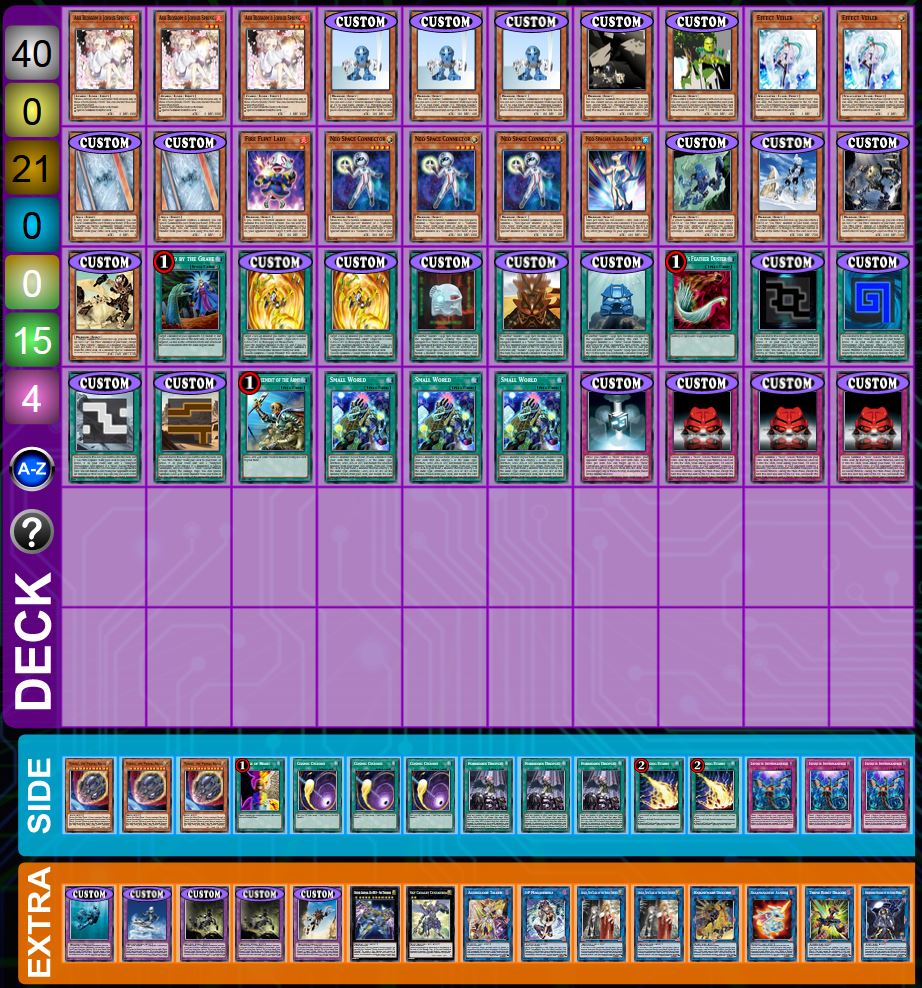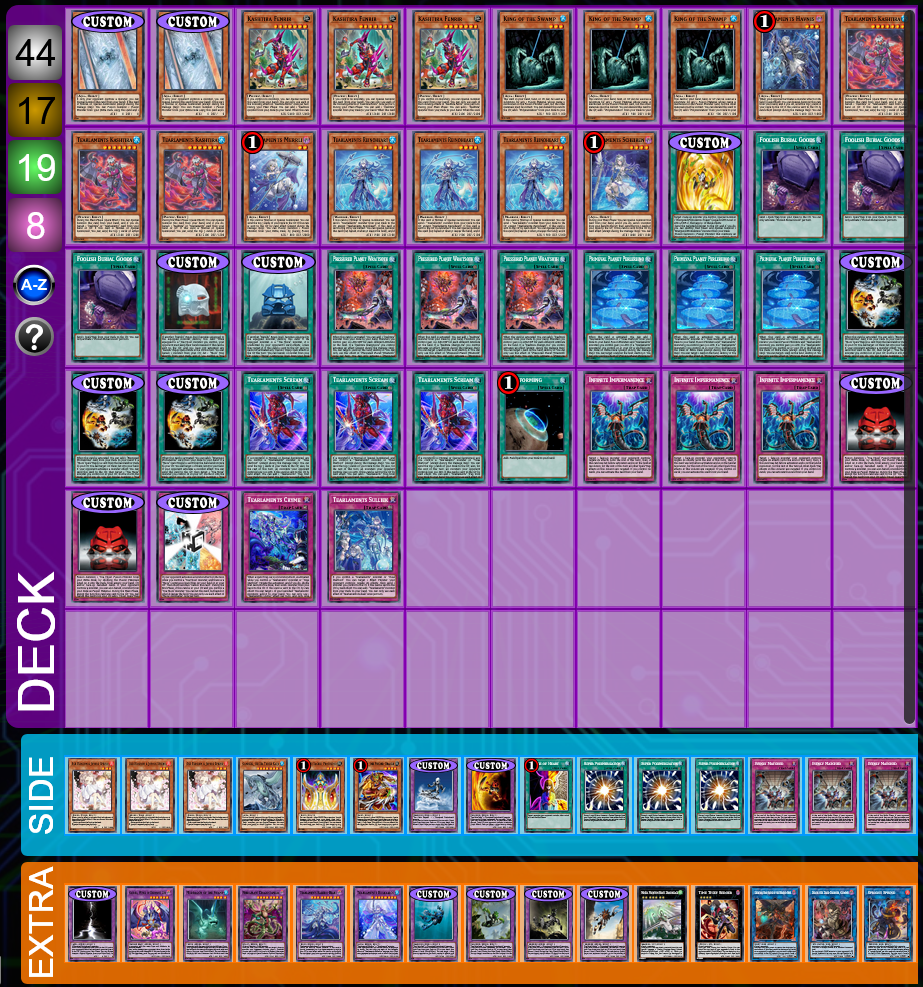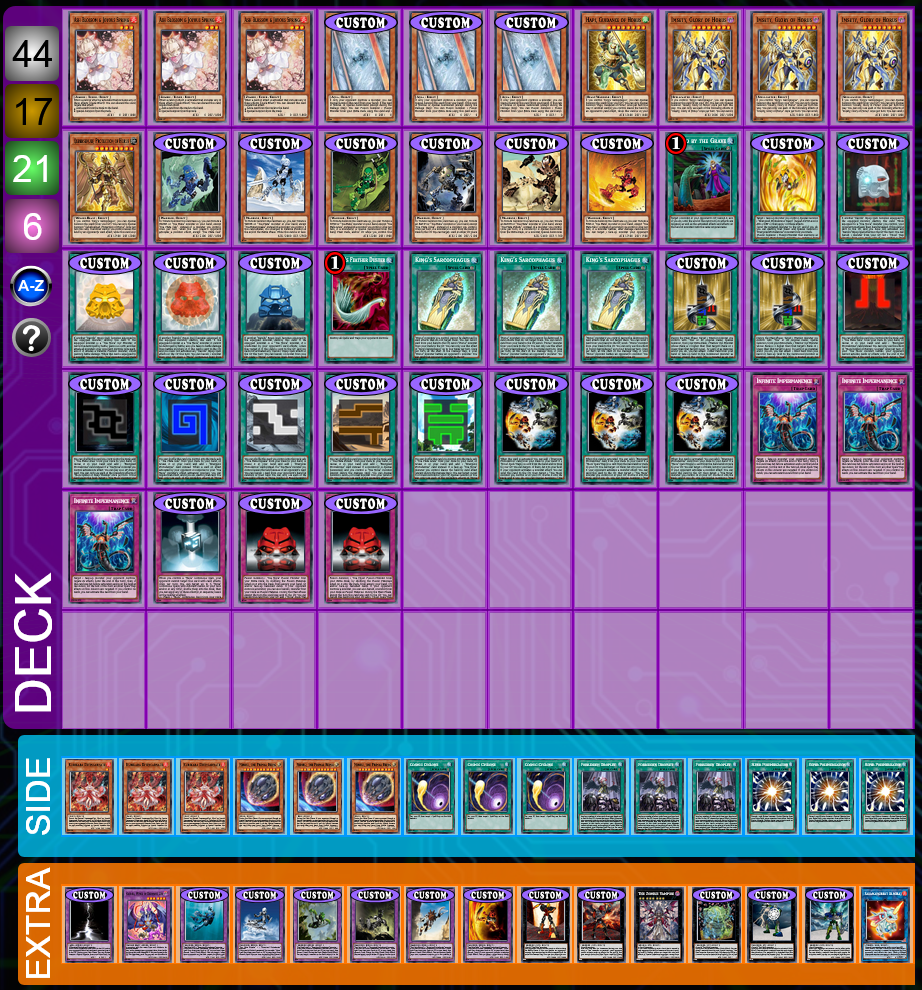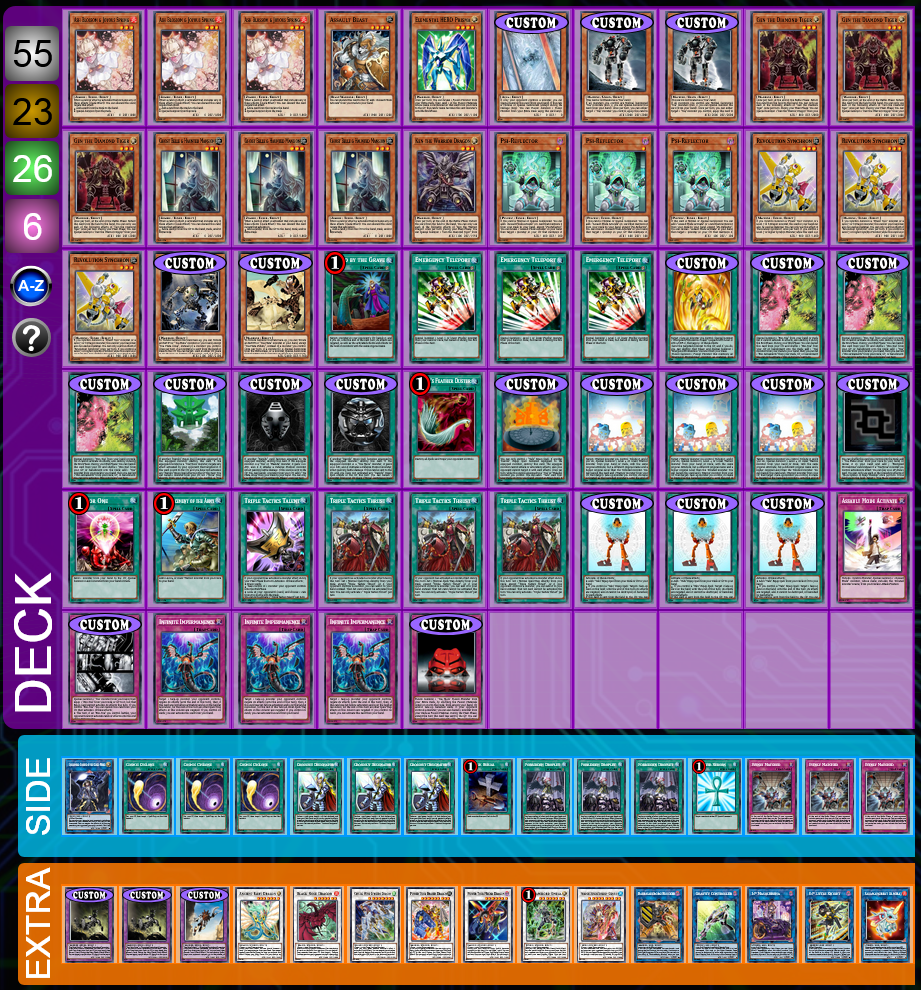Across the land and in the skies, guided by the light.
Install via EDOPro Configuration
This batch introduces the core of the “Avohkii” archetype, beyond just their barest engine that was included in the earlier preview. Though to be accurate, most of the cards here are actually unrelated by name and connected only through the fact that they mention “Great Kanohi Avohkii” (a card that still does not exist). I promise this makes total sense and there’s a perfectly logical reason behind it, read on to find out.
New Cards
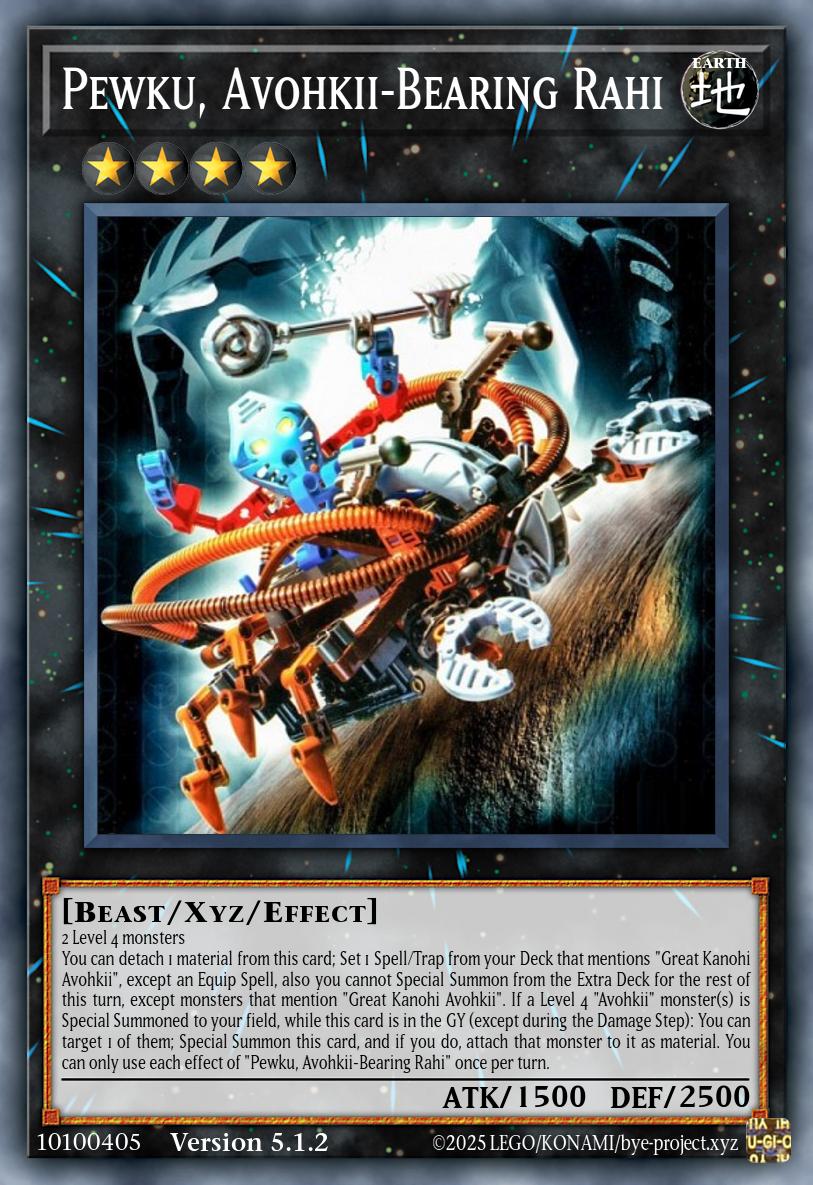
Pewku, Avohkii-Bearing Rahi
Xyz Effect MonsterRank 4 | EARTH Beast | ATK 1500 / DEF 25002 Level 4 monsters
You can detach 1 material from this card; Set 1 Spell/Trap from your Deck that mentions “Great Kanohi Avohkii”, except an Equip Spell, also you cannot Special Summon from the Extra Deck for the rest of this turn, except monsters that mention “Great Kanohi Avohkii”. If a Level 4 “Avohkii” monster(s) is Special Summoned to your field, while this card is in the GY (except during the Damage Step): You can target 1 of them; Special Summon this card, and if you do, attach that monster to it as material. You can only use each effect of “Pewku, Avohkii-Bearing Rahi” once per turn.
First on the list is Takua’s trusty companion Ussal crab, Pewku. Who does, in fact, have “Avohkii” in the name – because she’s a proper member of the party searching for the Toa of Light, carrying our heroes all over the island wherever the mask may lead them. This is also reflected in the first effect letting you fetch the many Spells and Traps that represent events along the journey, which could act as a gateway into the whole Avohkii package since this is a generic Rank 4. The missing ingredient for that is a target that actually works as a starter, but there might just be one planned, so this search already comes with an Extra Deck lock just to make sure Ryzeal doesn’t actually become the most optimal way to play Avohkii. A lot of time was spent debating myself on whether or not that is really needed, but in the end it stuck mostly because the combo lines you can do to dance around this lock ended up being kind of neat.
One possible enabler for said lines is Pewku’s own second effect, which brings her back from the GY by jumping on top of a Jaller or Takua you just put on the field – so you can get a nearly free Pewku with material after you’ve already done other things, and also easily get yourself even more backrow on the following turns.
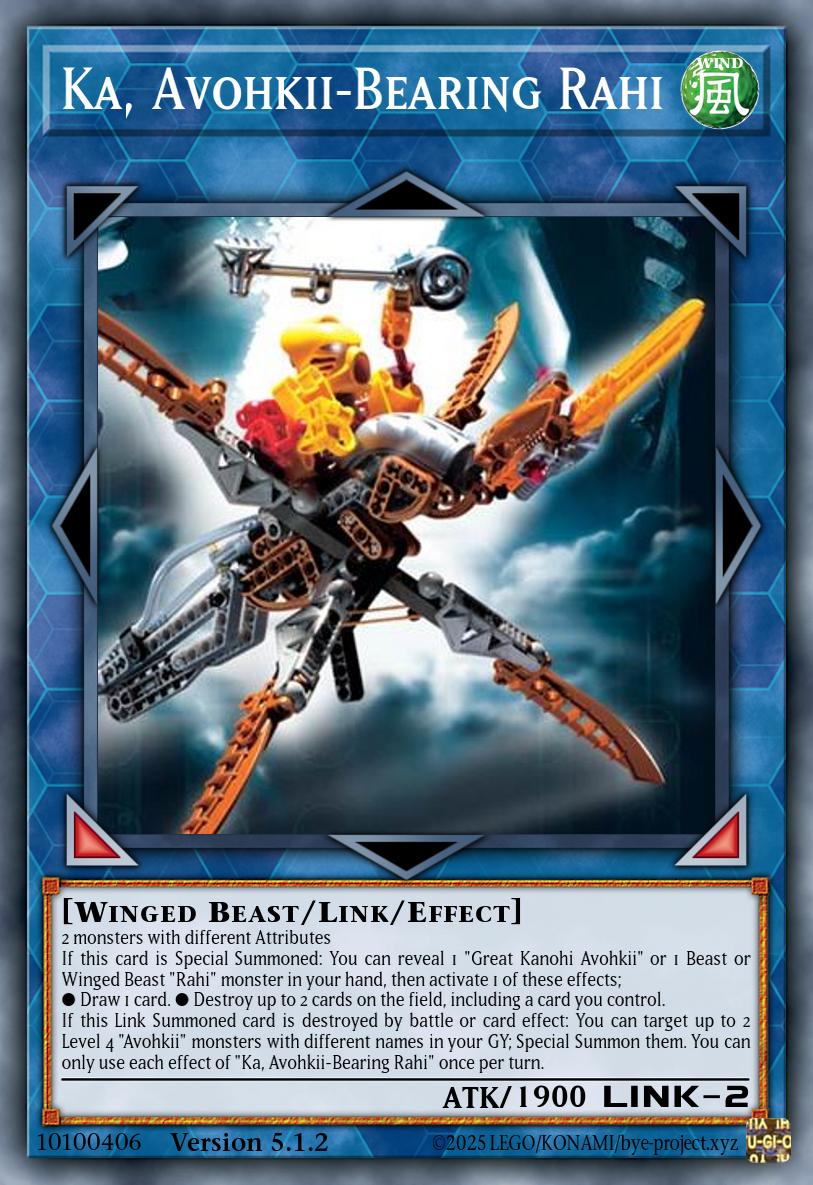
Ka, Avohkii-Bearing Rahi
Link Effect MonsterLink-2 [↙ ↘] | WIND Winged Beast | ATK 19002 monsters with different Attributes
If this card is Special Summoned: You can reveal 1 “Great Kanohi Avohkii” or 1 Beast or Winged Beast “Rahi” monster in your hand, then activate 1 of these effects;
● Draw 1 card. ● Destroy up to 2 cards on the field, including a card you control.
If this Link Summoned card is destroyed by battle or card effect: You can target up to 2 Level 4 “Avohkii” monsters with different names in your GY; Special Summon them. You can only use each effect of “Ka, Avohkii-Bearing Rahi” once per turn.
Our next, more short-term, party member is the Gukko bird Ka, who is in the movie for exactly 57 seconds to air-fly the guys out of Le-Wahi and then crash in Ko-Wahi. Which isn’t a lot, but does help the Avohkii make meaningful progress towards its destination, so we award it the rank of an actual archetype member. The other archetype it belongs to (as does Pewku) are the Rahi, and since the bird actually does hang out in the jungle with the rest of the wild beasts, its first effect works by revealing either the Avohkii or a (correctly Typed) Rahi monster – either to draw a card (flying high) or to destroy up to 2 cards including one of yours (crashing down).
Rahi, being a Pendulum archetype, of course appreciate having a generic Link-2 with down-pointing arrows that gets them a draw or non-targeting removal, but the full power of this card shines in the Avohkii deck, where its second effect lets it float straight back into Jaller and Takua, making it basically free. In fact, this effect will even let you trigger Pewku in the GY to get that back as well – I think you can see how the interesting combo lines come together here.
Perhaps worth pointing out about that second bullet point: The way it’s worded means you are perfectly allowed to destroy just 1 card on your own field, including Ka itself, so if all else fails you always have that option to trigger the floating effect.

Graalok, Ash Bear Rahi
Effect MonsterLevel 7 | WIND Beast | ATK 2600 / DEF 1800During the Main Phase, if this card is in your hand or GY (Quick Effect): You can either Tribute 1 Beast or Winged Beast “Rahi” Pendulum Monster from your hand or field, or reveal 1 “Great Kanohi Avohkii” in your hand, then target 1 face-up card on the field; destroy it, and if you do, Special Summon this card to its controller’s field, but if you Special Summoned it from your GY, place it on the bottom of the Deck when it leaves the field. You can only use this effect of “Graalok, Ash Bear Rahi” once per turn. At the end of the Damage Step, if this card battled: Return it to the hand.
Thankfully we also have other options, such as Graalok, the Ash Bear that almost mauls Jaller’s and Takua’s masks off on their way through the jungle. This is clearly not party member behavior, but is something that happens to them, making this monster a non-“Avohkii” card that nevertheless mentions “Great Kanohi Avohkii”, searchable by both Jaller and the Sealed Avohkii . By the way, if that “regular art” doesn’t look familiar, that’s because I (digitally) built it to have some non-movie representation of an Ash Bear. Might try to improve the look in future updates if I get my hands on the parts.
What it does is mostly one long effect, but with multiple options and applications. You can activate it from your hand or GY during any Main Phase, so it’s one of them shiny new-fangled turn 0 plays if you can meet the condition of either revealing the Avohkii in your hand or tributing a (properly Typed) Rahi from your hand or field (the latter is more expensive because it’s much easier to draw into in a Rahi deck, and tributing a Rahi from hand so it goes to the GY can actually lead into further plays). That lets you target a face-up card on either field, destroy it, and Special Summon Graalok to that same field. Some examples of how this can be used:
- Your opponent activates a Continuous Spell on turn 1, you reveal an Avohkii to blow it up and give them Graalok instead, disrupting what they actually wanted to do.
- Your opponent flips a floodgate, you get rid of it by chaining Graalok so you’re free to play the game.
- You activate a Normal Spell during your Main Phase, then immediately target it with Graalok to get a free 2600 ATK monster on top of what you were already doing.
- Mid-Avohkii combo, you use Graalok to blow up Ka, triggering the floating effect and handing you a board of not just two, but even three monsters.
And so on. Additional limitations to keep in mind are that using Graalok from the GY will make it go back to the Deck once it leaves the field, so you can’t keep doing it over and over, and that battling with it makes it return to the hand (or Deck, if that condition is applying).
This card is one case where the ATK/DEF values were actually somewhat carefully considered. 2600 ATK is just big enough to clear the “protagonist stat” of 2500 and matches Lewa Nuva (who comes to the rescue in the movie), while exactly 1800 DEF allows you to attack a Defense Position Graalok on your opponent’s field with Jaller to trigger the bounce and get it back to your hand (also much like what happens in the movie). Incidentally, these numbers on a Level 7 Beast are baboon stats, which is … not the right animal, but we are defending the forest here, so it works if you squint.

A Seventh Star
Continuous SpellWhen this card is activated: You can target 1 “Avohkii” card in your GY or banishment; add it to your hand. Each time a monster(s) that mentions “Great Kanohi Avohkii” is Normal or Special Summoned, place counters on this card equal to how many of the following apply to at least 1 of those monsters.
●Warrior ●LIGHT ●Level 7 or higher ●cannot be Normal Summoned/Set
During the End Phase: You can send this card with 7 or more counters to the GY; draw until you have 7 total cards in your hand and field. You can only activate 1 “A Seventh Star” per turn.
Anyway, on to the Spell/Trap lineup, so Pewku actually has some targets. First, here’s A Seventh Star, or as I’ve recently taken to calling it, ASS. This Continuous Spell celestially foretells the coming of the Seventh Toa, first by adding a proper “Avohkii” card back to your hand on activation to either restart or extend your combo, and then by gathering counters as you go through various Avohkii-related monsters. The number of counters gained for each monster (or group of monsters) depends on how close it is to being a Level 7 or higher LIGHT Warrior that cannot be Normal Summoned or Set. What an odd assortment of conditions. I wonder who that’s for.
Anyway, the ultimate payoff for this is that if you get to 7 counters (which is consistently possible through the currently available combo lines), you get to draw to 7 in the End Phase – counting cards on the field as well, so it’s usually not as huge as it may sound. A pure Avohkii combo from a 5-card hand will draw 1-2, and if mixed with other engines that generate advantage, you can very well find yourself in the first-world problem position of ending on too many cards to draw at all. Where this card truly shines is if you have to trade advantage to counter an opponent’s disruption while performing your combo, or if you manage to stick it in a low-resource grind game. In situations like that, I’ve seen it draw up to 4 in testing, which puts you in a position from which it’s pretty hard to lose.
Yes, this card is searchable by Seventh Ascension. It’s probably not the most useful target in the Decks where that is played.
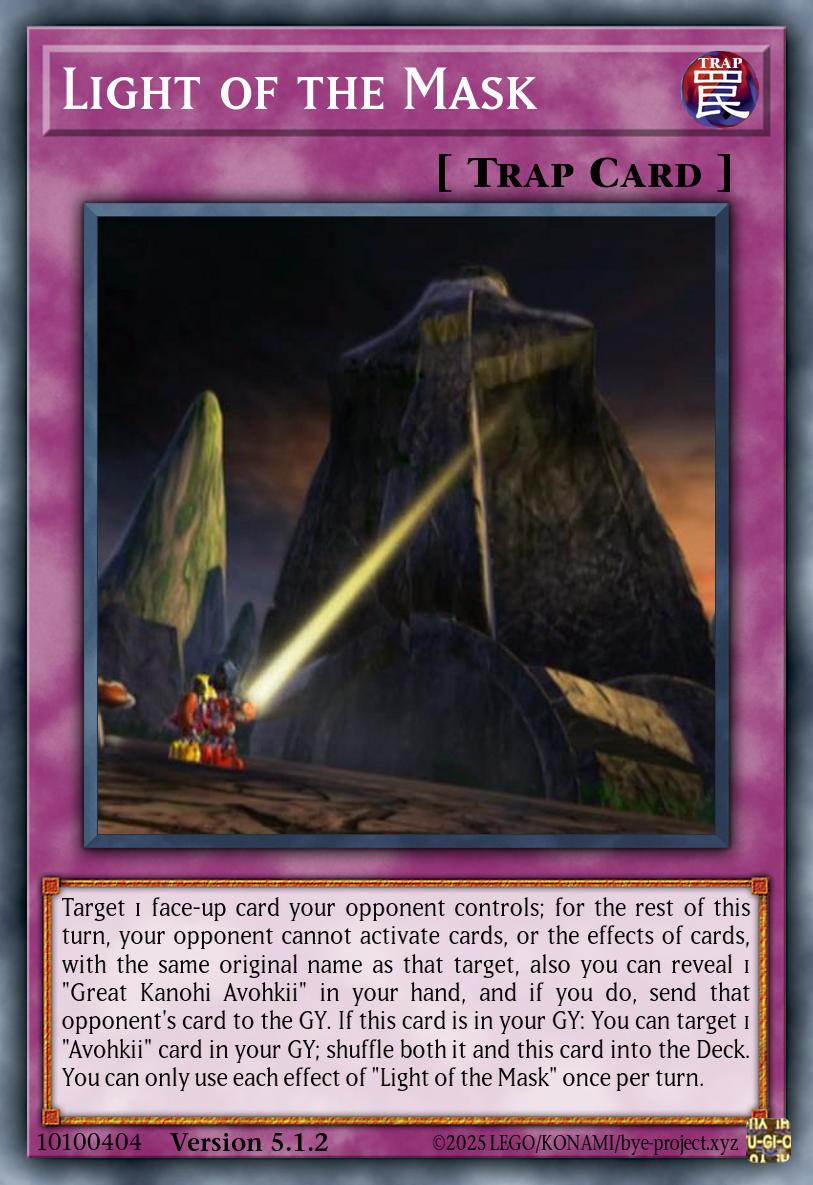
Light of the Mask
TrapTarget 1 face-up card your opponent controls; for the rest of this turn, your opponent cannot activate cards, or the effects of cards, with the same original name as that target, also you can reveal 1 “Great Kanohi Avohkii” in your hand, and if you do, send that opponent’s card to the GY. If this card is in your GY: You can target 1 “Avohkii” card in your GY; shuffle both it and this card into the Deck. You can only use each effect of “Light of the Mask” once per turn.
Our first Trap is Light of the Mask, which lets you shine a guiding light on an opponent’s card to indicate they won’t be using that, or anything with its name, this turn. Oh wait, you shook the Avohkii too hard while revealing it in your hand and it shot out a fricken lazor that sent the target straight to the GY as well. Oops. Well, maybe it can still make use of some kind of GY effect … except it can’t, because it’s locked! Ha!
So basically, this is disruption in the form of floating-proof targeted removal if you have an Avohkii to reveal in hand, and if you draw it without a way into a proper setup (or generically, in any deck) it can still stop some select things your opponent may do, if they require putting a card on the field before activating its effect. In the GY, this card can also recycle itself and another “Avohkii” card (that is, the monsters except Graalok, or the Equip Spell), which keeps your resources in rotation, ensures you always have something to set with a revived Pewku, and can potentially dodge something like Called by the Grave since it’s inherently a Quick Effect due to being on a Trap Card.

Washed and Chilled
Trap(This card is always treated as a “Nuva” card.)
If you control a face-up monster: Banish all face-up monsters on the field until the End Phase, then you can discard 1 WATER monster or reveal 1 “Great Kanohi Avohkii” in your hand, and if you do, Special Summon 1 of your banished monsters. You can only activate 1 “Washed and Chilled” per turn.
Finally, Washed and Chilled provides a second option for the backrow. It works in a similar way to Light of the Mask, with a generic effect that can be upgraded by revealing the Avohkii during resolution, but aims for a potentially much higher impact by just banishing all face-up monsters on the field at once, for a limited time. The counterbalance to this massive disruption is that it only works if you yourself have face-up monsters to banish, but getting to the bonus part of the effect does at least let you summon 1 of them back right away – which can itself be an advantage by e.g. triggering Ka again. The main idea here is that firing this at a reasonable time will ensure you live to your next turn, where you can then strike back with the strong recovery features of the Avohkii cards.
Two curious points I haven’t touched on: It’s always treated as a “Nuva” card, and you can also get the bonus by discarding a WATER monster. Both of those reflect the fact that this card is based on an attack (and “cool” one-liner) by Kopaka Nuva , so you can integrate it into a Toa Nuva deck as well. It has especially high synergy with Kopaka, because summoning him back to an otherwise empty field will let him use his effect to banish, even a second time on the same turn due to being a soft OPT. I was specifically considering making use of this in the “Kopaka’s Bad Day” deck, but didn’t actually try it since there are more motivating ideas than playing a round of floodgate turbo.
Updated
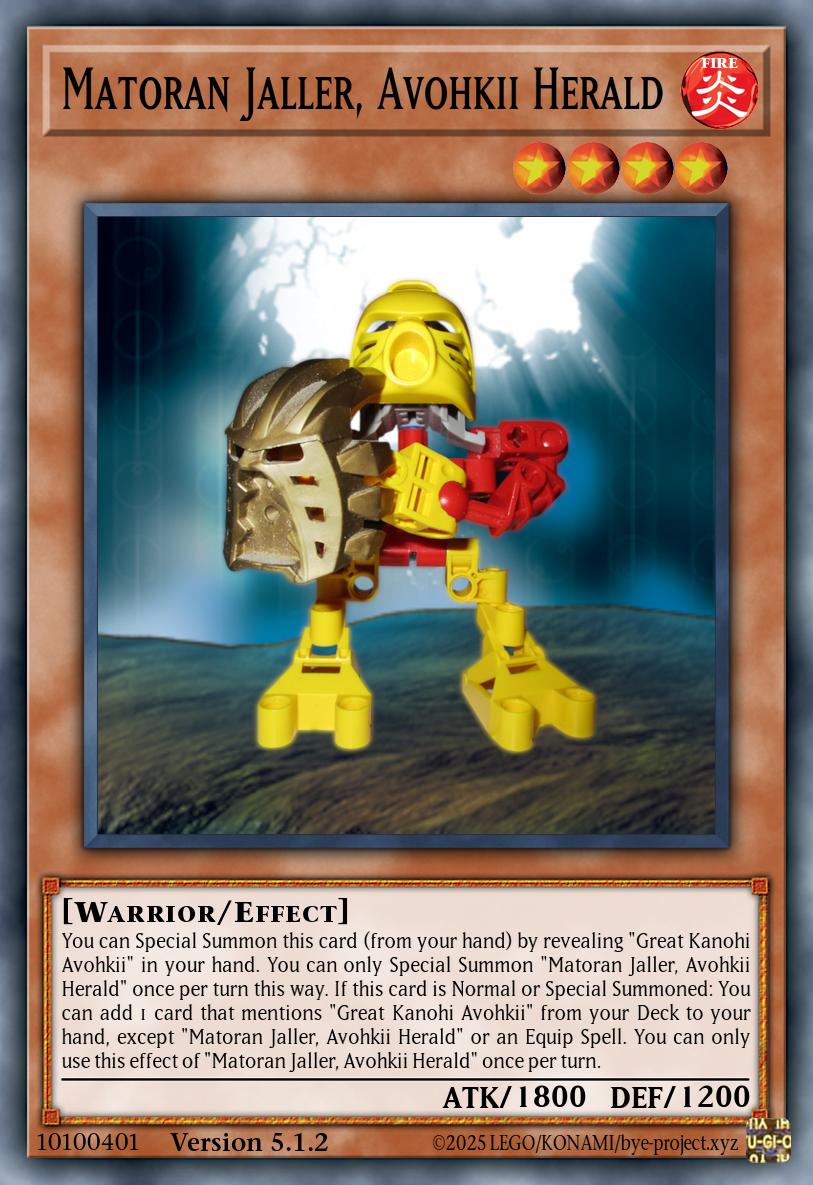
Matoran Jaller, Avohkii Herald
Effect MonsterLevel 4 | FIRE Warrior | ATK 1800 / DEF 1200You can Special Summon this card (from your hand) by revealing “Great Kanohi Avohkii” in your hand. You can only Special Summon “Matoran Jaller, Avohkii Herald” once per turn this way. If this card is Normal or Special Summoned: You can add 1 card that mentions “Great Kanohi Avohkii” from your Deck to your hand, except “Matoran Jaller, Avohkii Herald” or an Equip Spell. You can only use this effect of “Matoran Jaller, Avohkii Herald” once per turn.
Just a small one within the archetype: Jaller now Special Summons himself from the hand as a procedure, i.e., without an activated effect. This was the result of various considerations, including balancing out the value provided by starting with Jaller vs starting with Takua, and opening up the theoretical possibility of a combo line that never triggers the K9 cards. The only reason I hadn’t previously done it was because an activated Summon effect can share its HOPT clause with the other effect, saving words, but whatever, Jaller still had enough room left. Truly the text box is a canvas waiting to be filled with legalese.
Strategy & Deck Options
Seeing how this release doesn’t just add some cards, but actually makes Avohkii properly functional as its own archetype, I should probably elaborate a bit on how it’s played. I mentioned above how the deck can consistently obtain a fully stacked ASS to draw some cards in the End Phase, so here’s a DB replay showing how that works (in a scenario where you have only the bare minimum resources for a nearly-1-card combo). It also demonstrates how that might not be the best thing to go for since you might just end up drawing 0 of your many handtraps, so in practice I prefer using more or less the same combo to search for a Trap and just going the ASS route as a bonus if I happen to have it.
In any case, you can tell these basic lines do not set up much of a board, only some points of disruption with Graalok, maybe a Trap, and whatever else you happen to have in your hand. But their strength lies in being very consistent and resilient in getting to some kind of play, and their ability to rebuild and recover very easily thanks to the Sealed Avohkii that stays in your hand. Combined with a good helping of generic power cards and handtraps, it’s actually pretty effective, and the best part is you get to play out all those Mask of Light scenes as seen here:
Alternatively, you could go off script a little and introduce a character who didn’t originally appear in the movie. A handsome individual who, given his LIGHT Attribute and Level of 6 could very well pass for the legendary Toa of Light, were he not so damn Fiendish. One who, while robbed of his most generic enabler, remains available through the Rank 4 plays that the Avohkii cards can so easily do.
That’s right, baby, the Masksmith is back.
By the power of Evilswarm Exciton Knight, the original Fiendsmith build of this deck still lives, and the best part is it’s now capable of pivoting into Fiendsmith AND back again! The trick to this is making Sequence and keeping it on the field after you Fusion Summon, acquiring a second (non-LIGHT!) monster via either ASS or Graalok, and linking the two into Ka. That Ka then explodes (or draws before being exploded by Graalok, if available) and gets back Jaller and Takua, letting you finish the combo on Pewku for your Trap of choice, long after making all the generic plays that the lock would prevent. It’s pretty effective, possibly the optimal form of Avohkii at this stage.
Other builds to consider include:
- The previously covered Ryzeal-based 4vohkii – it didn’t get a huge buff here since the lock on Pewku makes it hard to use that particular Rank 4 as part of the strategy, but Jaller now being able to search Light of the Mask does give us an extra bit of disruption if we draw the Avohkii cards, and actually makes the recovery aspect work properly even without Gearbreed involved. Theoretically having Ka in the Extra Deck could give you a stealth route into Rank 4 access in some obscure situations, but it’s probably not worth the slot if we’re being honest.
- Beast/Winged Beast Rahi with Graalok and Ka. Being more optimized for the Avohkii side, they don’t exactly represent a huge shift in how the Rahi deck is played, but they do provide both turn 0 plays and some interesting lines you can do without ever Synchro Summoning, which is nice to have I guess. Only tested this a little bit so far, though.
- Kopaka’s Bad Day with Washed and Chilled. I may try this at some point when I feel like it – of course, if you feel like it, feel free to do it ahead of me and report results! Maybe it would even make sense to put the card into a regular Toa Nuva deck …
So much for that. Look forward to the next release, where the quest meets some opposition …

